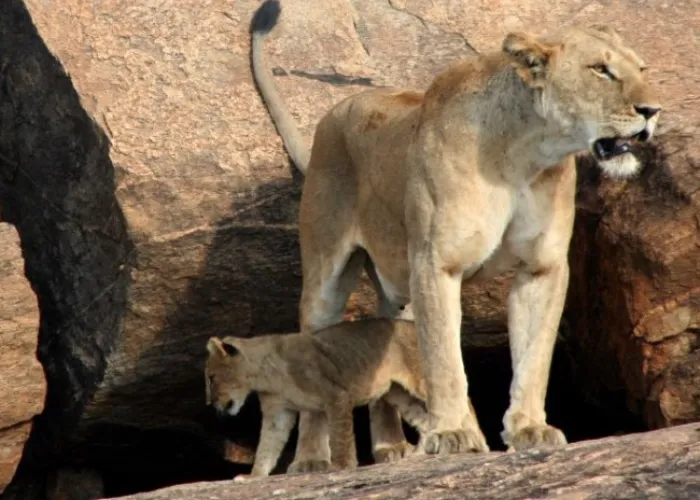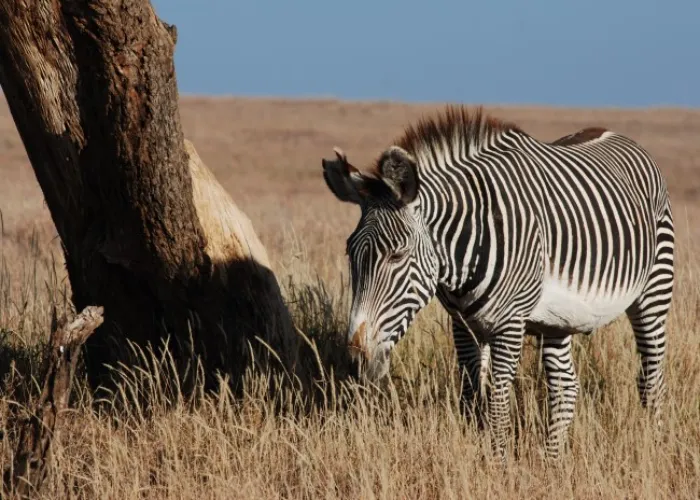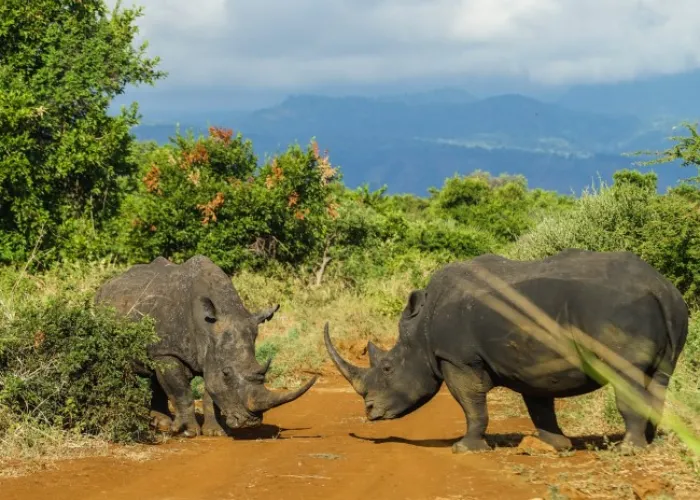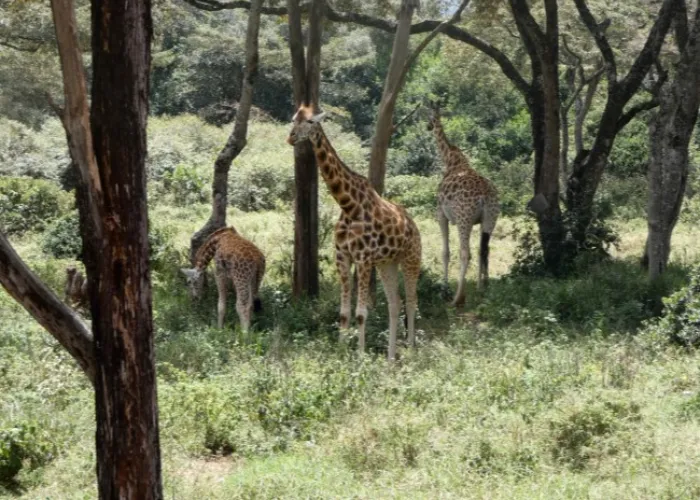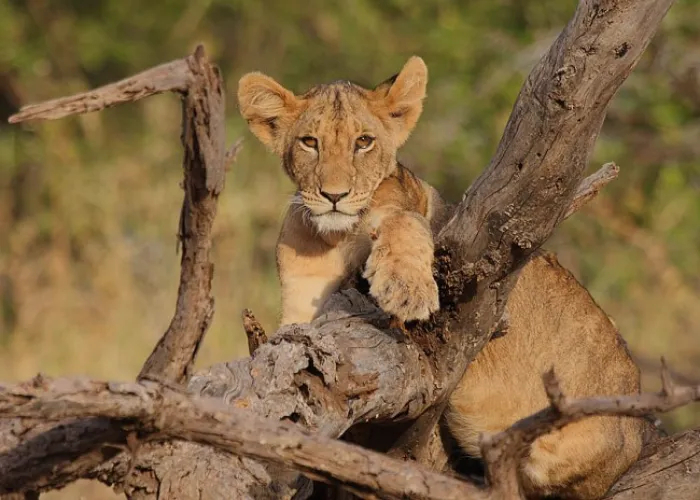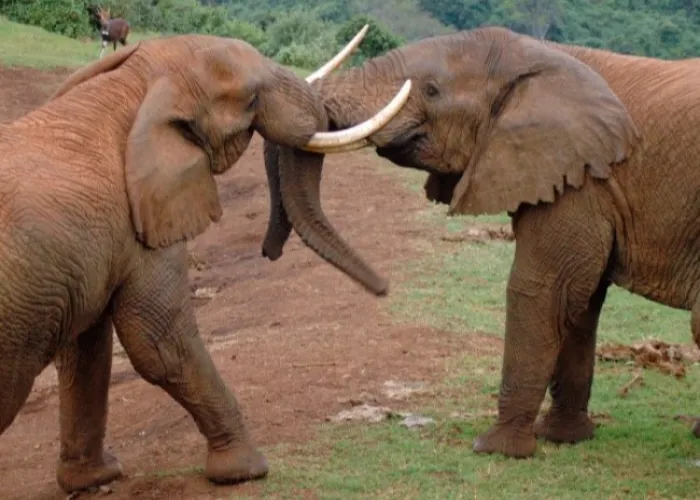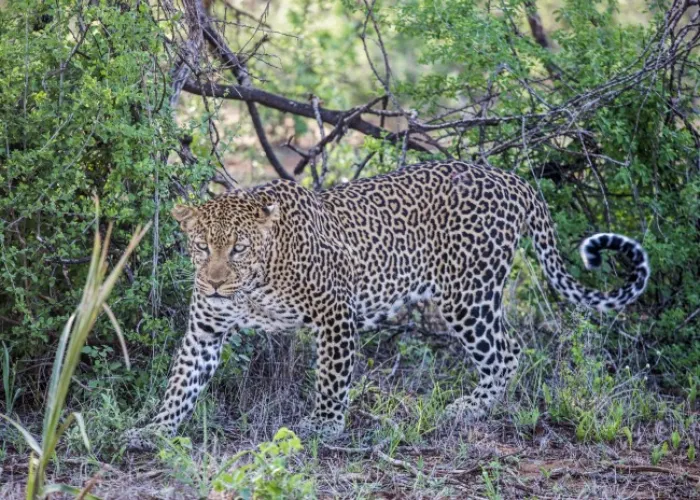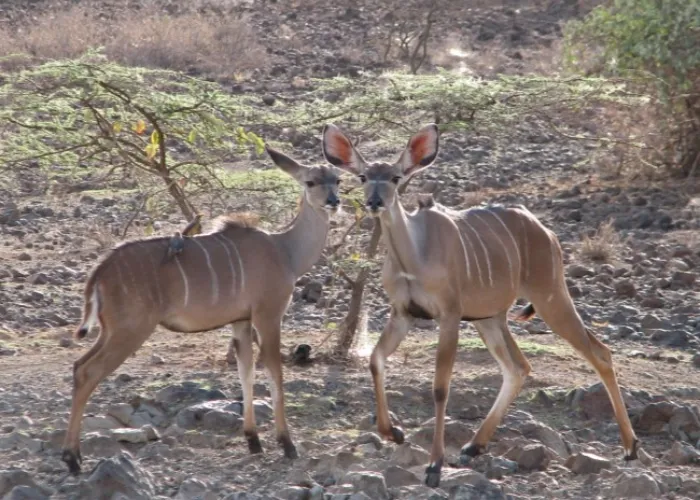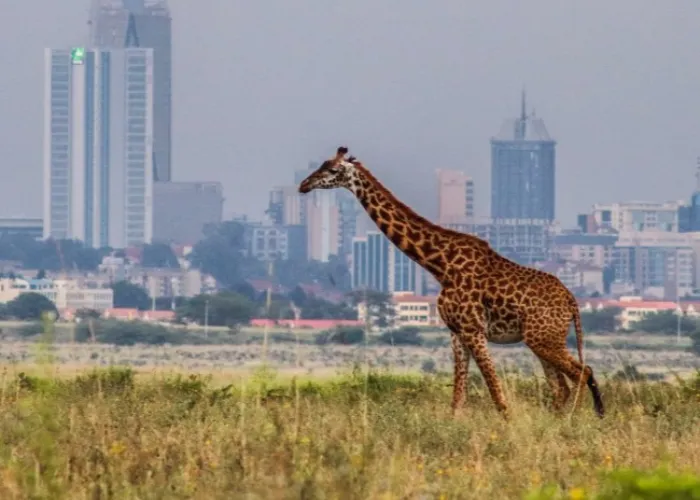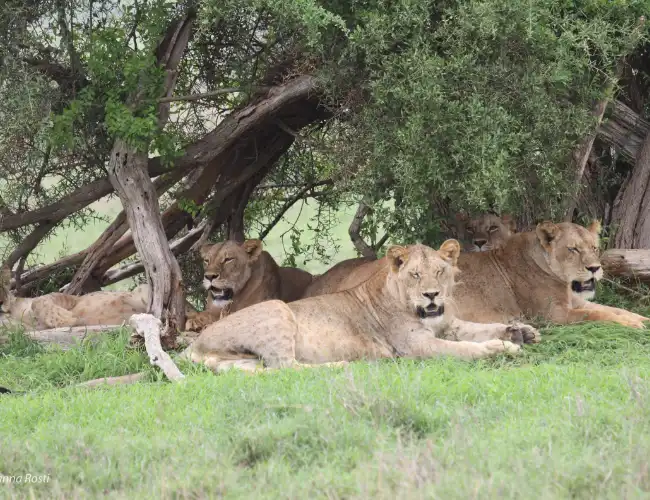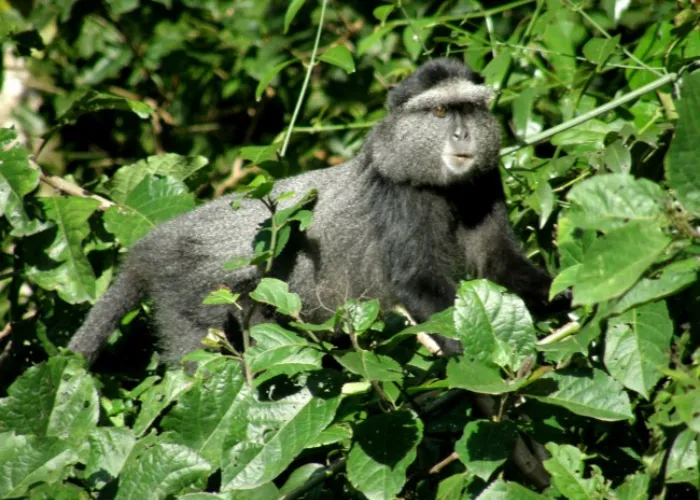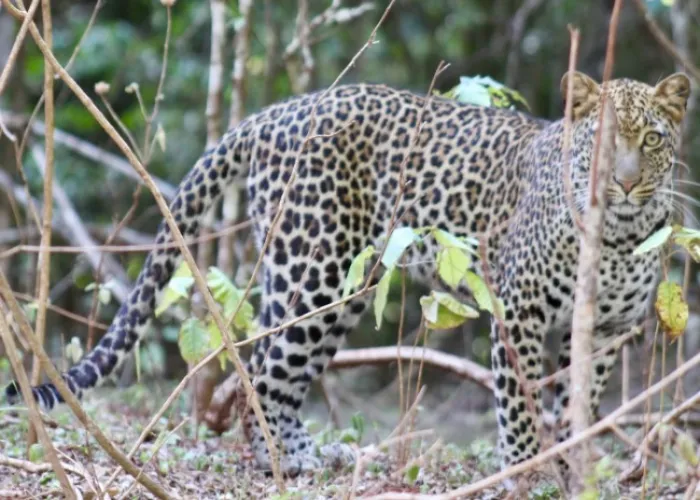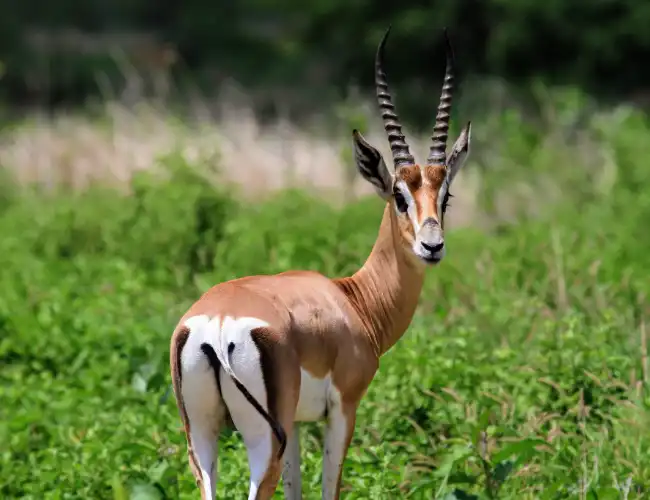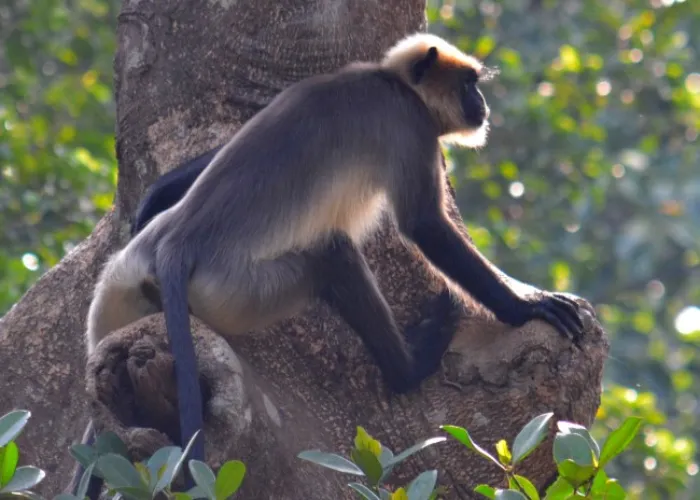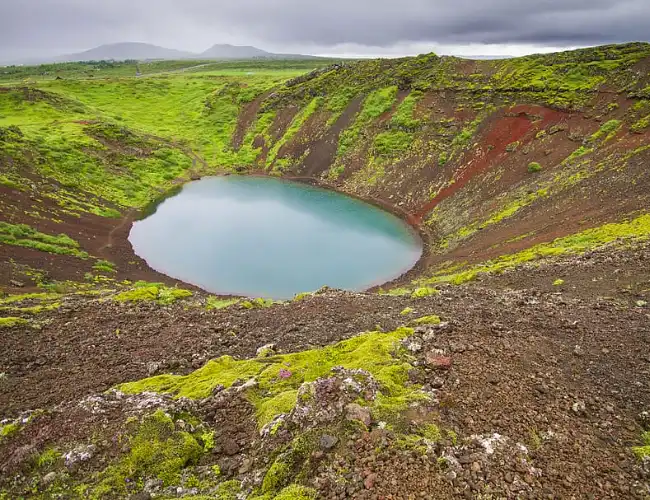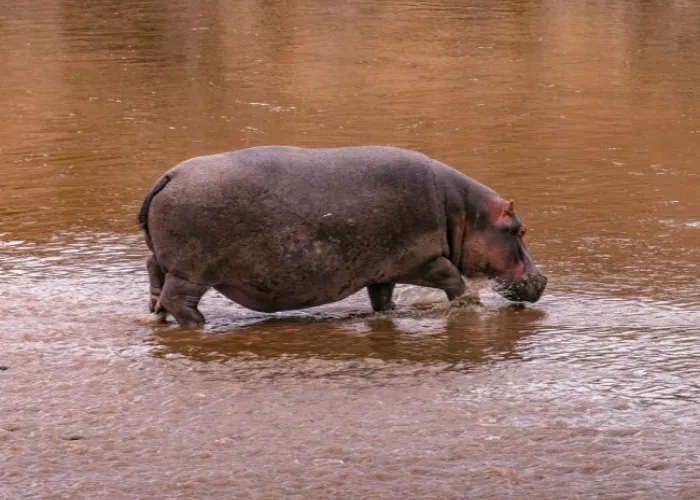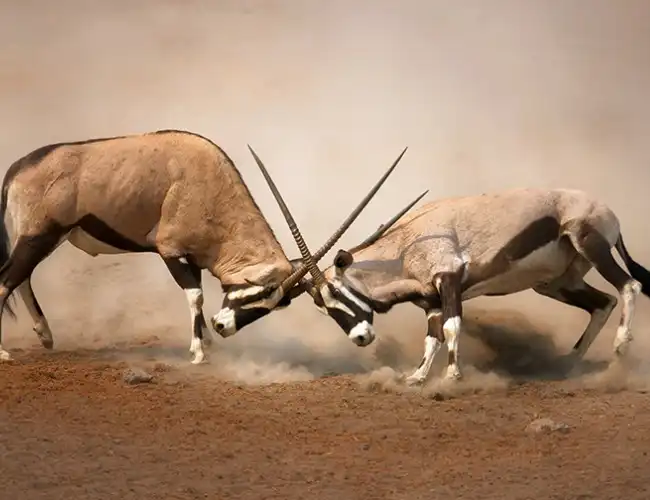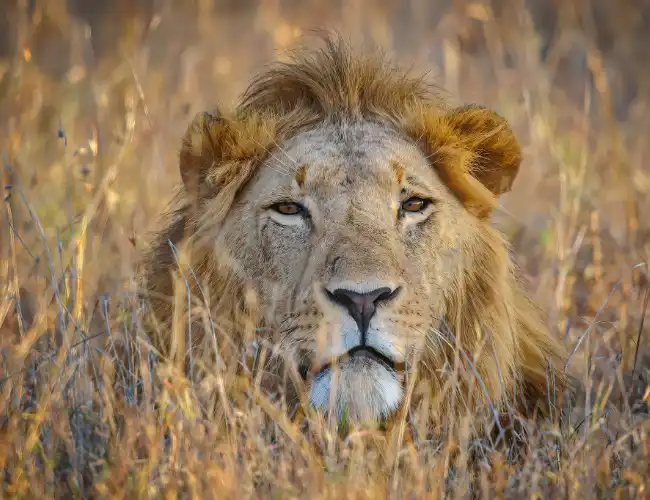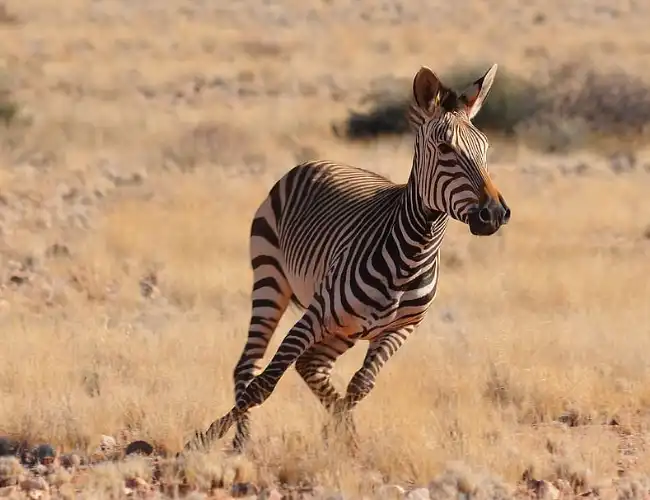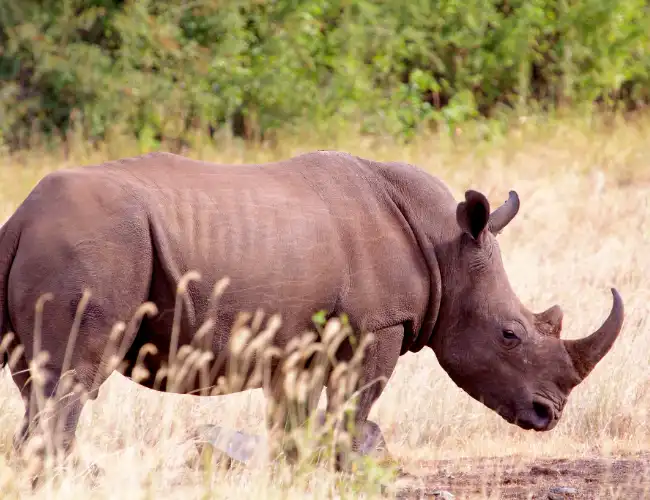Starting from
$600PP
Overview
Kenya has plenty to offer in terms of Safari tourism. The savannah fields of Amboseli, the Maasai Mara and Tsavo are frequently what come into view when one pictures an African safari. Kenya safari packages incorporate one of Kenya's best-adored reserves, the Masai Mara National Reserve, home to Africa's biggest populace of lions and the organizing ground of the incredible migration of wildebeest in July, one of the most terrific regular occasions on the planet.
East and West Tsavo are the most effective available parks from Mombasa, with some excellent cheetah regions in Tsavo East while the Galana riverbank is home to lions and crocs.
To see exotic birds in Kenya, visit Lake Baringo which holds the world record for the number of various bird species found in one day, while the Indian Ocean shore with its 300 miles of flawless white sand coastline, quiet, welcoming waters and excellent coral reefs is the ideal spot to top or tail a safari and appreciate a-list diving and snorkelling.
Kenya is vivaciously proposed as an African safari objective for first-time and all-around journeyed safari participants the equivalent.
Pros & Cons
- Amazing wildlife viewing, including the annual wildebeest migration
- A wide variety of habitats and scenery
- Beautiful coastline with plenty of beach resorts to choose from
- Traditional indigenous cultures
- Excellent service and well-run tourism industry
- Sometimes gets very crowded in particular areas
- Limited options available for walking and boat safaris
- Prices during high season can be sky-high
- Private conservancies are expensive
Popular Locations
Map in Africa
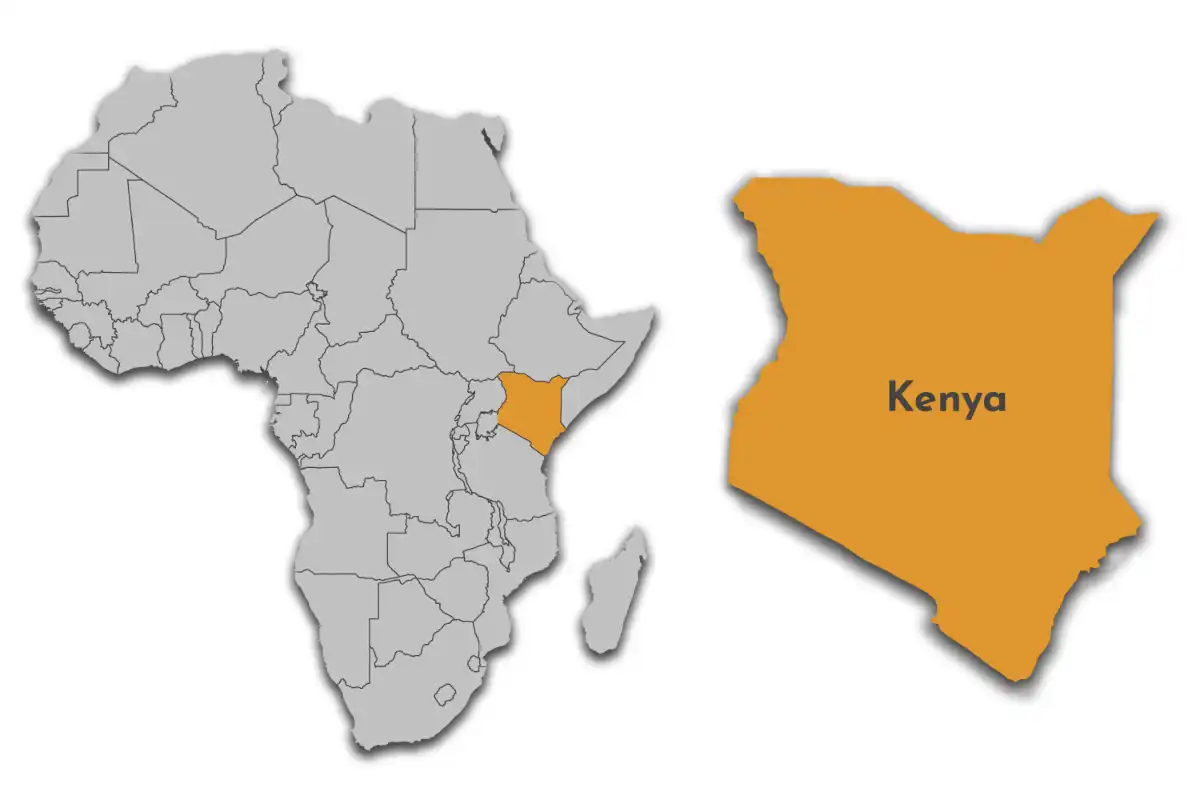
Safari Reviews
Want to Visit Kenya?
Gallery Images
Explore the stunning beauty of Kenya through our curated collection of photographs and videos showcasing its landscapes, wildlife, and culture.
Want to Visit Kenya?
Best Time to Visit – Kenya
The best time to visit Kenya is during the Dry season from June to October when the skimpy vegetation makes it easier to spot wildlife. The wildebeest migration usually reaches the Masai Mara in August and remains until October when they move back to the Serengeti in Tanzania. Wildlife viewing is good year-round, but this can differ for some parks. See below to learn when to visit which park.
June to October (Dry Season)
- Wildlife can be easily spotted around river crossing and waterholes
- Pleasant temperatures between 20-30°C (sunny and no rain)
- July to October is the best time to see the Wildebeest migration
- Clear blue skies and most of the days are sunny
- There are very less mosquitoes because of little rain
- Gets very crowded in popular parks
November to May (Wet Season)
- It's a low season which means lower rates for safari and less crowded parks
- Newborn animals can be seen
- Migratory birds are present in this season hence Bird watching at its best
- Except for March to May, rains are usually just short showers in the afternoon
- The scenery is beautiful and green
- During March to May the rains can be continuous – some lodges and camps close down during part of the Wet season
Best Time to Go to Kenya by Major Park
The Masai Mara offers year-round wildlife viewing, but most of the visitor comes in between July to October. In the peak of the rainy season, most other parks, especially in the highlands and along the coast, can be problematic with regard to heat, humidity and continuous rain. Some of the lodges closed as a result. The dry months offer quality wildlife viewing throughout Kenya.
Want to Visit Kenya?
Wildlife & Animals
Safari excursions in Kenya are notable for their amazing wildlife. The most well-known safari game parks are typically found along the main route between Nairobi and Mombasa. Amboseli, Chyulu Hills, Masai Mara, and Tsavo East and West are located here. The northern game parks of Buffalo Springs, Samburu, and Shaba are also exceptional because they are dry wildernesses where animals congregate to drink at the waters of the Ewaso N'yiro River, attracting sizable herds of elephants, leopards, gerenuk, oryx, and giraffe. The impressive wildlife that one can find in Kenya, including Big cats like the Lion, Leopard, and Cheetah, Elephants, Rhinos, and Giraffes, and that's just the beginning, is most likely the main draw.
Wildlife Highlights
Samburu and Meru in the north are home to some fascinating limited dry-country species. The odd-looking gerenuk is regularly seen standing on its rear legs benefiting from dry bushes. The Grevy's zebra and reticulated giraffe are lovely variations to the more normal species found all through the area. Tsavo is home to the uncommon periphery-eared oryx.
The Great Wildebeest Migration
Those wishing to encounter the great migration of the white-bearded wildebeest can observe this scene directly in the Maasai Mara when the migration passes into southern Kenya from July through late October. More than 2,000,000 herbivores advance north from the Serengeti in Tanzania into Kenya as they follow the yearly downpour designs in their interminable hunt for lusher, greener grass.
Best Time for Wildlife Viewing
Wildlife viewing can be done throughout the year in Kenya, but still, the best time to visit is in the Dry season from June to October. This includes the great wildebeest migration in Masai Mara. The parks are much quieter in the low season, and prices are more competitive as well.
Want to Visit Kenya?
Birds
With over 1100 species recorded, Kenya is one of the best birding destinations in Africa, from the alpine Mt. Kenya and the western lowland forests at Kakamega to soda-encrusted, flamingo-filled Rift Valley lakes. On any birding trip, you can without much of a stretch see a respectable number of endemic and near-endemic species. These birds are targeted specifically because they unexpectedly enter the country or pass by without being noticed. From September to April, immigrants from Europe are available.
Best Time for Wildlife Viewing
Birding can be done throughout the year in Kenya, but the best time to visit is from September to April when migratory birds from Europe and northern Africa are present. At this time, many resident bird species are nesting and breeding plumage. For wildlife viewing, however, the Dry season is better.
Want to Visit Kenya?
Activities
From game drives and walking safaris to cultural encounters and adventure excursions, Kenya offers a wide variety of activities for every type of traveler.
Want to Visit Kenya?
Cuisines
Kenyan dishes are among the best you will ever devour. Ask any Kenyan who lives away and they will tell you how much they miss Kenyan cuisine. Kenya is a country with 42 tribes and almost every community has its own unique dish. The culinary scene varies throughout the country. The fact is you will never taste all of them but make sure you try the following dishes before leaving Kenya so you can judge Kenya’s cuisine. The fact is you will never taste all of them but make sure you try the following dishes before leaving Kenya so you can judge Kenya’s cuisine.
Ugali (Cornmeal), Samaki (Fish), Nyama Choma (Grilled Meat), Kachumbari (Tomato and Onion Salsa), Githeri (Boiled Corn and Beans), Mukimo (No occasion is complete without mukimo), Matoke (Plantain Banana Stew), Omena (Silver Fish), Ingoho (Chicken), Sukumawiki (Kale/Collard Greens), Kenyan Style Stew, Mutura (Kenyan Sausage), Mrenda (Jute Mallow), Wali wa Nazi (Coconut Rice), Makai (Roast Maize) and Chips Mayai (Omelet and French fries).
Culture
Kenya is not a homogeneous country ethnicity-wise. The make-up of Kenyans is primarily that of 13 ethnic groups with an additional 27 smaller groups. The majority of Kenyans belong to ‘Bantu’ tribes such as the Kikuyu, Luhya and Kamba. There are also the ‘Nilotic’ tribes such as the Luo, Kalenjin, Maasai and Turkana. The ‘Hamitic’ people include the Turkana, Rendille and Samburu. Around 13% of the population are of non-African descent, i.e. Indian, Arab and European.
Kenyans are group-orientated rather than individualistic. “Harambee,” (coming from the Bantu word meaning “to pull together”) defines the people’s approach to others in life. The concept is essentially about mutual assistance, mutual effort, mutual responsibility and community self-reliance.
Want to Visit Kenya?
National Parks & Game Reserves
Kenya is home to some of the most spectacular national parks and game reserves in Africa. From vast savannahs to dense forests, each park offers unique landscapes, diverse wildlife, and unforgettable safari experiences. Whether you’re searching for the Big Five or hidden natural wonders, Kenya has something for every safari enthusiast.
Amboseli National Park
Crowned by Mount Kilimanjaro, Africa's highest peak, the Amboseli National Parks is one of Kenya'...
Solio Game Reserve
Solio Ranch or Solio Game Reserve is a privately-owned wildlife conservancy situated in Kenya's C...
Tsavo East National Park
Tsavo National Park is one of the largest national parks on the planet which covers 4% of Kenya. ...
Maasai Mara NR
Masai Mara National Reserve situated in southwest Kenya is an immense scenic spread of delicately...
Samburu National Reserve
The Samburu National Reserve is a game reserve on the banks of the Ewaso Ng'iro river in Kenya. T...
Chyulu Hills National Park
The Chyulu Hills is a mountain range in Makueni County, South Eastern Kenya. Verdant rolling hill...
Lake Nakuru NP
On the floor of the Great Rift Valley, encircled by a lush and ragged meadow, lies the delightful...
Tsavo West National Park
Tsavo National Park is one of the largest national parks on the planet which covers 4% of Kenya. ...
Saiwa Swamp National Park
Saiwa Swamp National Park is situated close to Kitale, in Trans-Nzoia County, Rift Valley Provinc...
Kora National Park
Kora National Park is situated in Tana River County, Kenya. Home to the Adamsons' Camp - Kampi ya...
Ol Pejeta Conservancy
The Ol Pejeta Conservancy is a not-for-profit-driven wildlife conservancy in Central Kenya's Laik...
Shimba Hills National Reserve
The Shimba Hills National Reserve is a small National Reserve in the former Coast Province of Ken...
Lewa Wildlife Conservancy
The Lewa Wildlife Conservancy (also known as Lewa Downs) is located in northern Kenya and is a pr...
Meru National Park
Meru National Park is a remote national park in Kenya. This wild and beautiful park has diverse l...
Ruma National Park
Ruma National Park is the only terrestrial park in Kenya's Nyanza Province. A mosaic of scenes, g...
Buffalo Springs NR
Buffalo Springs National Reserve, Shaba National Reserve and Samburu National Reserve share a sim...
Aberdare National Park
The Aberdare National Park is a protected area in the Aberdare Mountain Range in central Kenya lo...
Shaba National Reserve
Shaba National Reserve is a protected region in Isiolo County in northern Kenya toward the east o...
Lake Bogoria National Reserve
Lake Bogoria National Reserve is in the Great Rift Valley, Kenya, covering Lake Bogoria and the l...
Nairobi National Park
Nairobi National Park is the world’s only protected area that lies so close to a capital city. ...
Kakamega Forest NR
Time has stopped for the Kakamega Forest, a remnant of the tropical jungle that extended all over...
Marsabit National Park
Far toward the north of Kenya, a thickly forested mountain and three pit lakes give a safe house ...
Arabuko Sokoke National Reserve
The Arabuko Sokoke Forest Reserve is located on the coast of Kenya, 110 km north of Mombasa and i...
Lake Turkana NP
Lake Turkana National Parks is a group of three national parks situated around Lake Turkana in Ke...
No reviews yet for this destination. Be the first to share your experience !
Safety & Security
Kenya is one of Africa's most popular tourist destinations, with world-class national parks, the annual wildebeest migration, and a stunning coastline. The country has had several security issues, which harmed tourist numbers for a while, but it has recovered thanks to its tourism pedigree. People from all over the world visit Kenya to experience the richness of its culture as well as its stunning parks with abundant wildlife. The United States has sent the most tourists to Kenya, followed by the United Kingdom, India, and China.
Please see the links below for travel advice on Kenya Safari Trips:
- United Kingdom: UK Travel Advisory
- United States: US Travel Advisory
- Canada: Canada Travel Advisory
- Australia: Australia Travel Advisory
- Ireland: Ireland Travel Advisory
- New Zealand: New Zealand Travel Advisory
- EU member states: EU member states Advisory
General Safety Tips
- Keep valuables secure and avoid displaying expensive items
- Stay alert in crowded areas and tourist hotspots
- Use registered tour operators and licensed guides
- Follow local customs and respect cultural sensitivities
- Keep copies of important documents in a safe place
Safari Safety
- Always follow your guide's instructions during game drives
- Stay inside your vehicle unless instructed otherwise
- Keep noise levels low to avoid startling wildlife
- Never approach or feed wild animals
- Carry essential medications and first aid supplies
Health & Medical
Want to Visit Kenya?
Getting There
Tourists can visit these safari locations once in Kenya and can show up via air, land or ocean, however, flights are the most favoured mode of transport. Kenya is a huge nation and while you can go via vehicle on a safari circuit, getting between the various regions is better on a booked flight.
Kenya's main airport is Jomo Kenyatta International Airport (NBO), located 15km/9mi southeast of Nairobi. Kenya's second international Airport is Moi International Airport (MBA), located 9km/6mi west of Mombasa, but aside from flights to Zanzibar, this is primarily used for domestic and charter flights.
From Nairobi or Mombasa, one can fly or drive between reserves, or opt to do a bit of both. Most domestic flights out of Nairobi depart from Wilson Airport (WIL), 6km/4mi south of Nairobi.
Travel Requirements
- All foreign visitors need a passport that is valid for at least six months
- Passports must have a clean and a full visa page for endorsement.
- When arriving from a yellow-fever-infected country in Africa or the Americas a yellow fever vaccination certificate is required.
- Citizens of most countries require a visa. A list of countries that don't need a visa is available.
- Visas are best obtained in advance through an official online visa-application portal (Link), but they can also be obtained through your local Kenyan Embassy or High Commission.
- Visas can also be obtained on arrival but this is a lengthy process that can take one to two hours.
Domestic Transportation
Wilson Airport (WIL) is used for flights to Tanzania and domestic flights.
Domestic flights can be booked with several carriers:

 English
English French
French

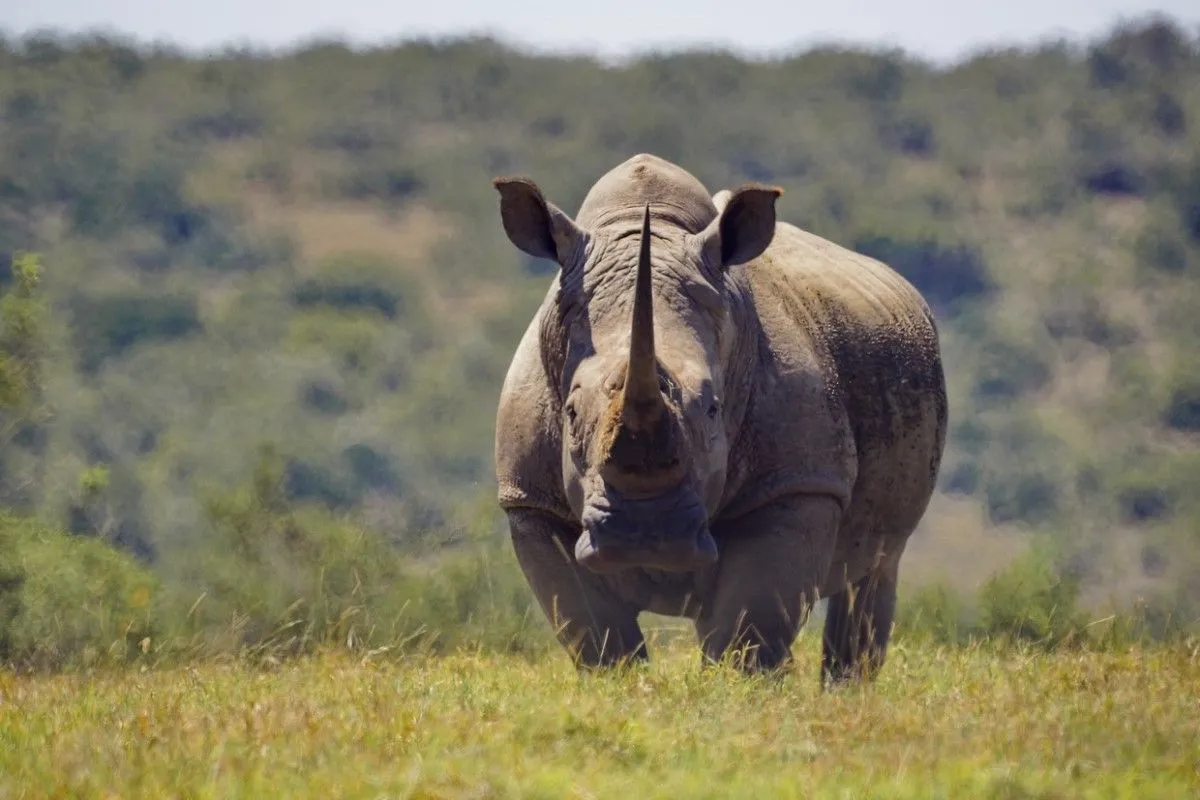
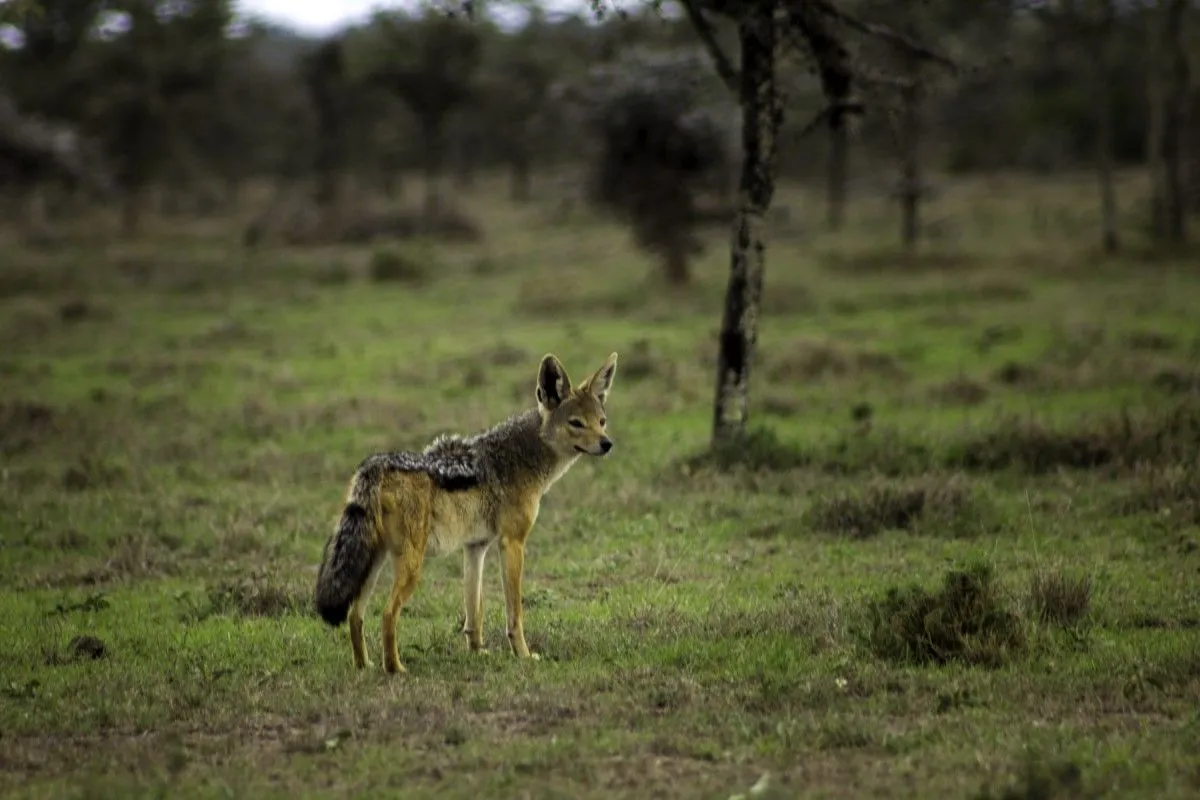
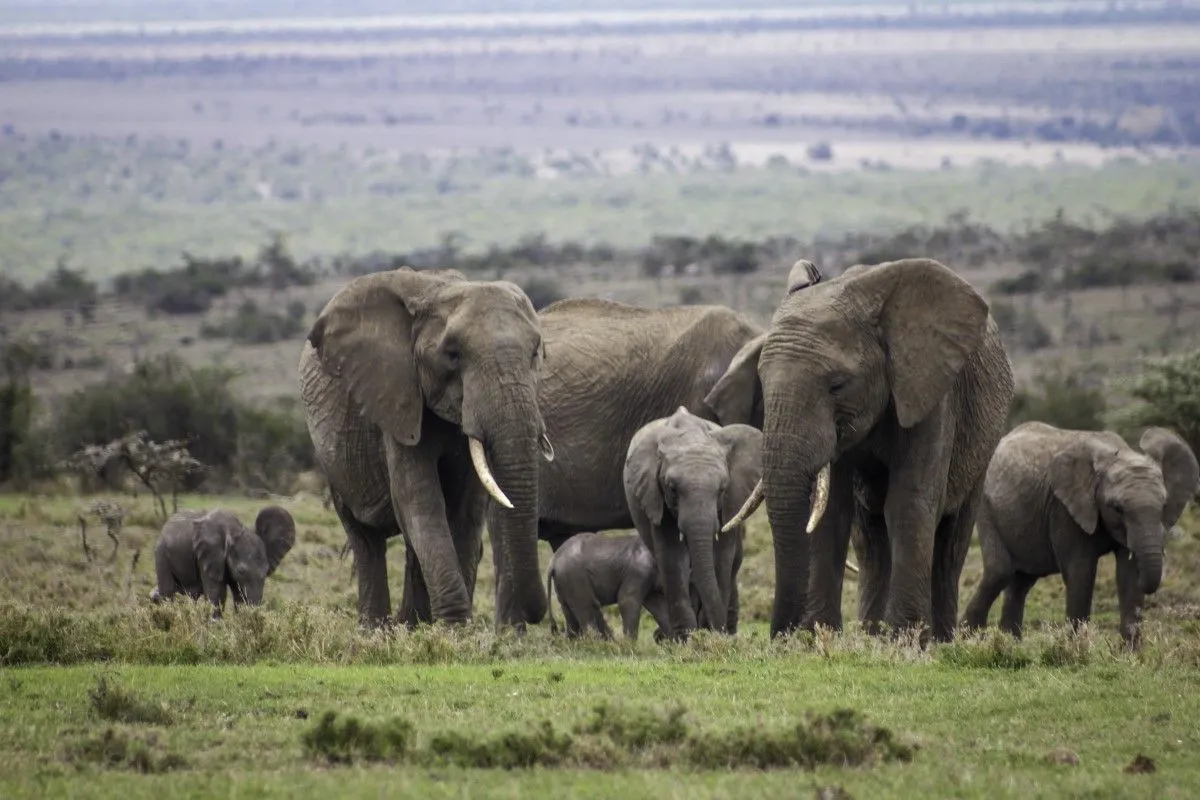

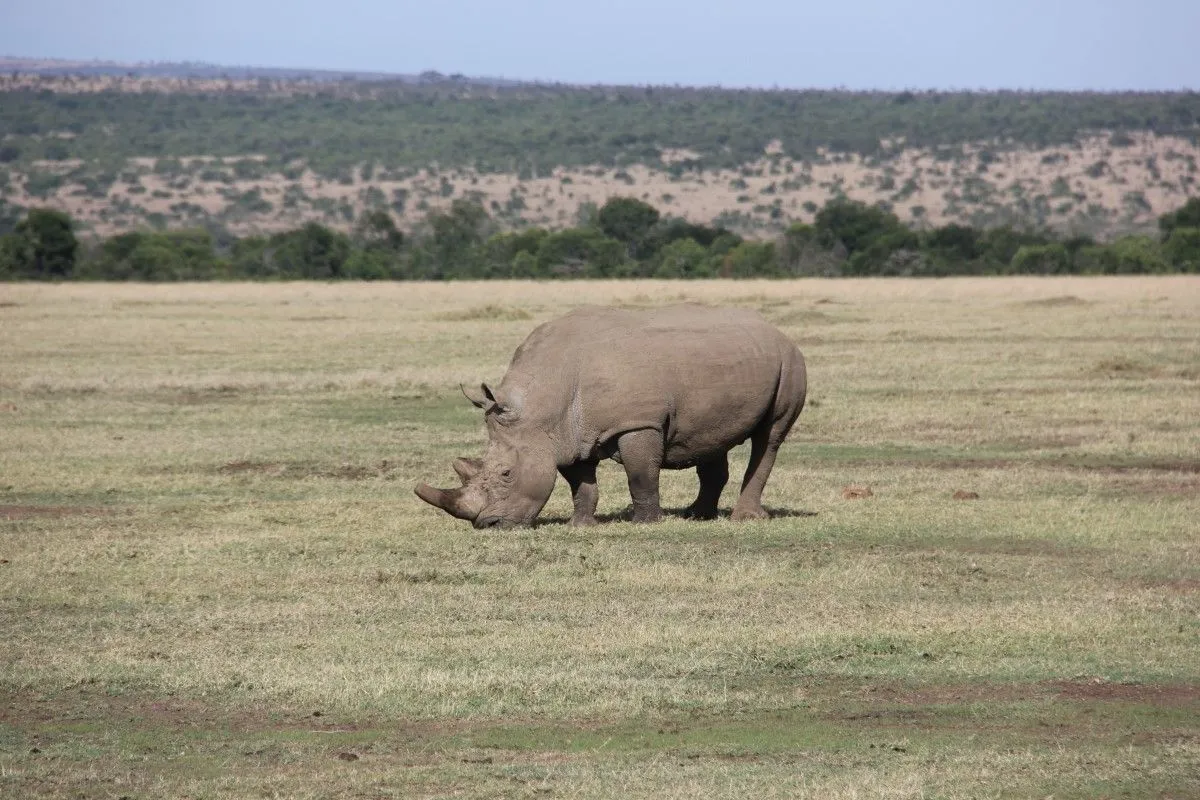
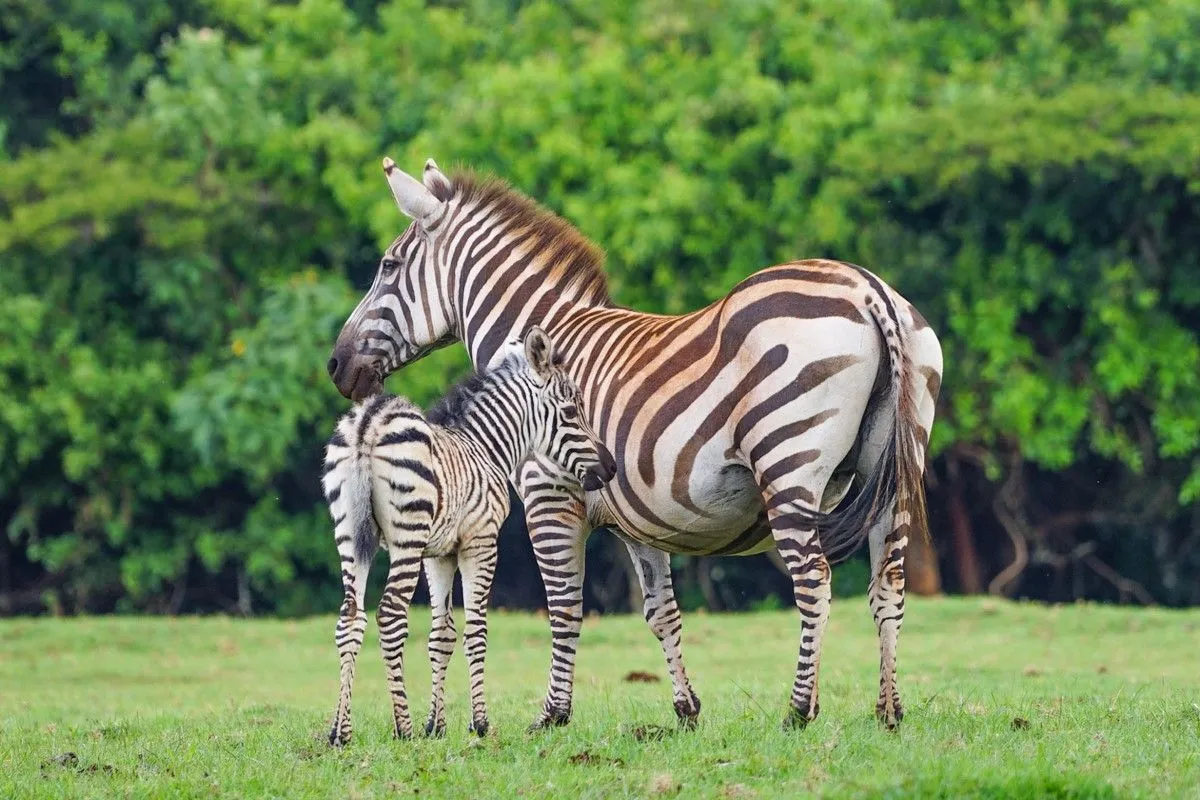
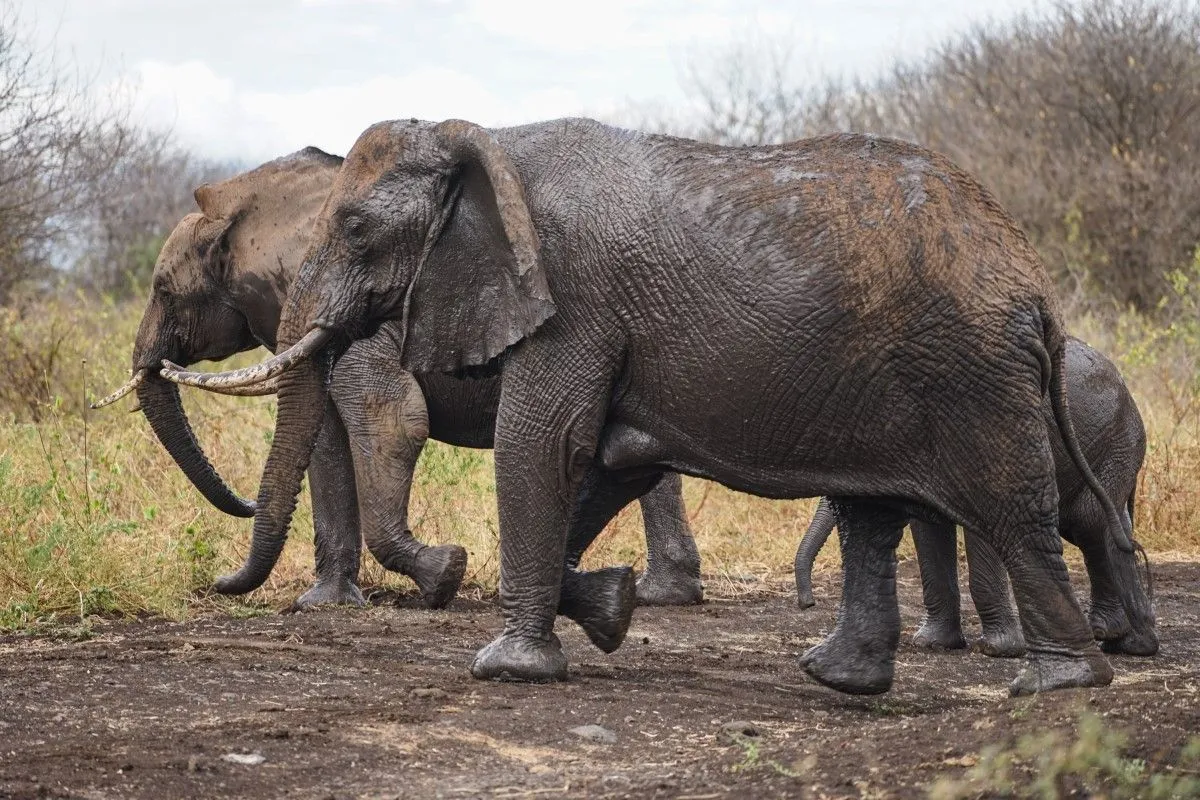
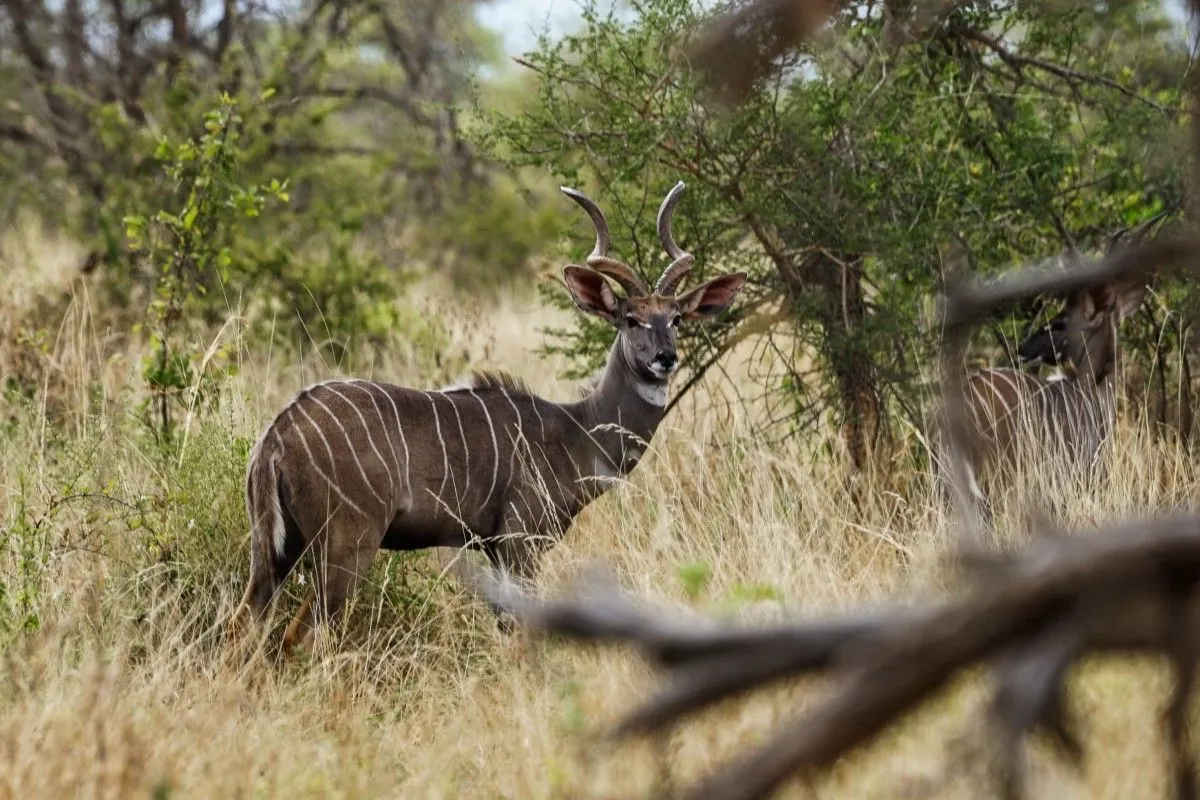
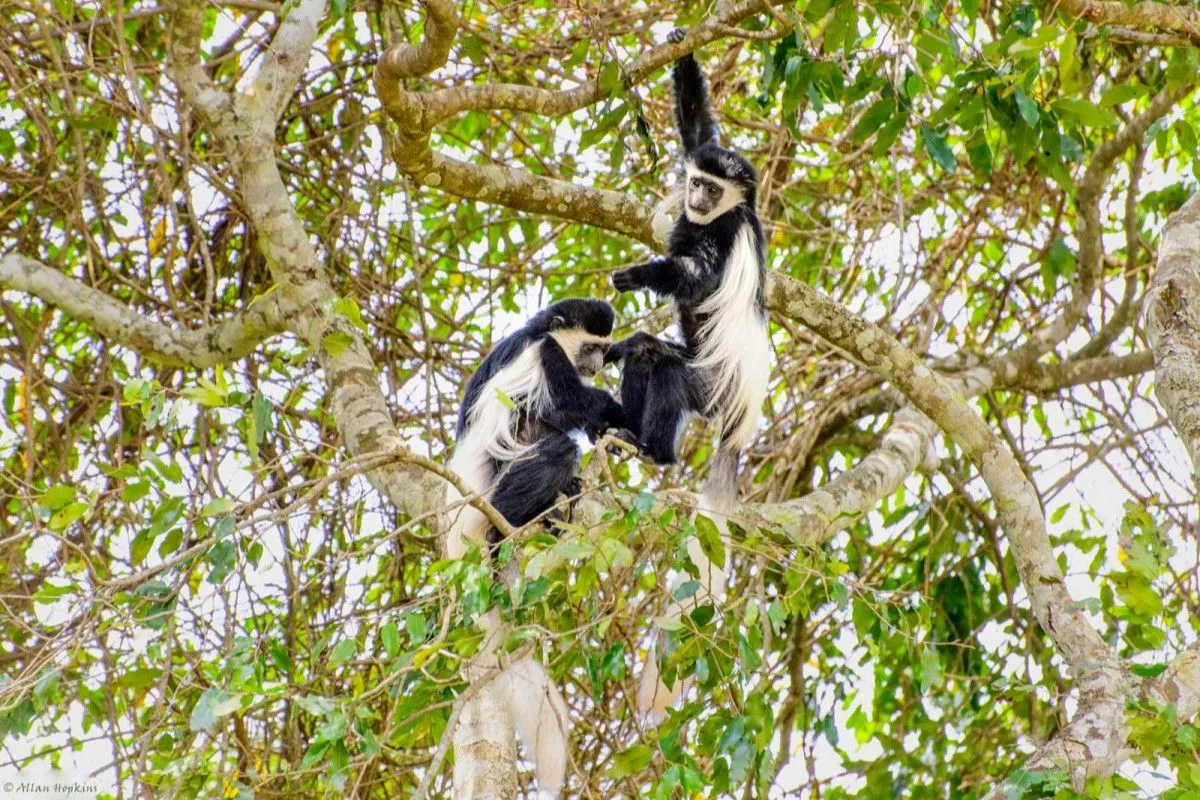
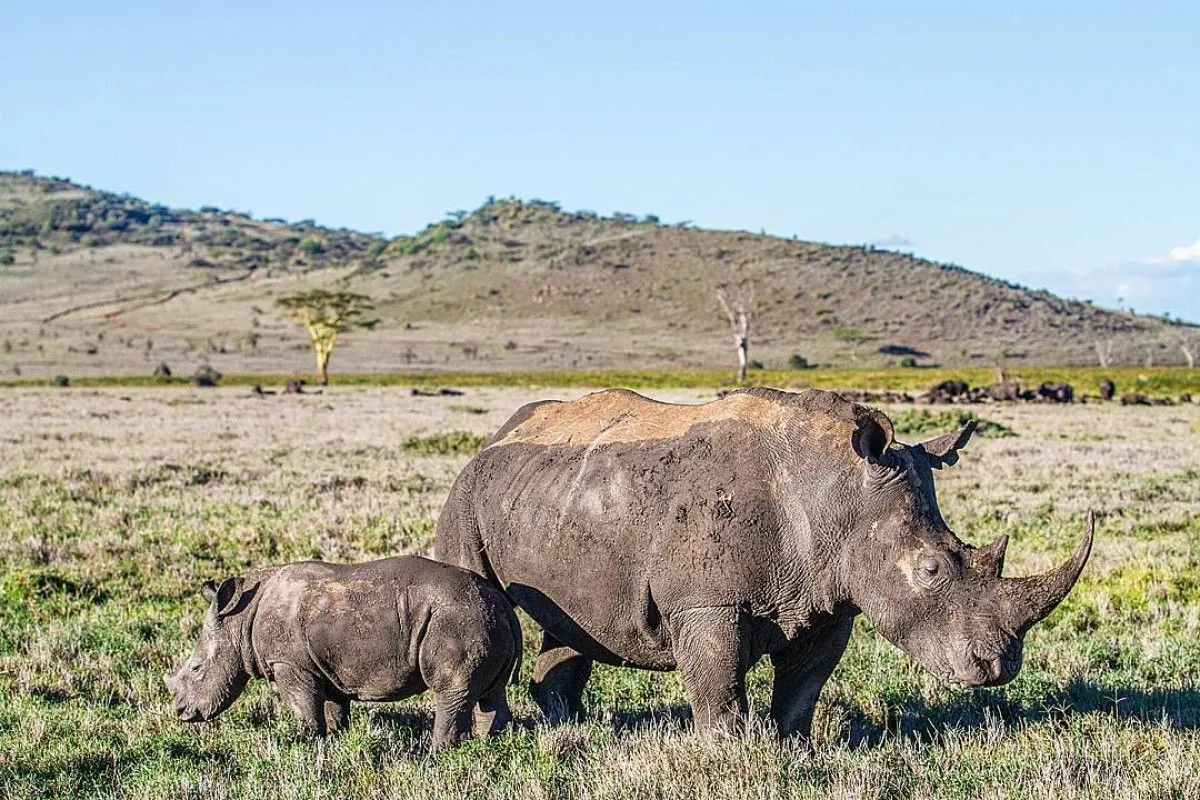
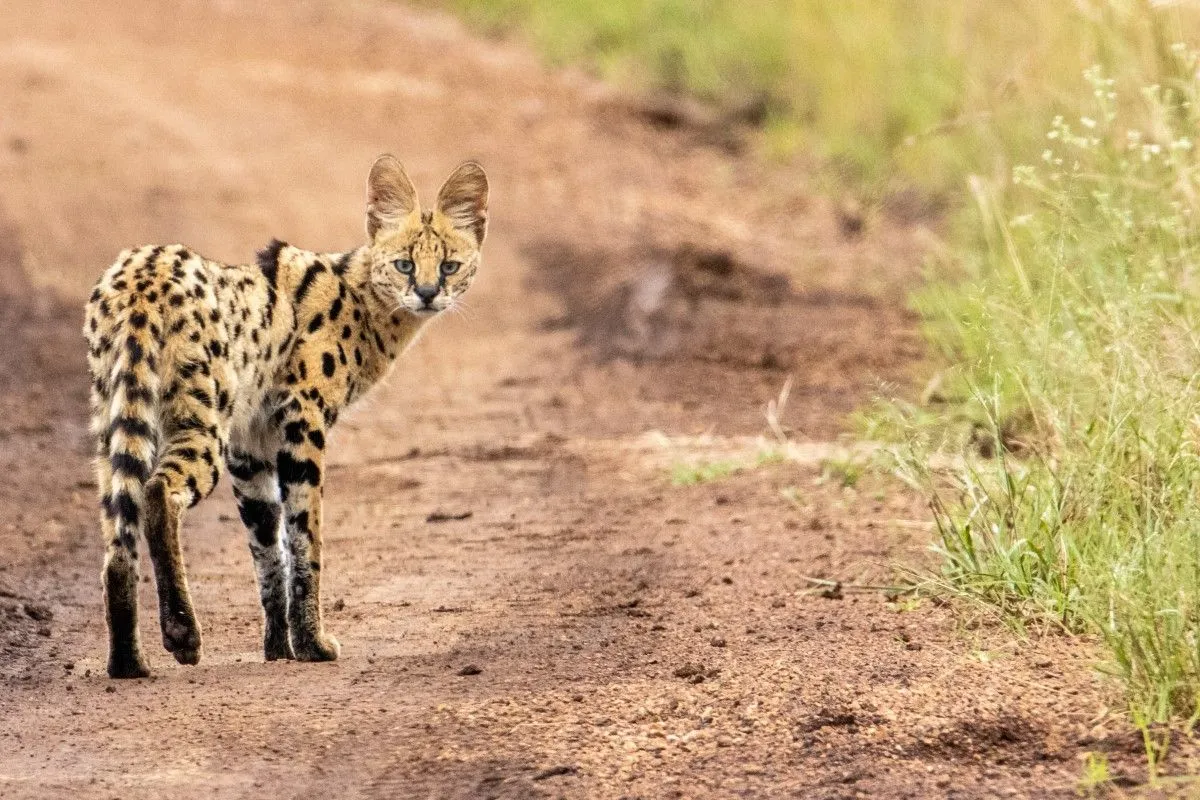
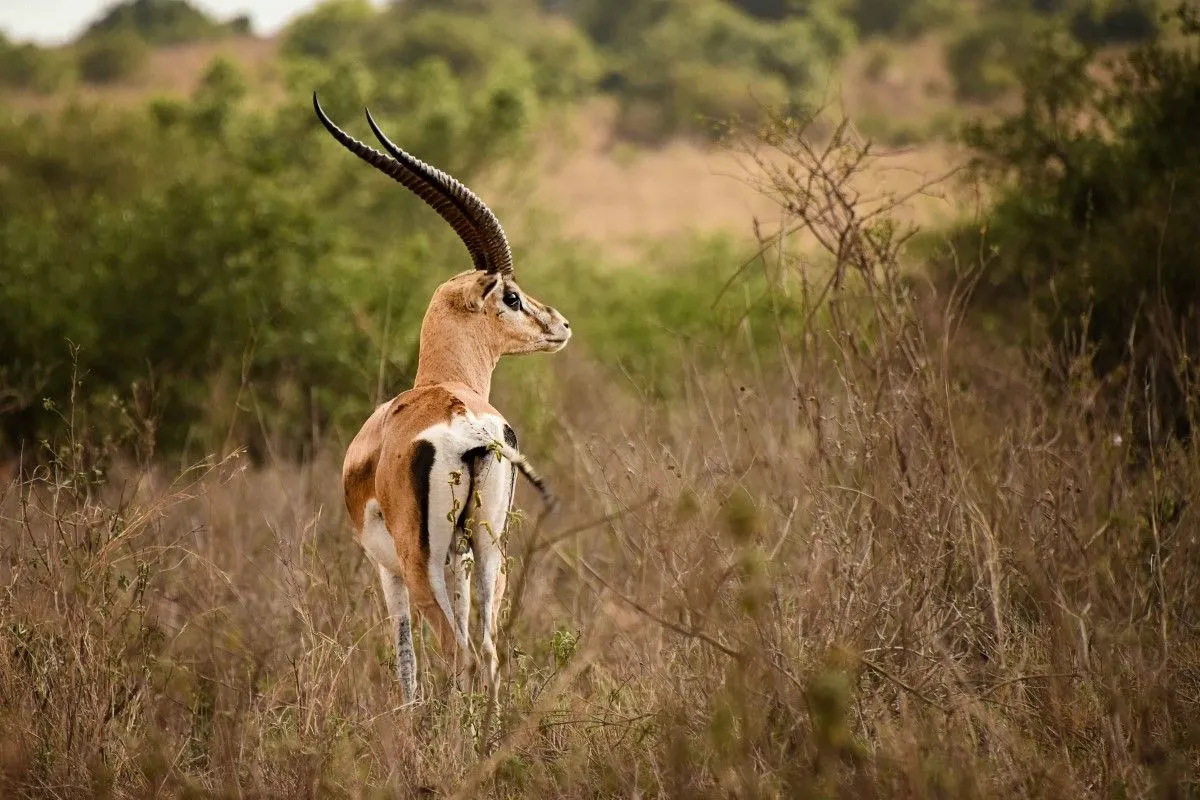
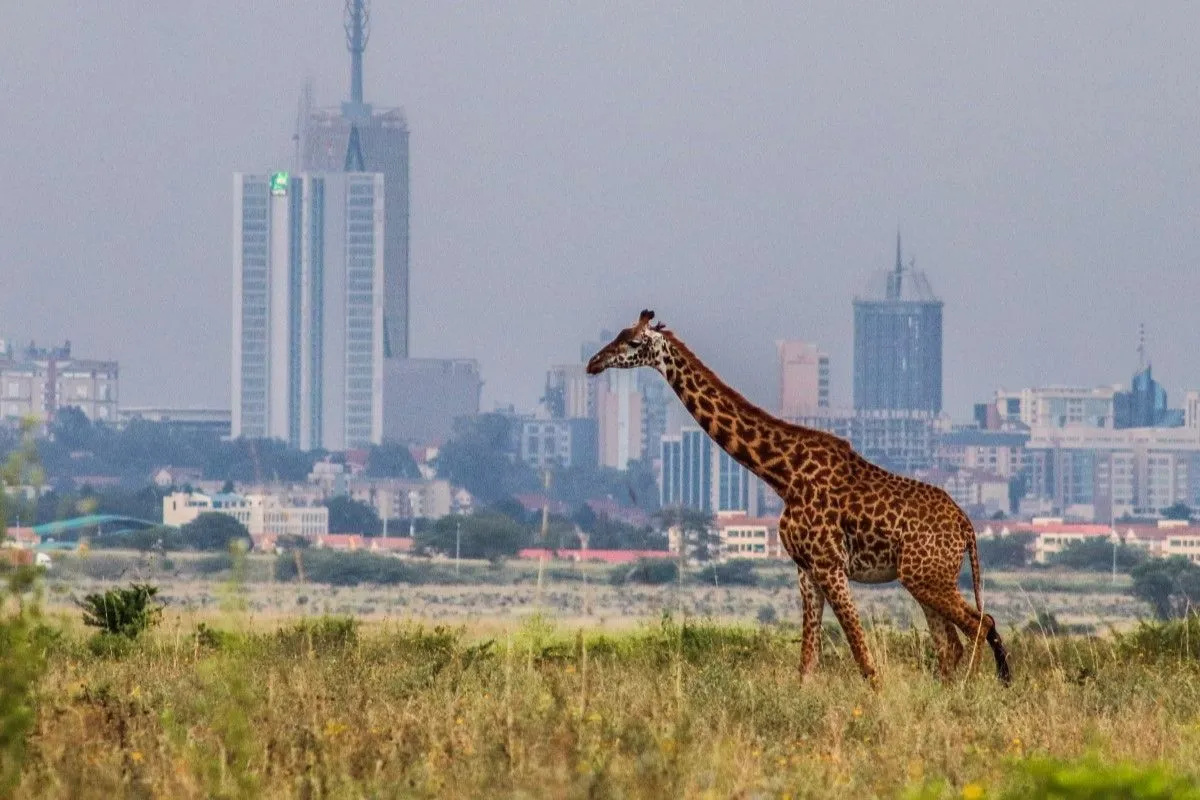
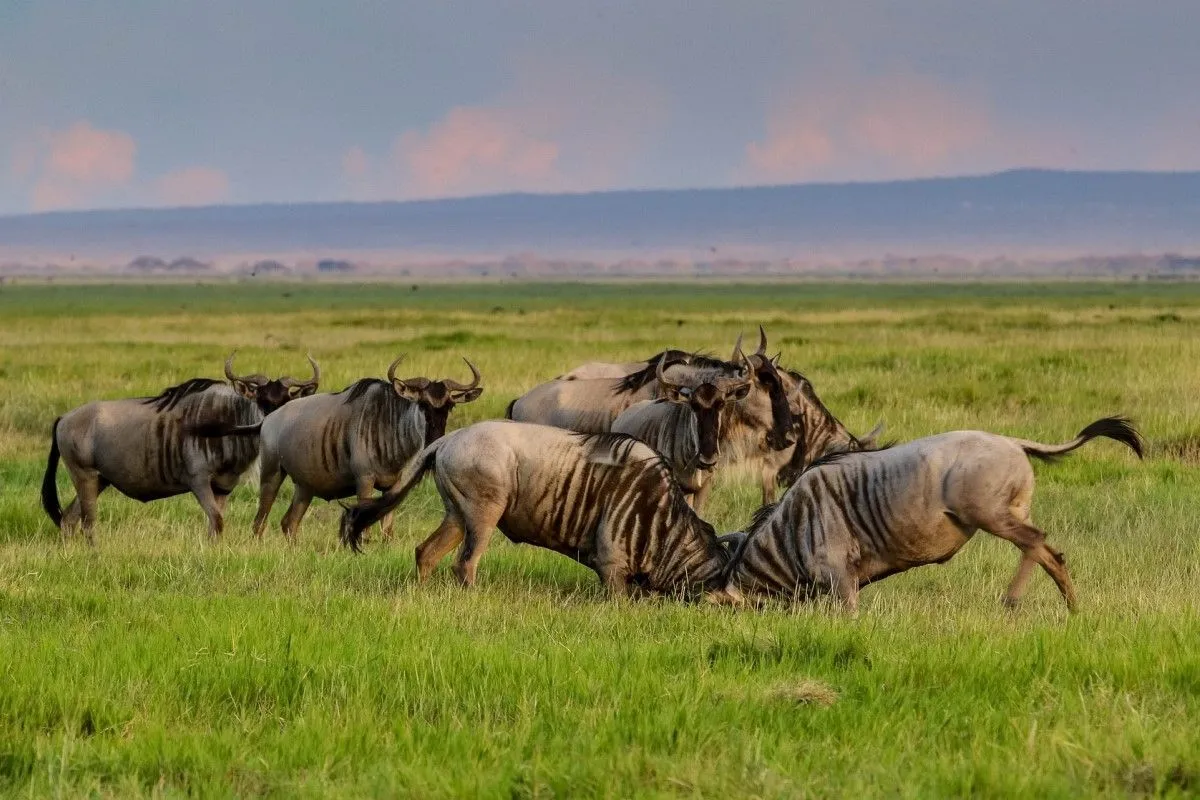
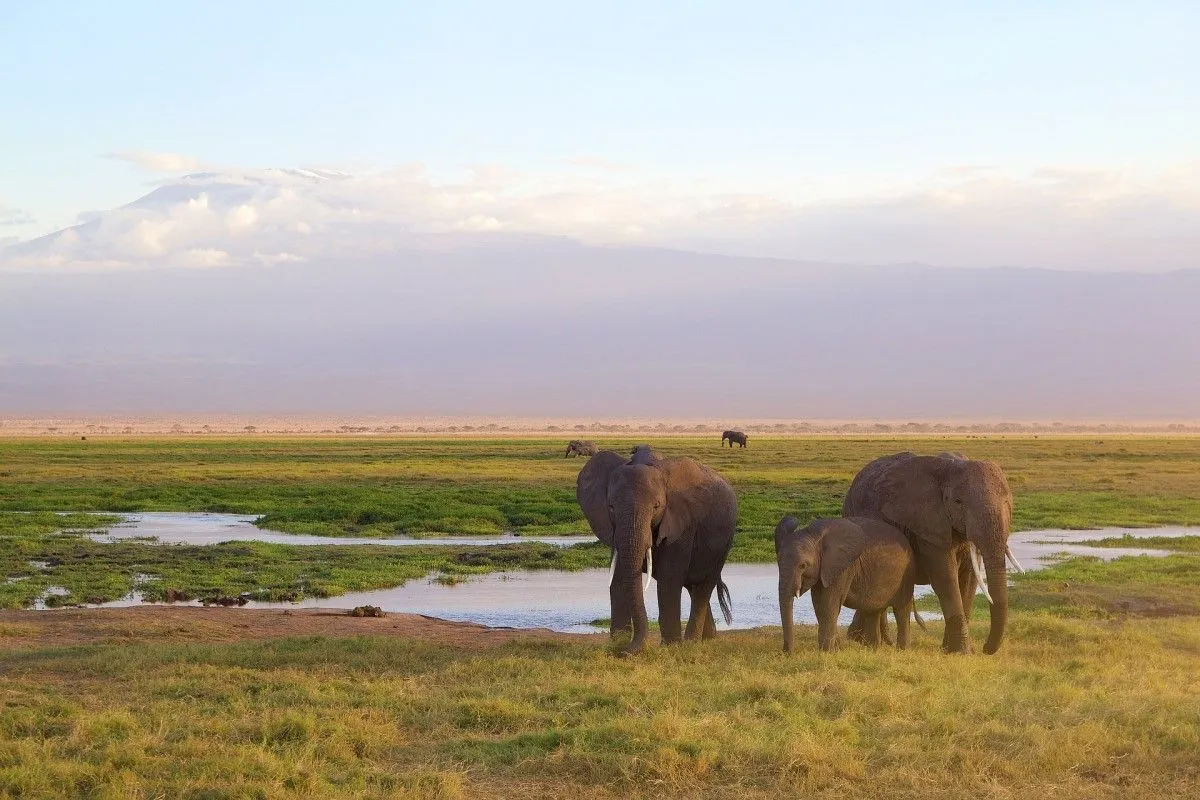
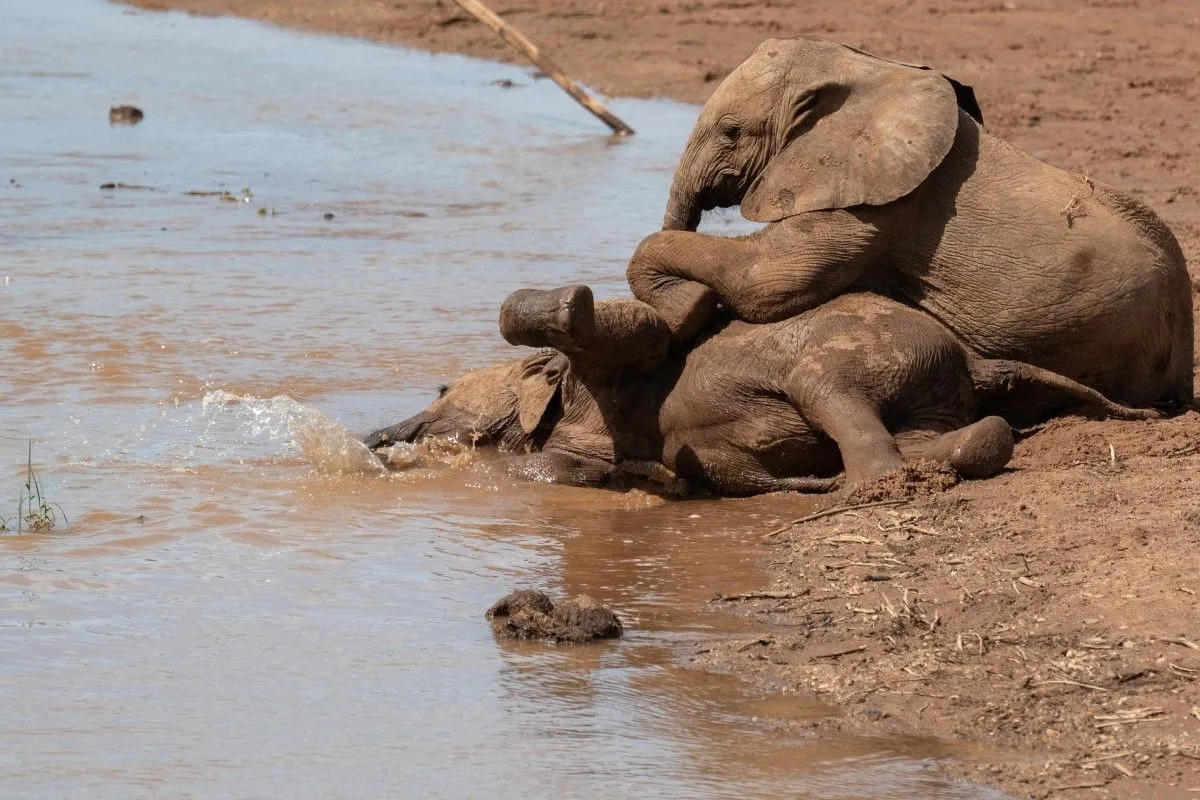
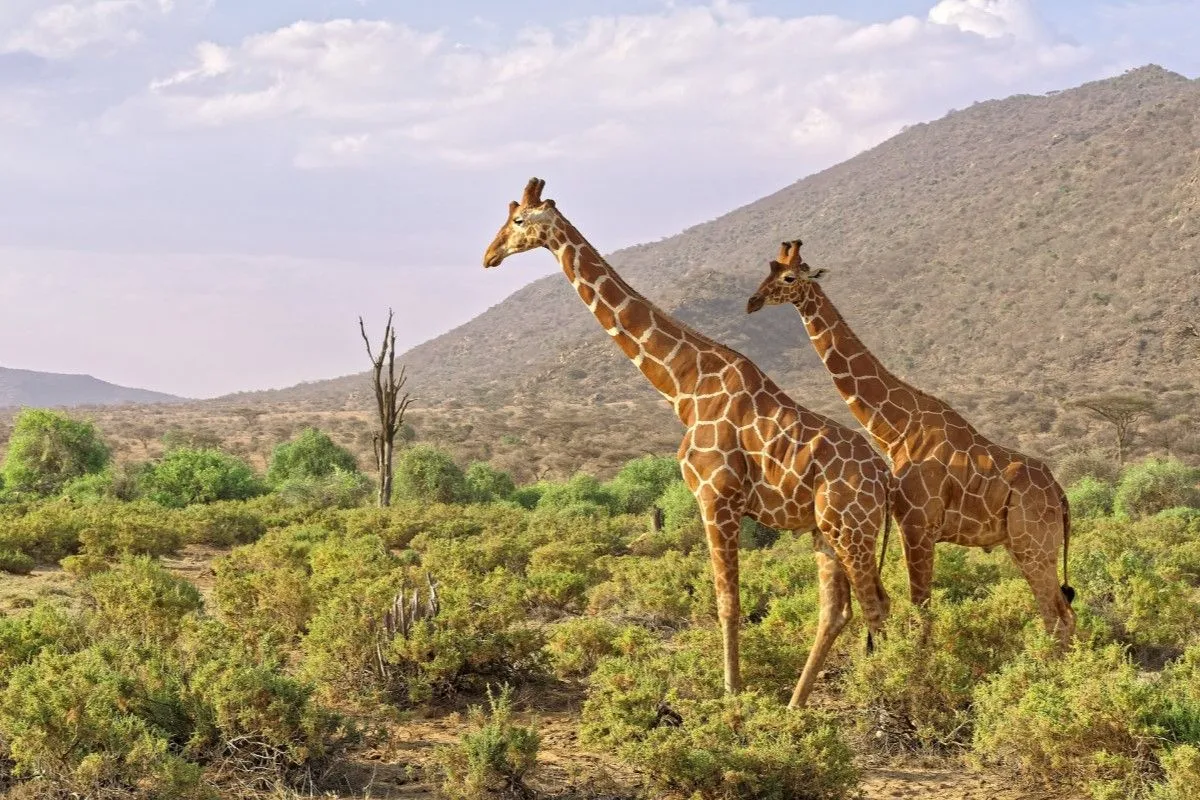
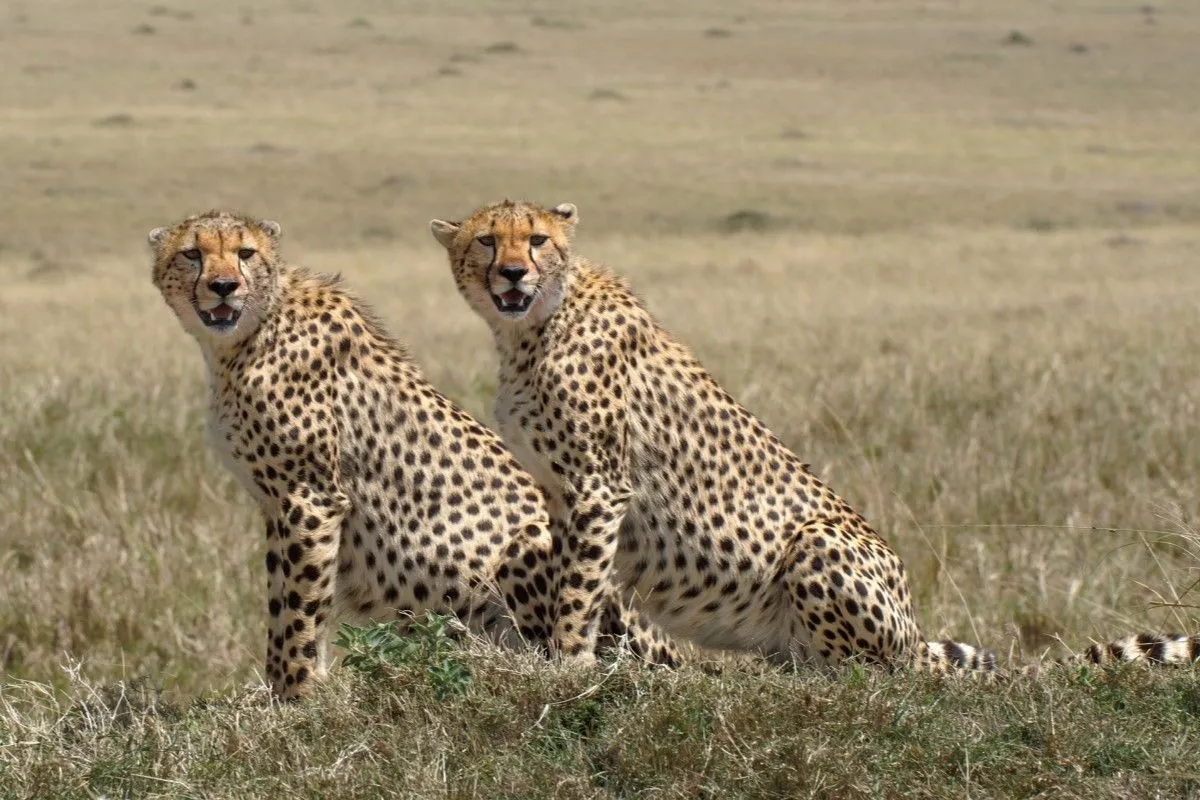
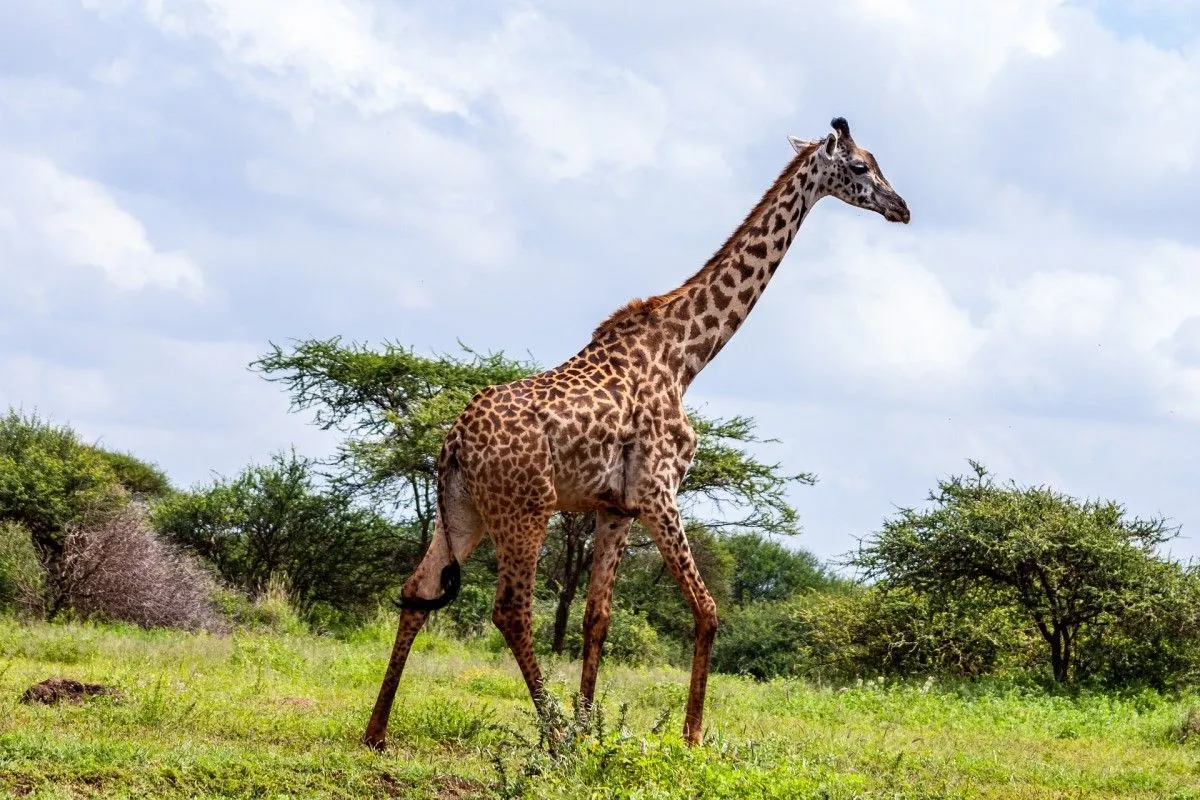
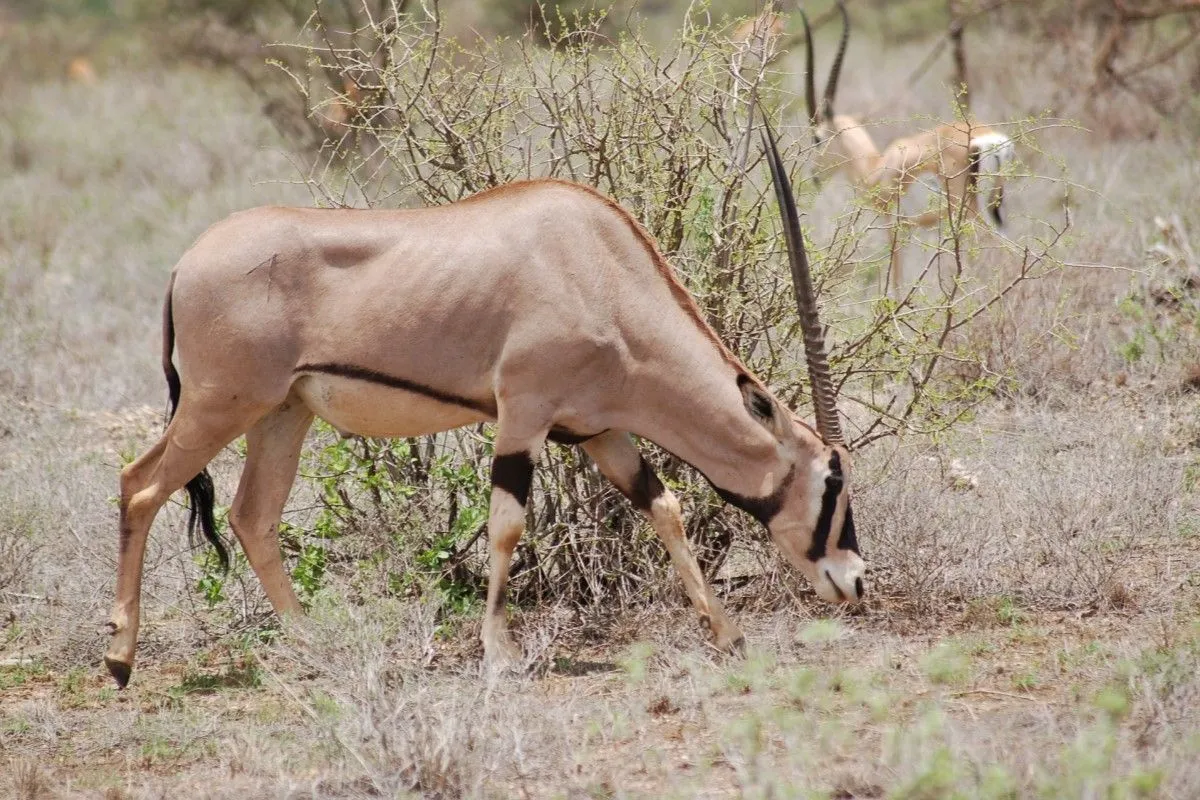
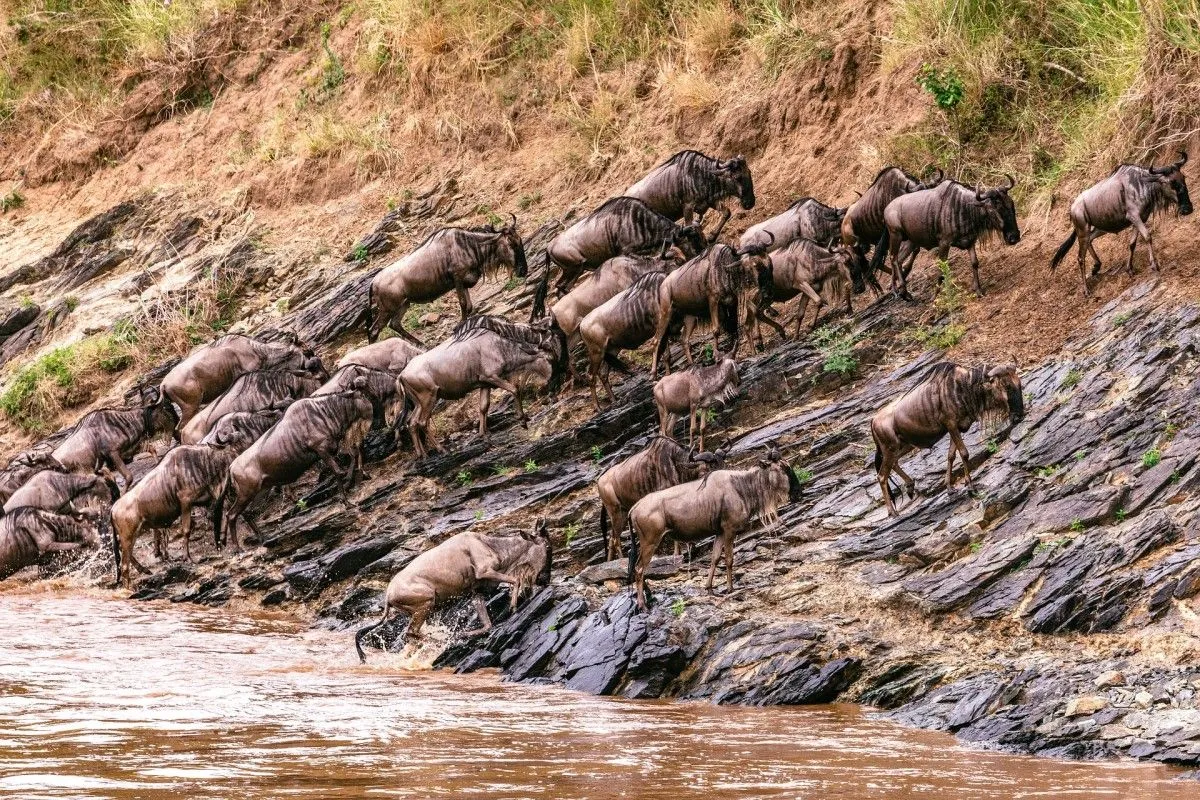
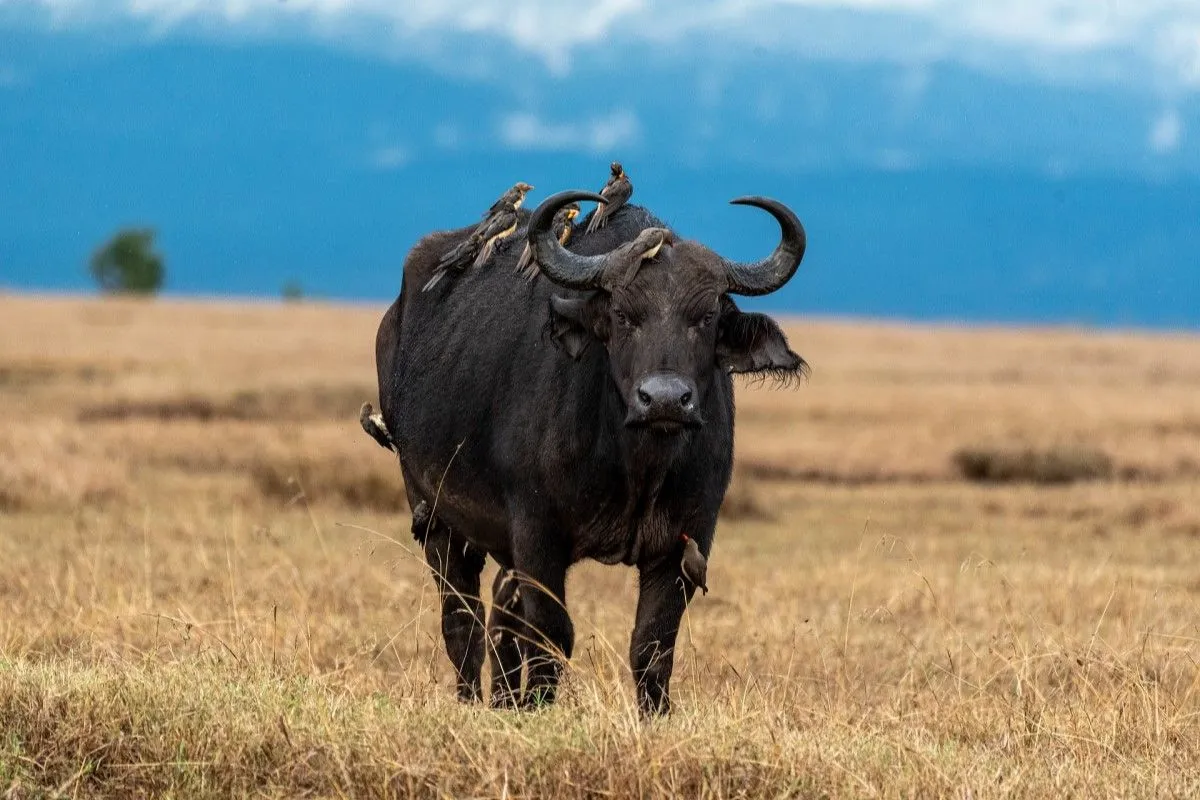
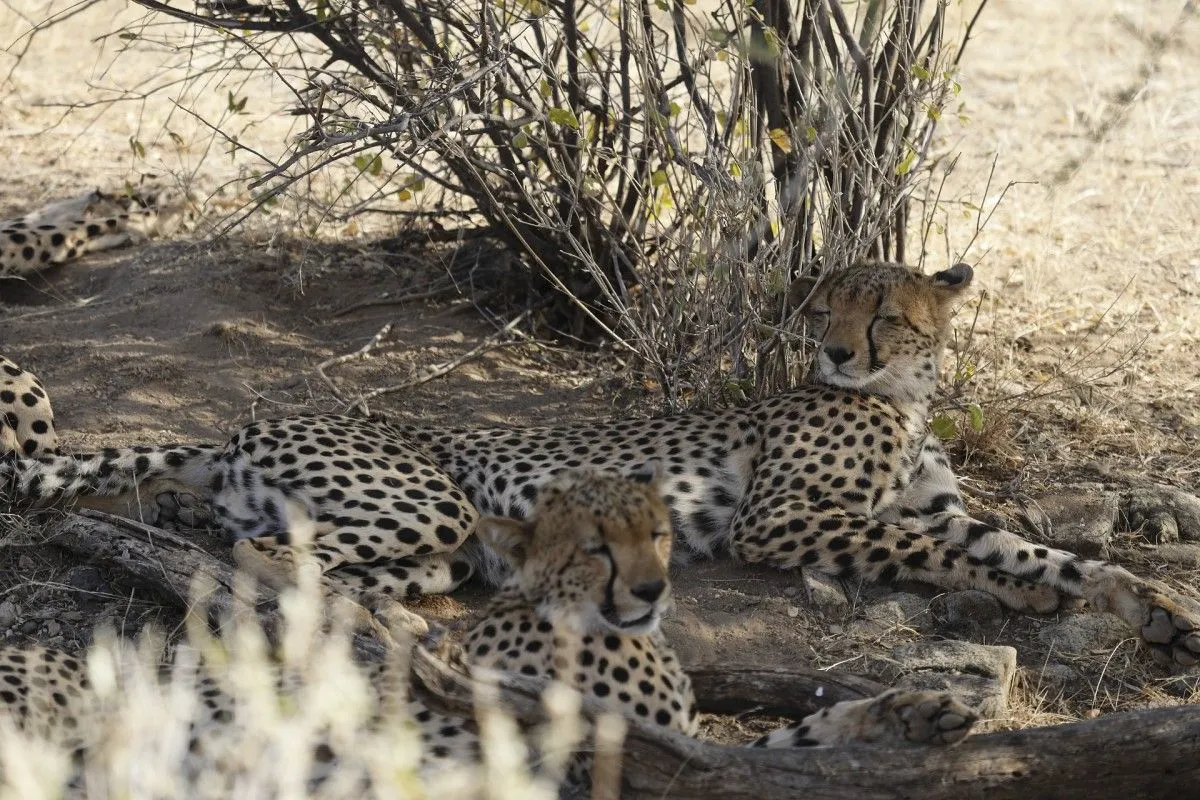
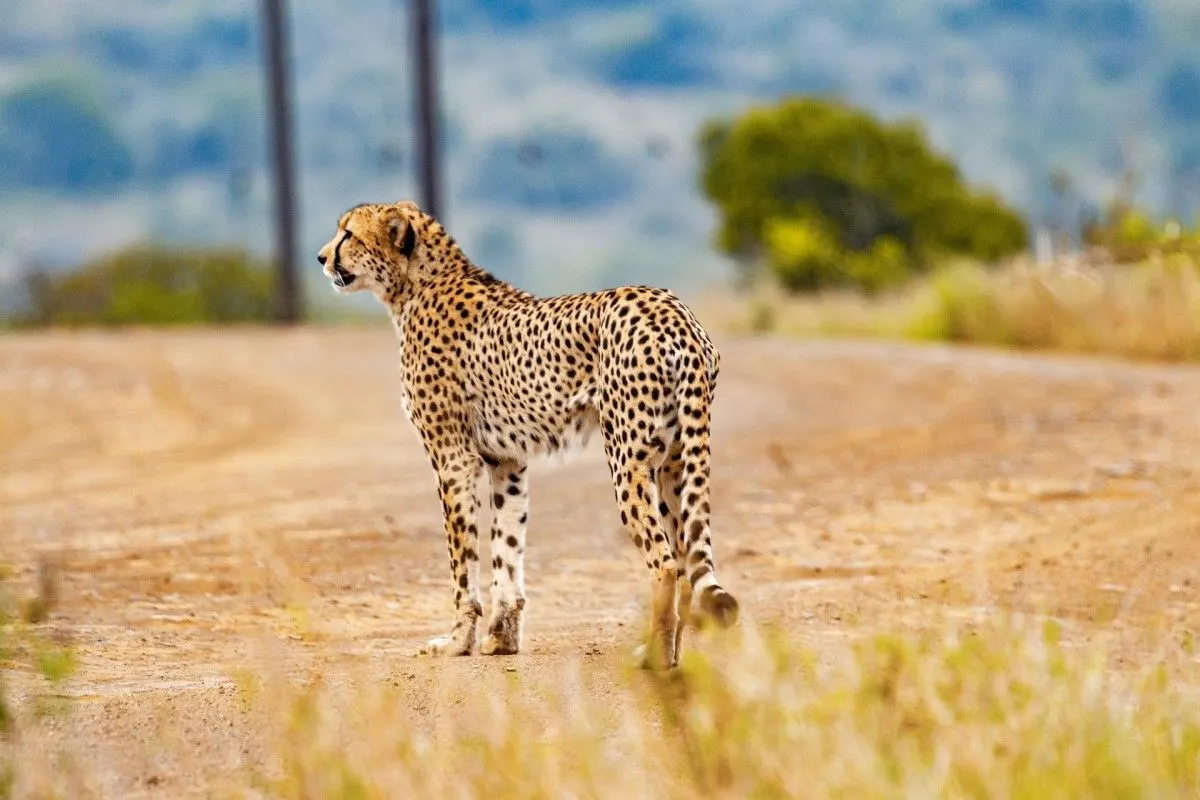
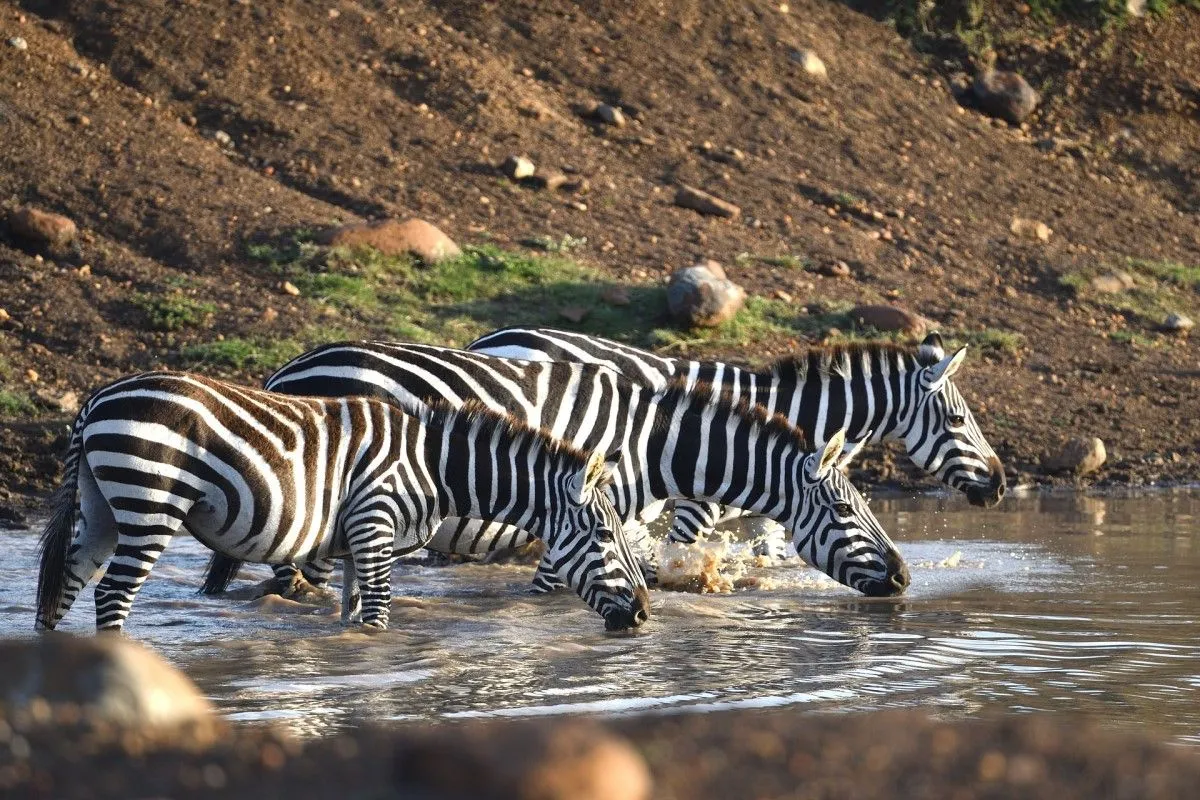
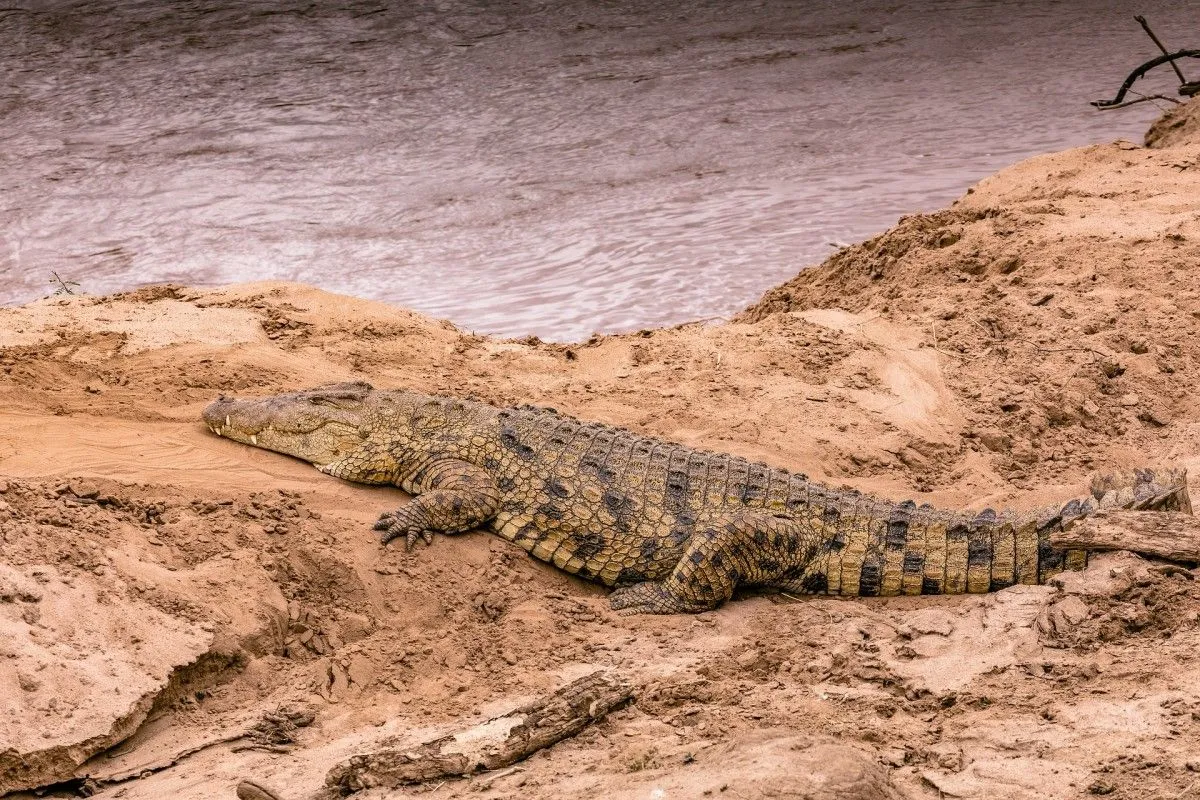
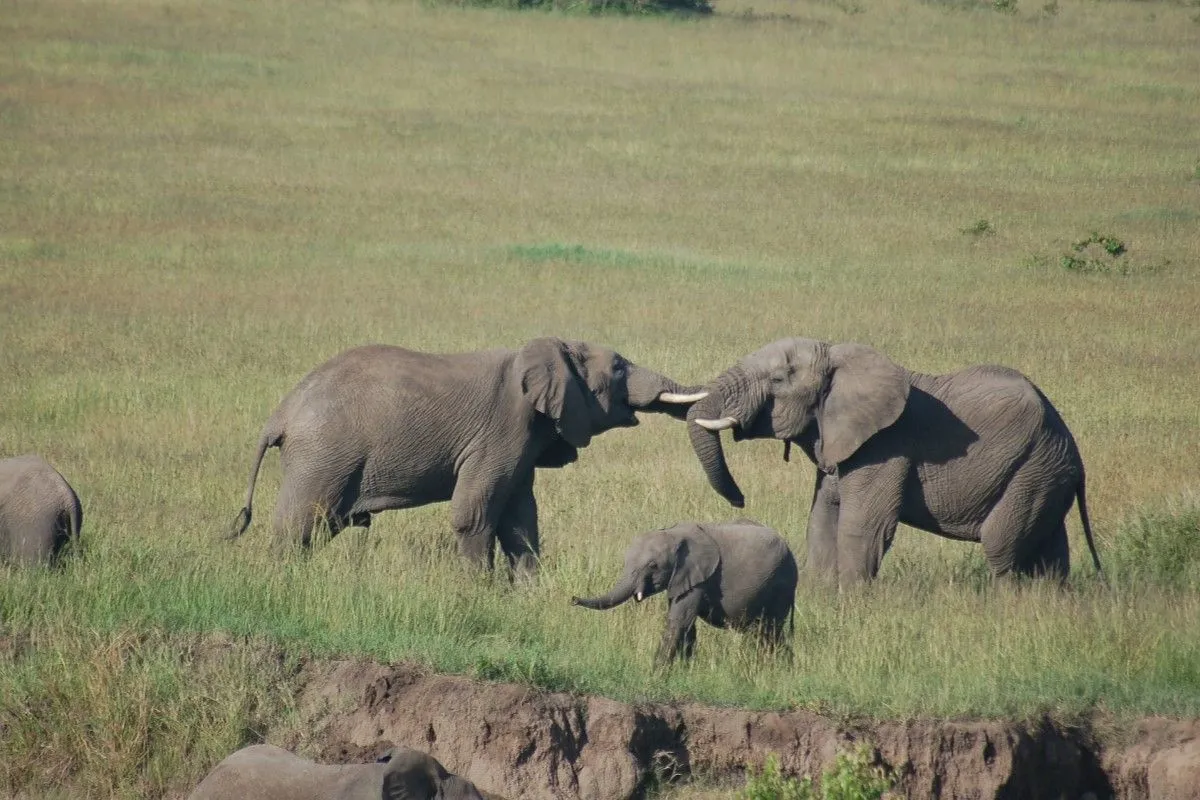
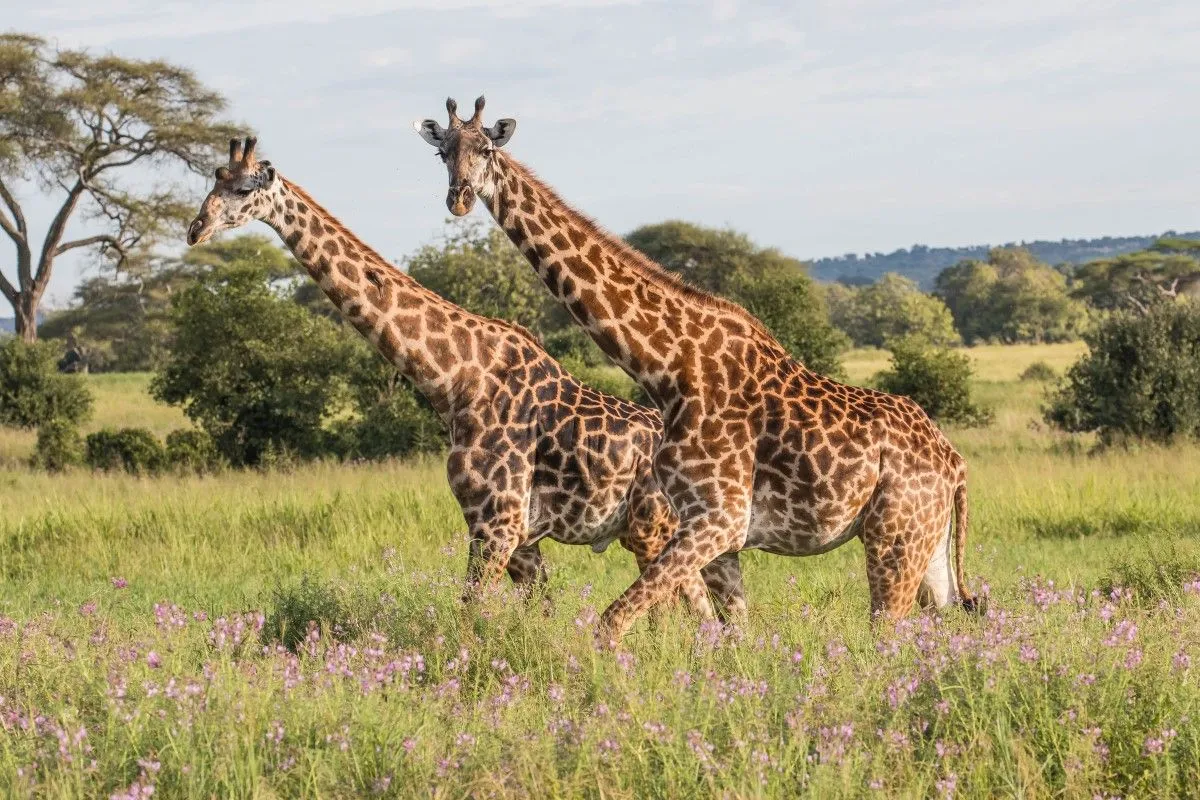
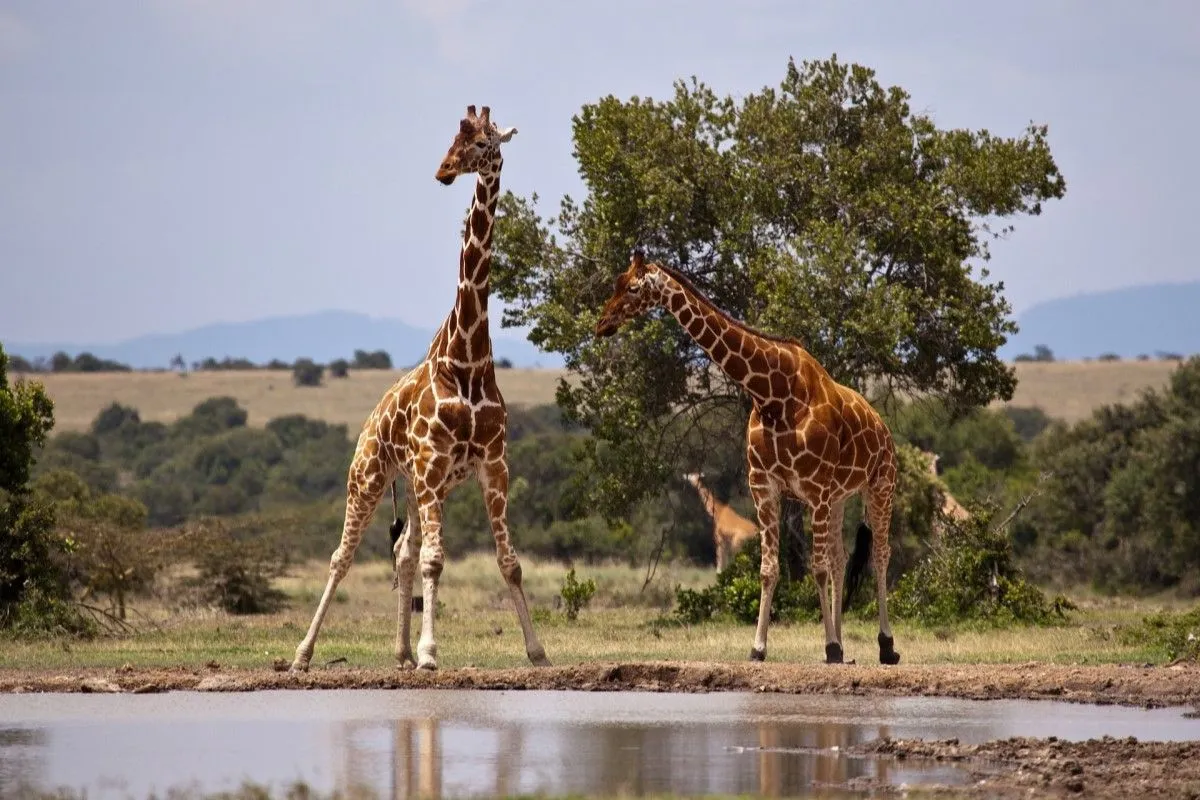
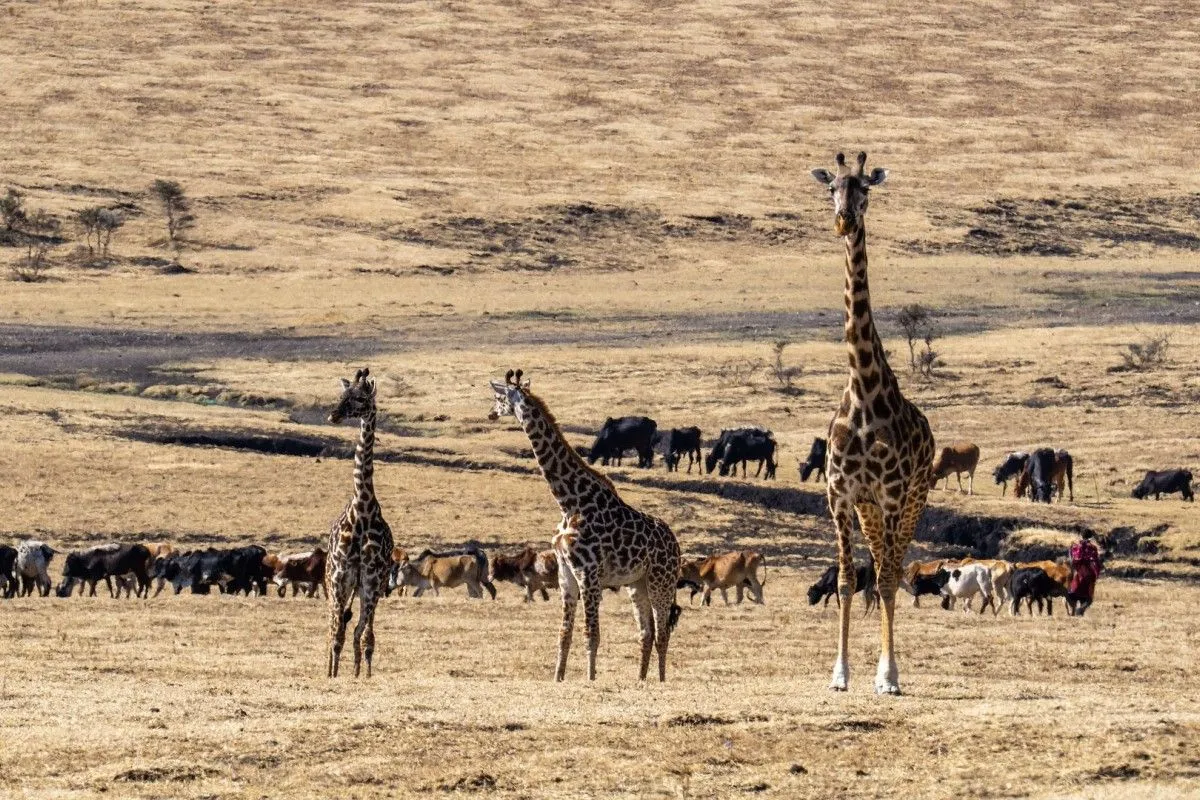
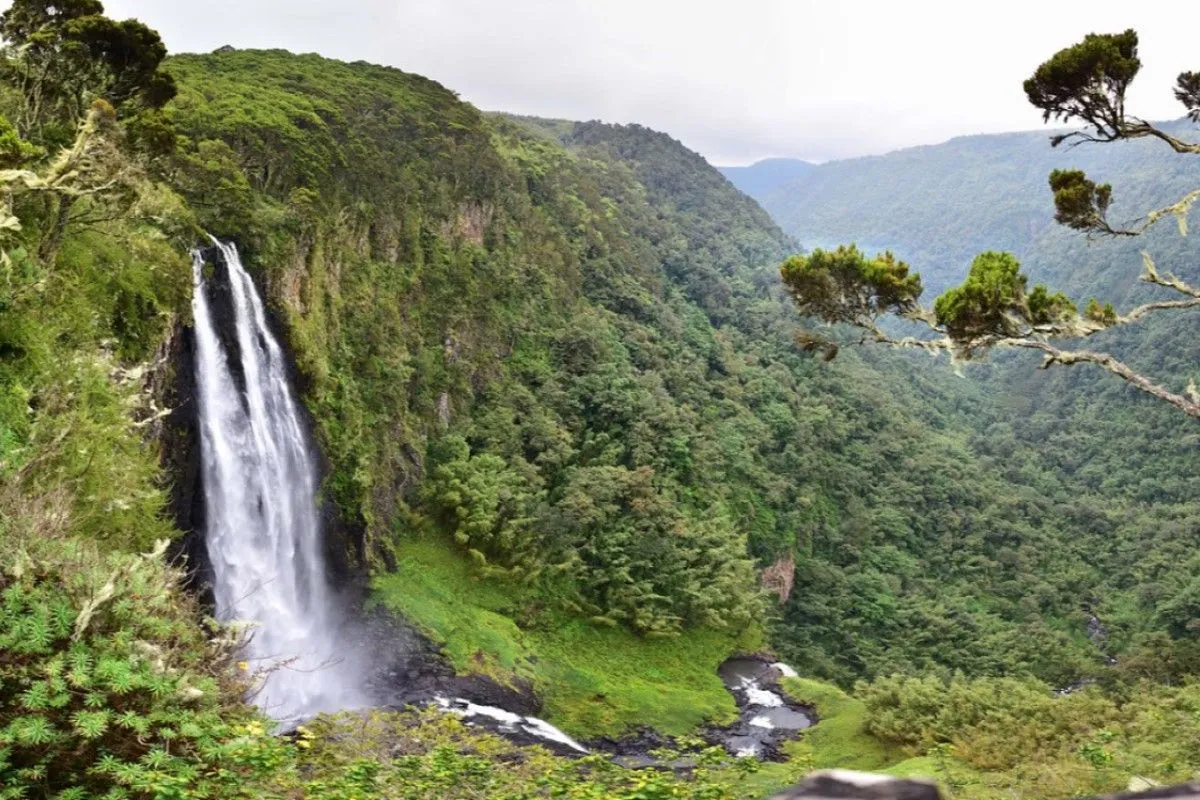


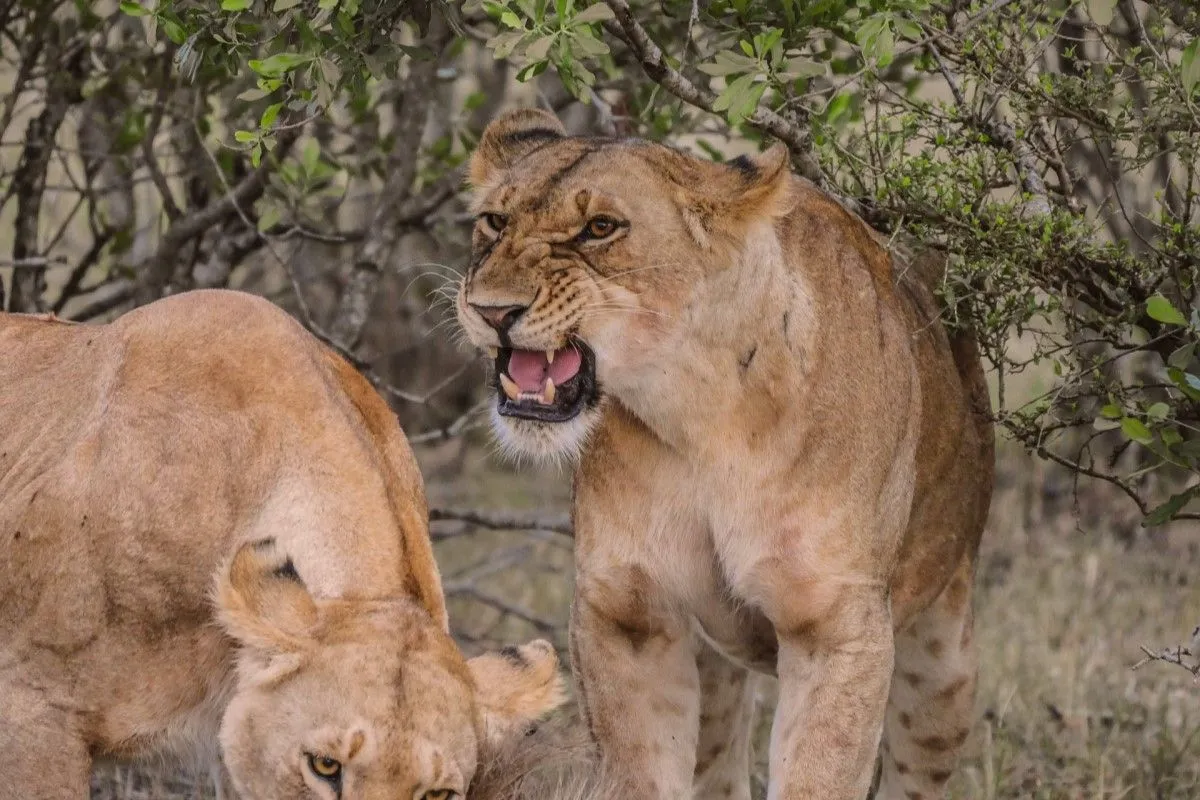
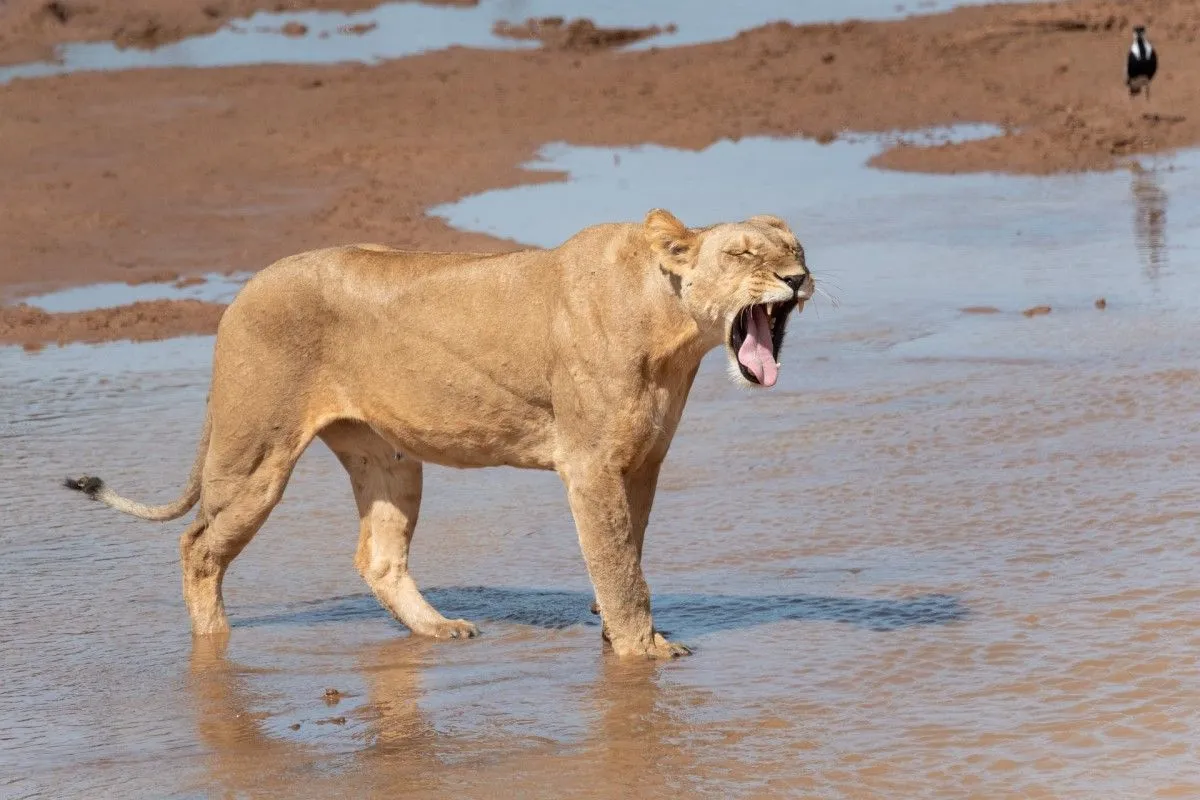
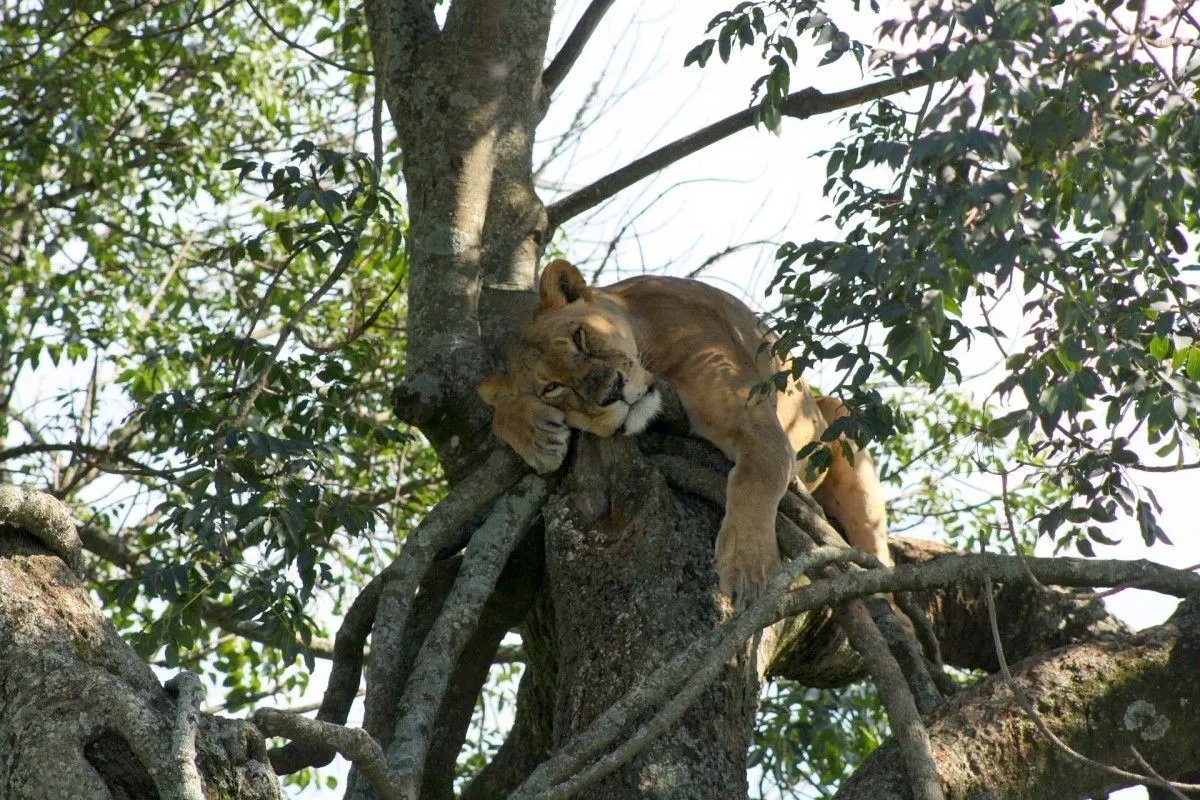
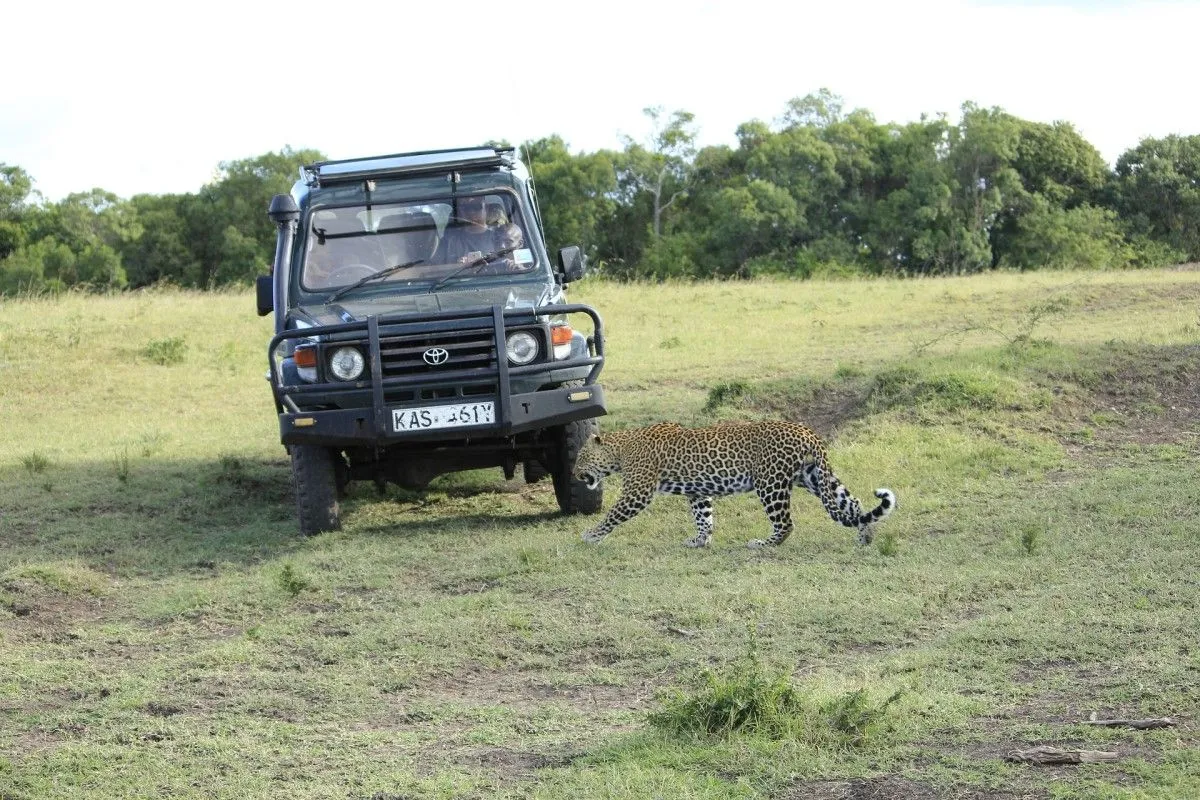
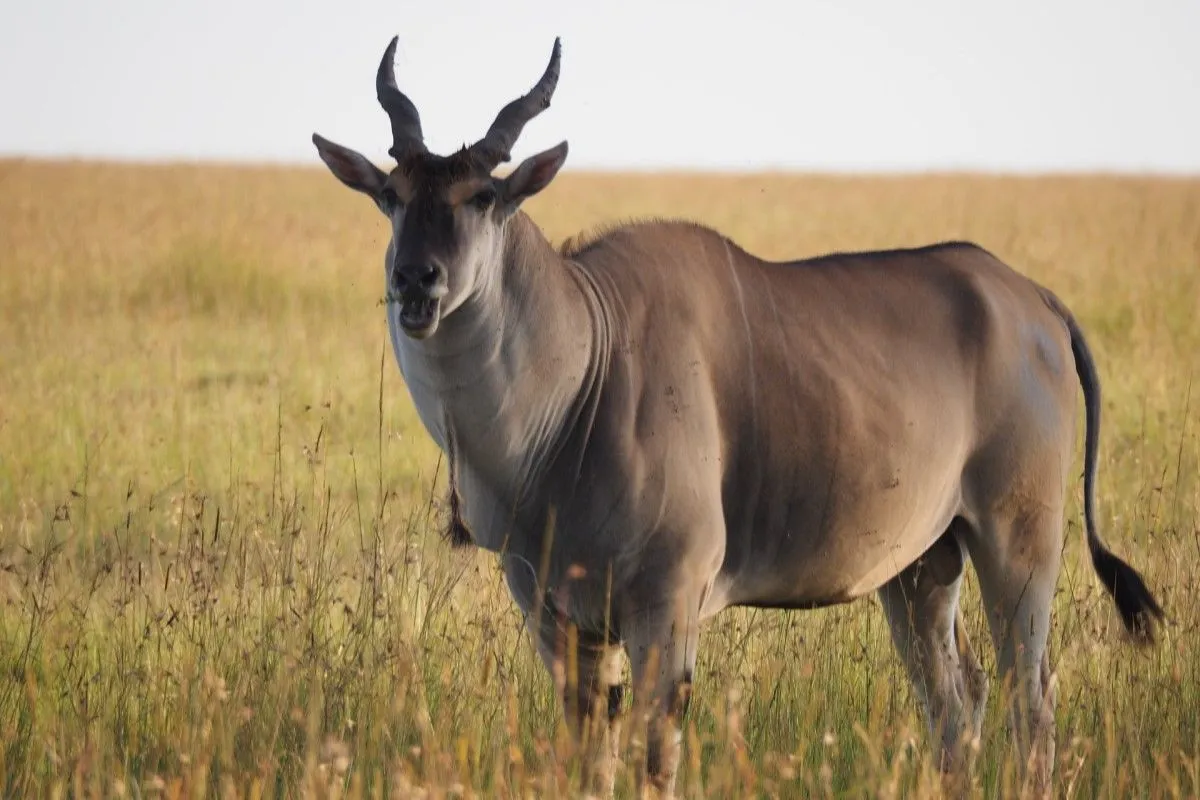
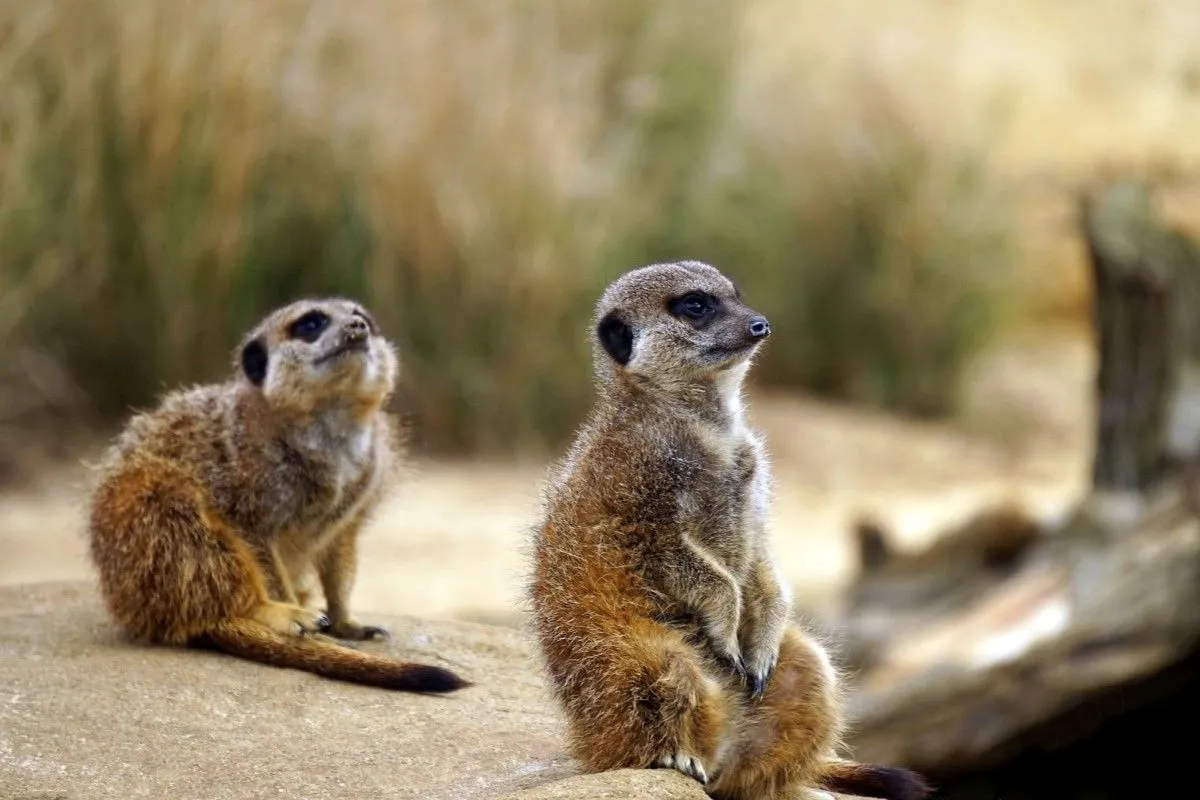
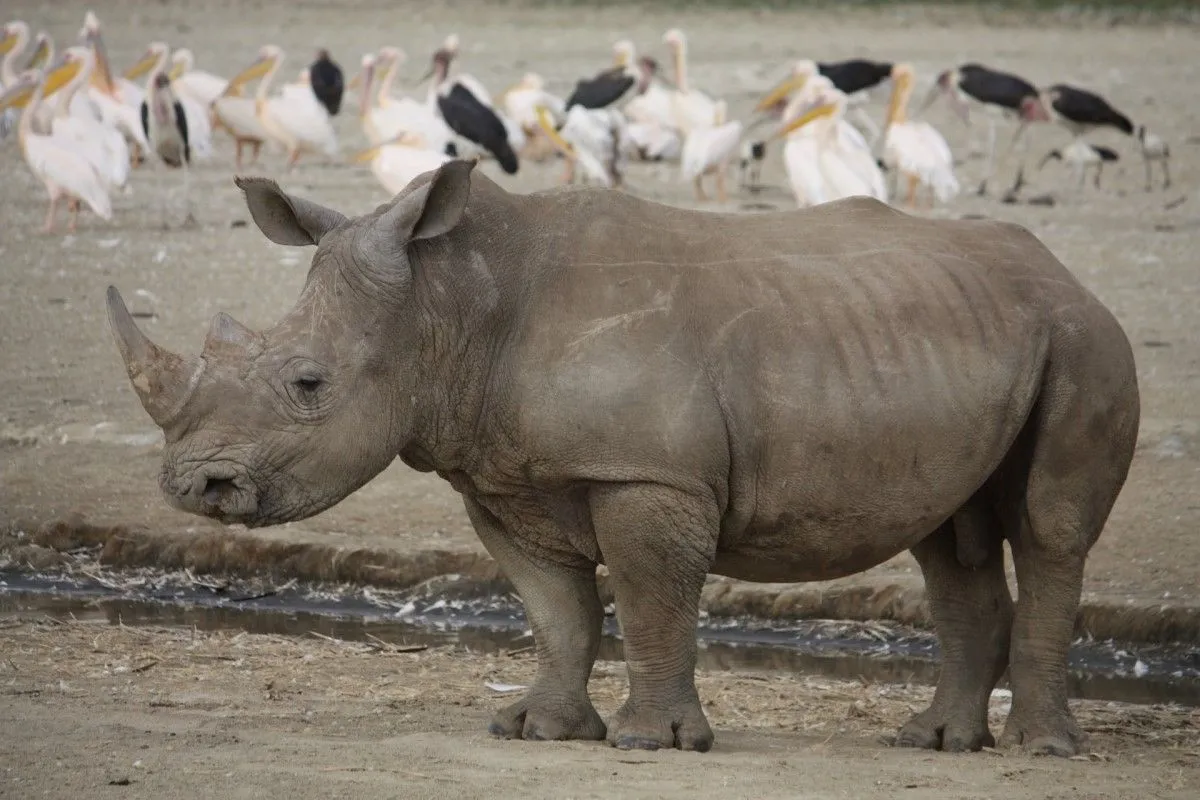

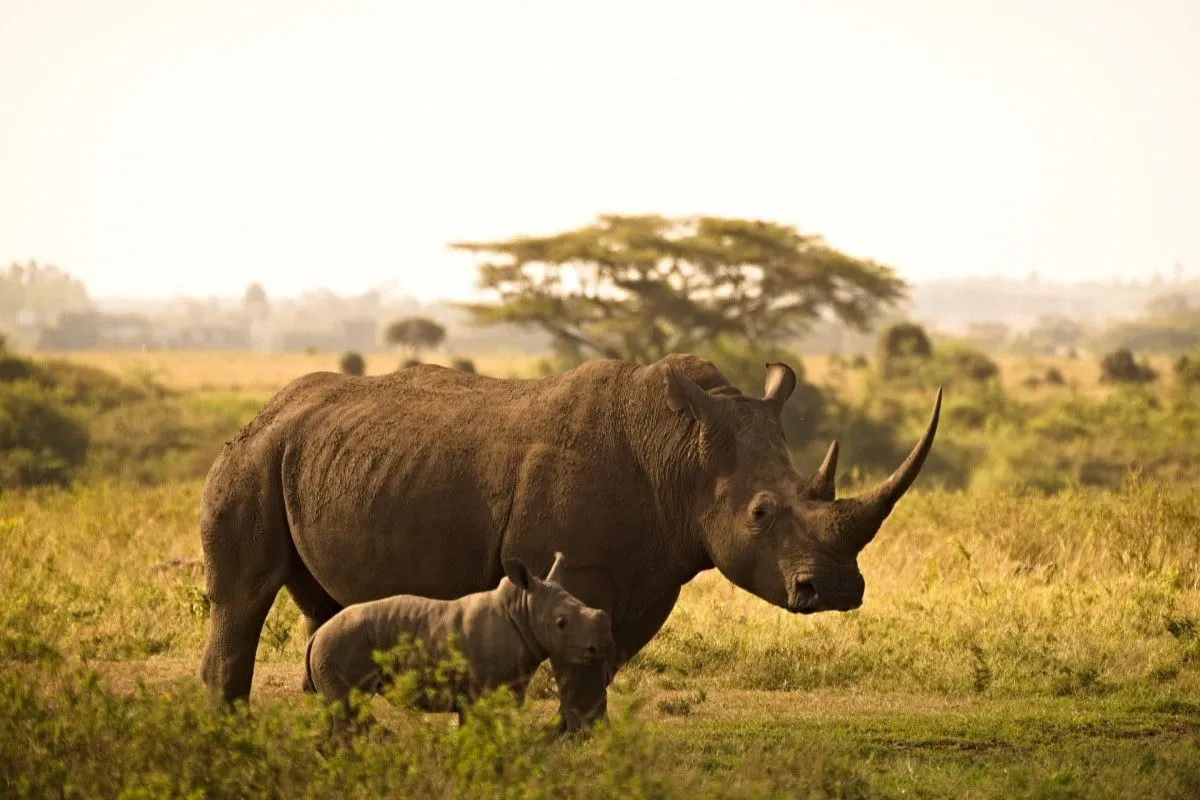
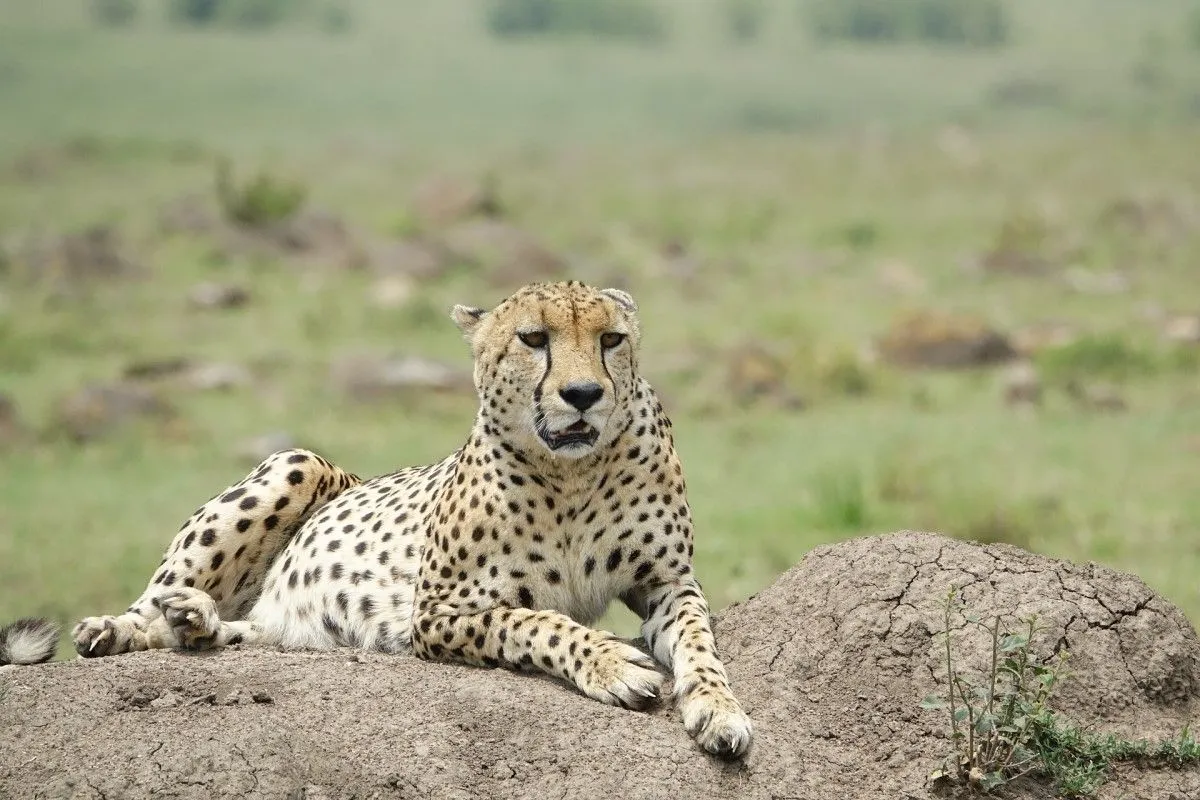
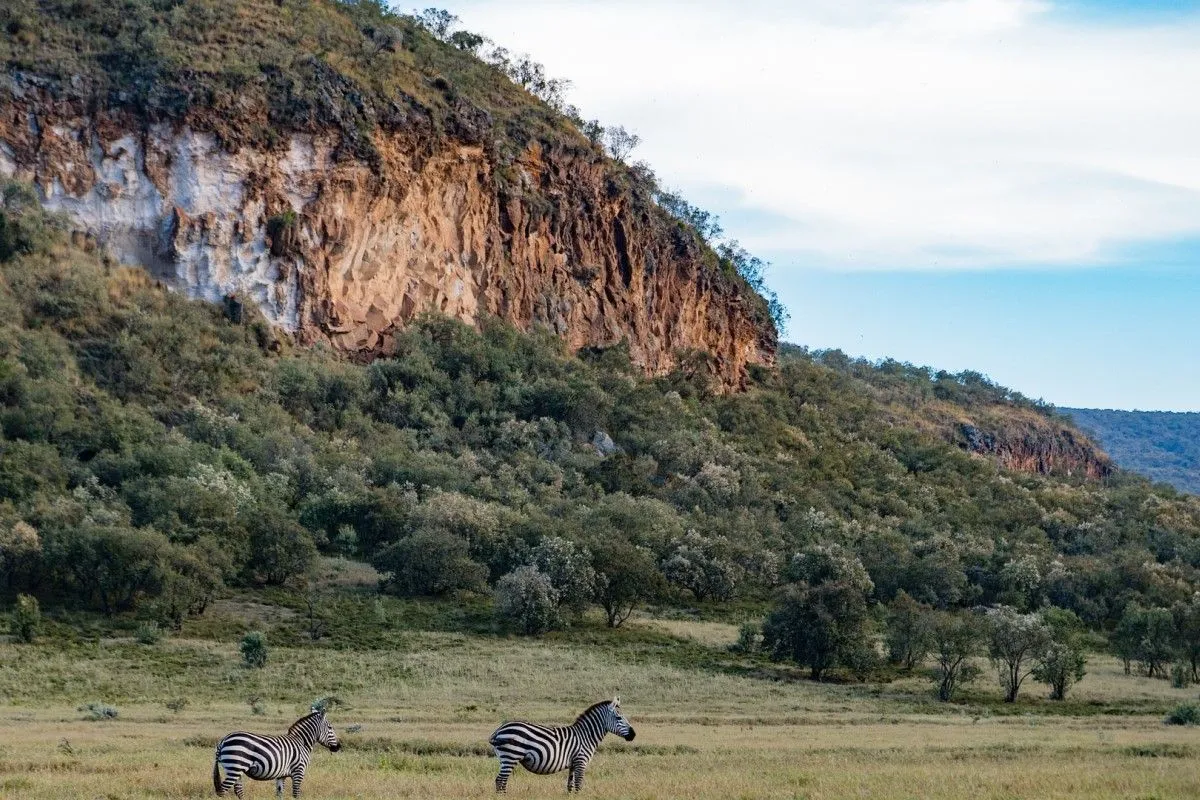
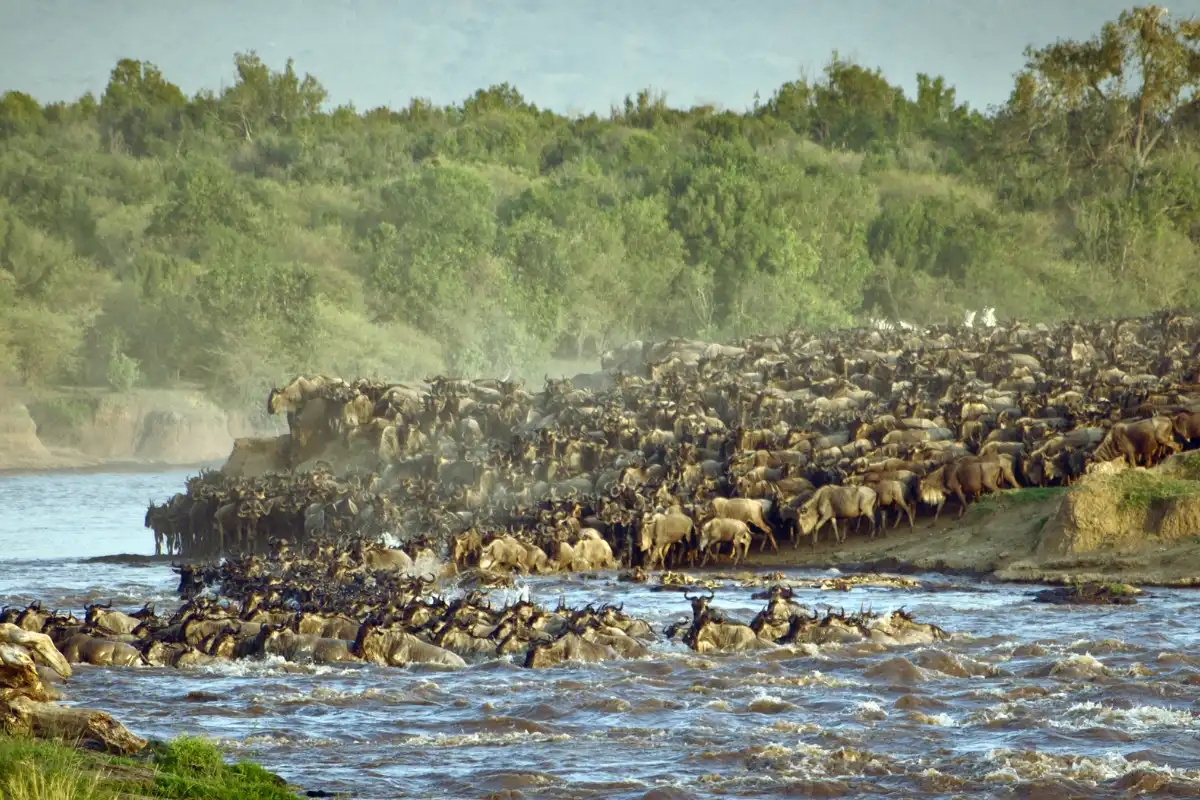
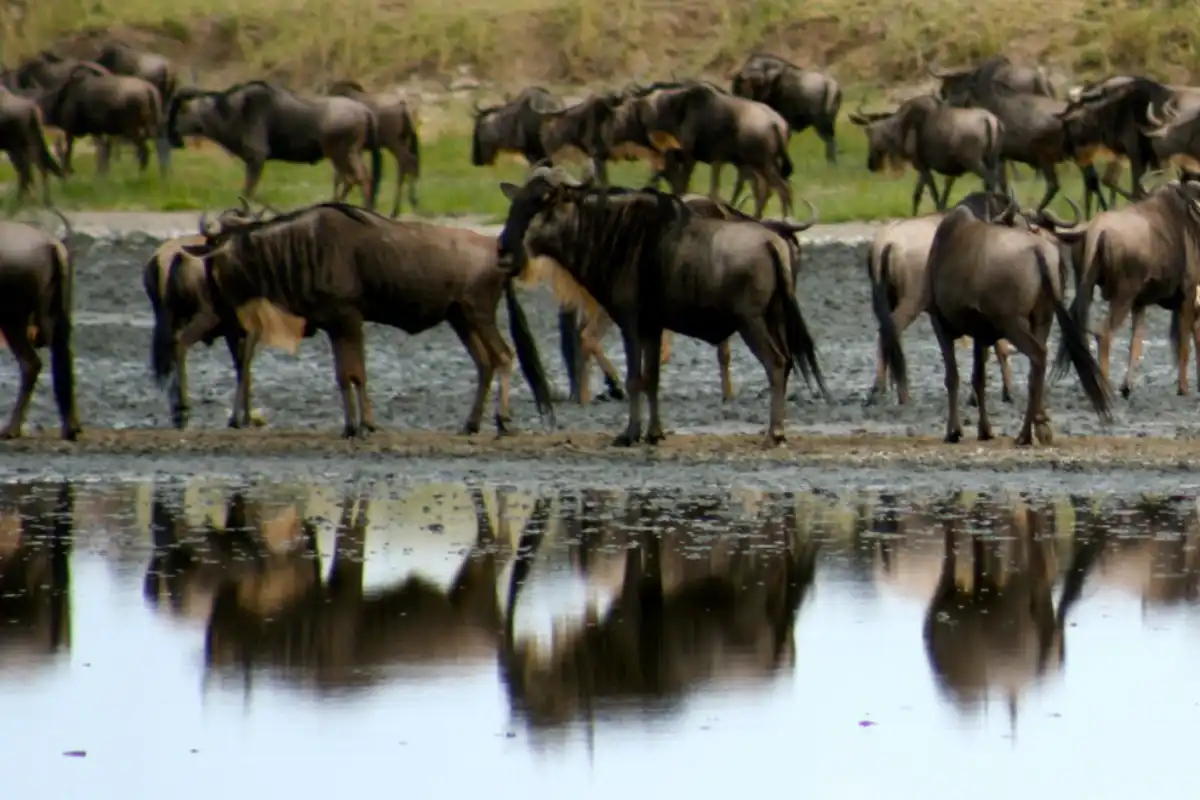
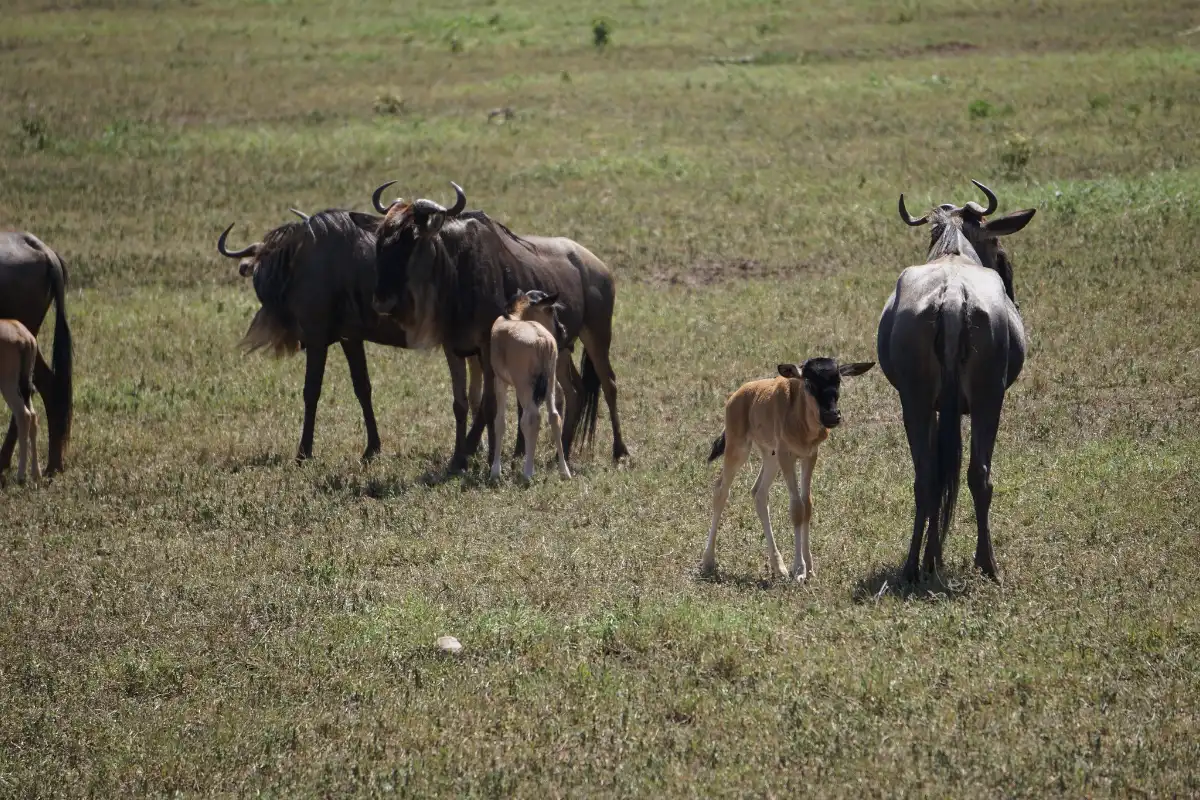
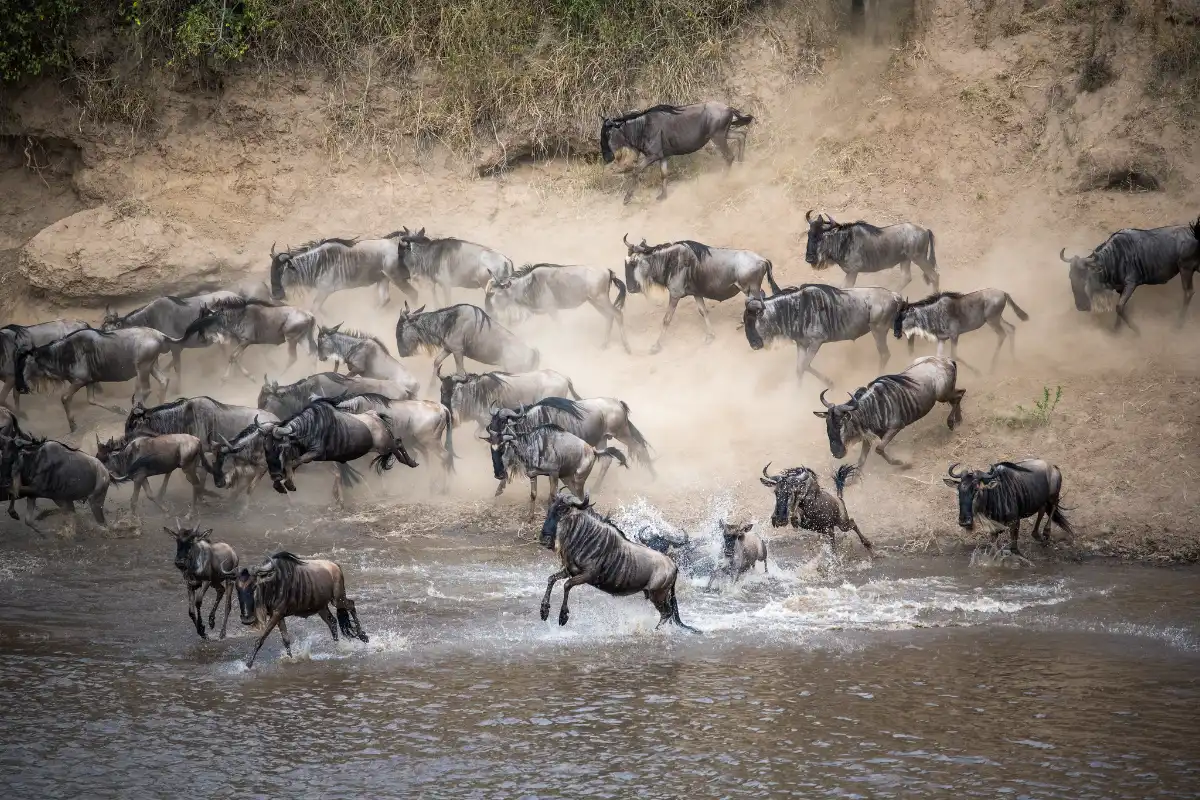
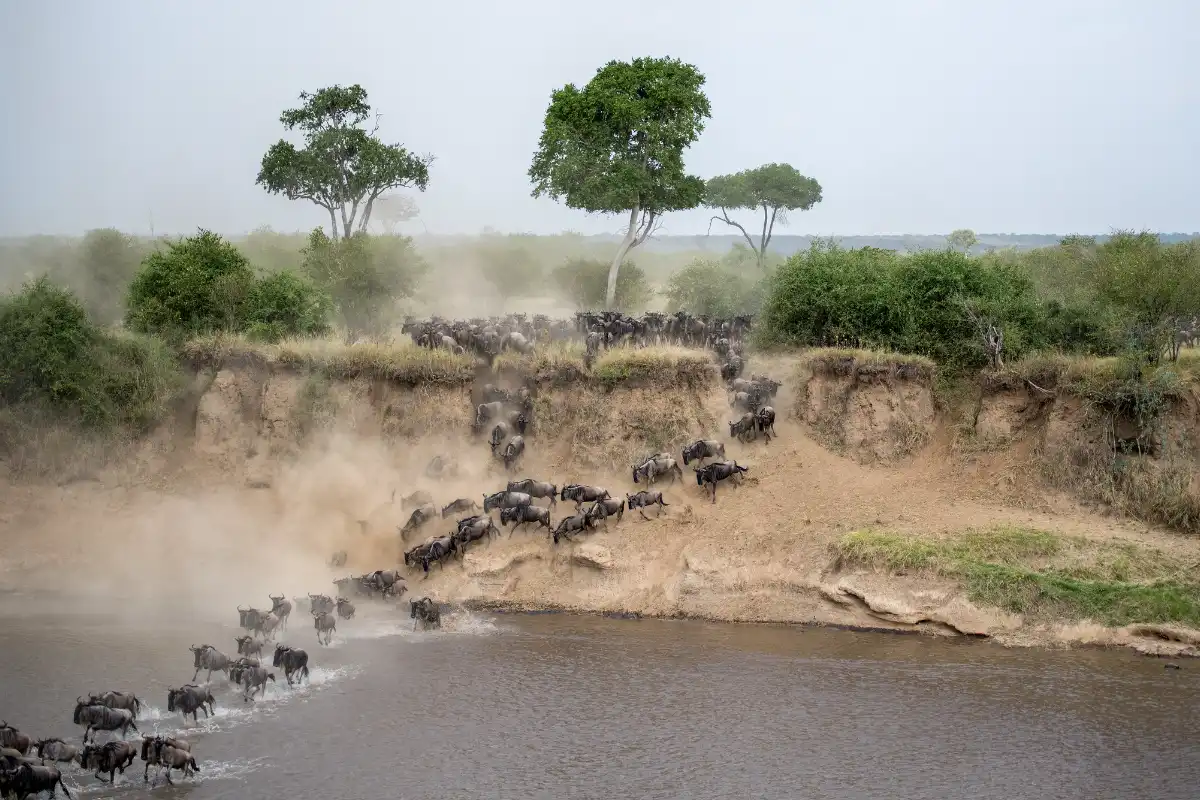
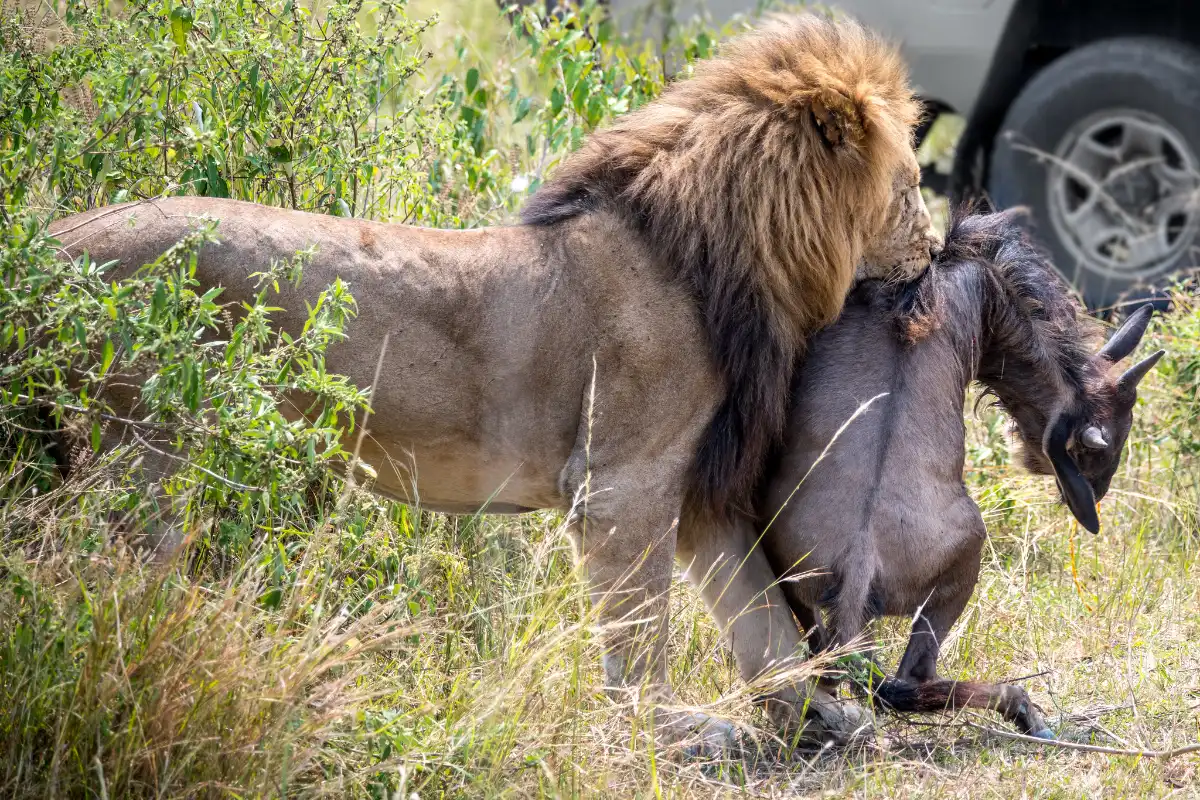
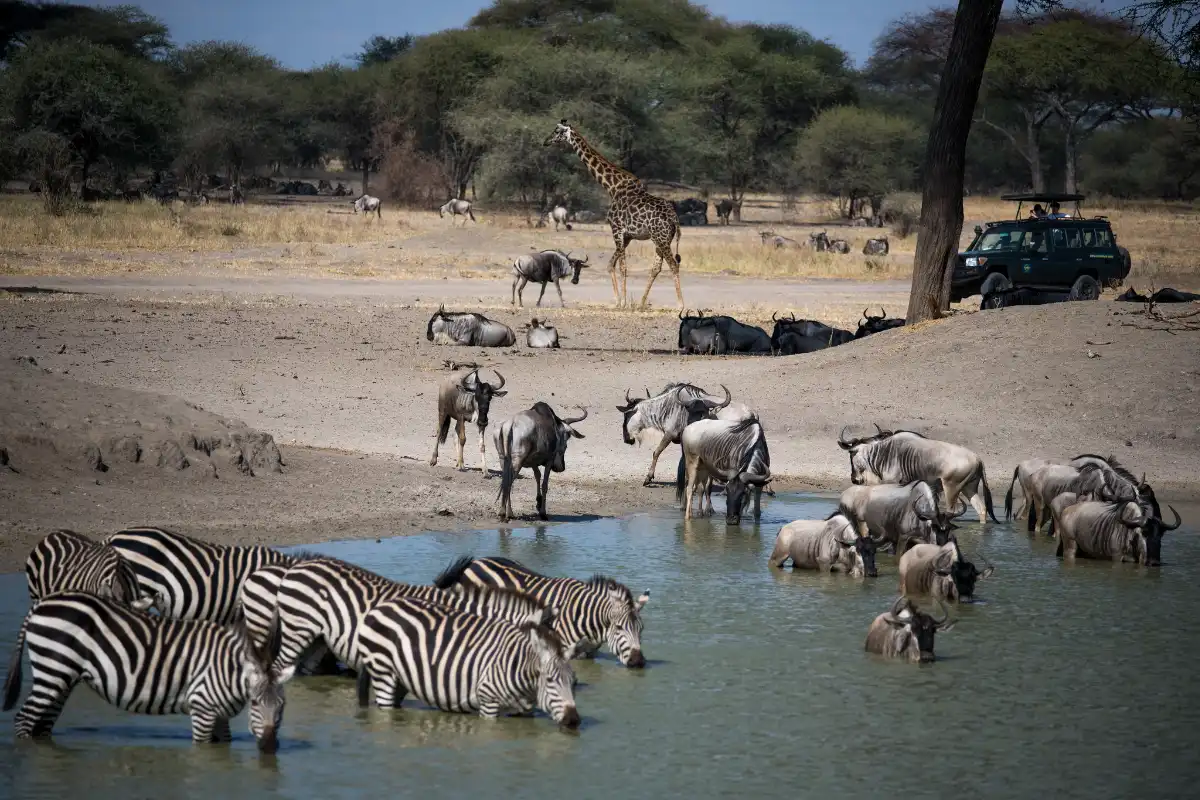
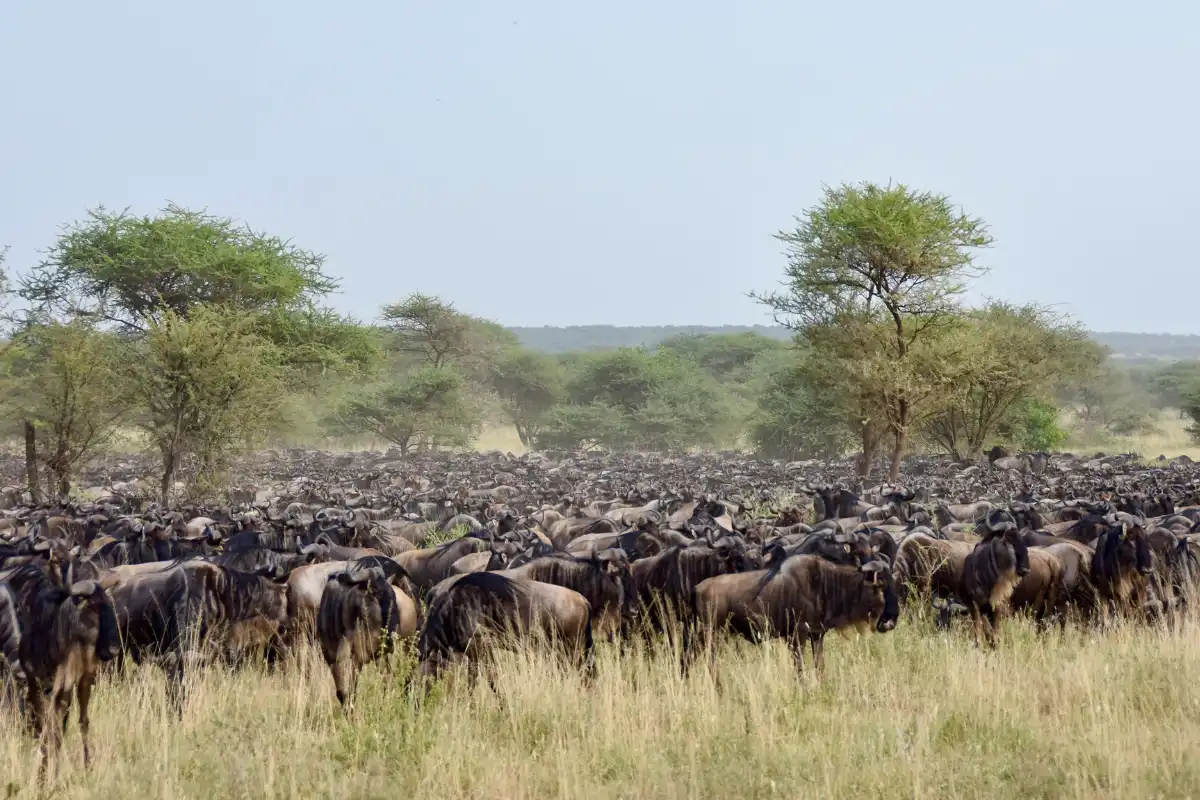
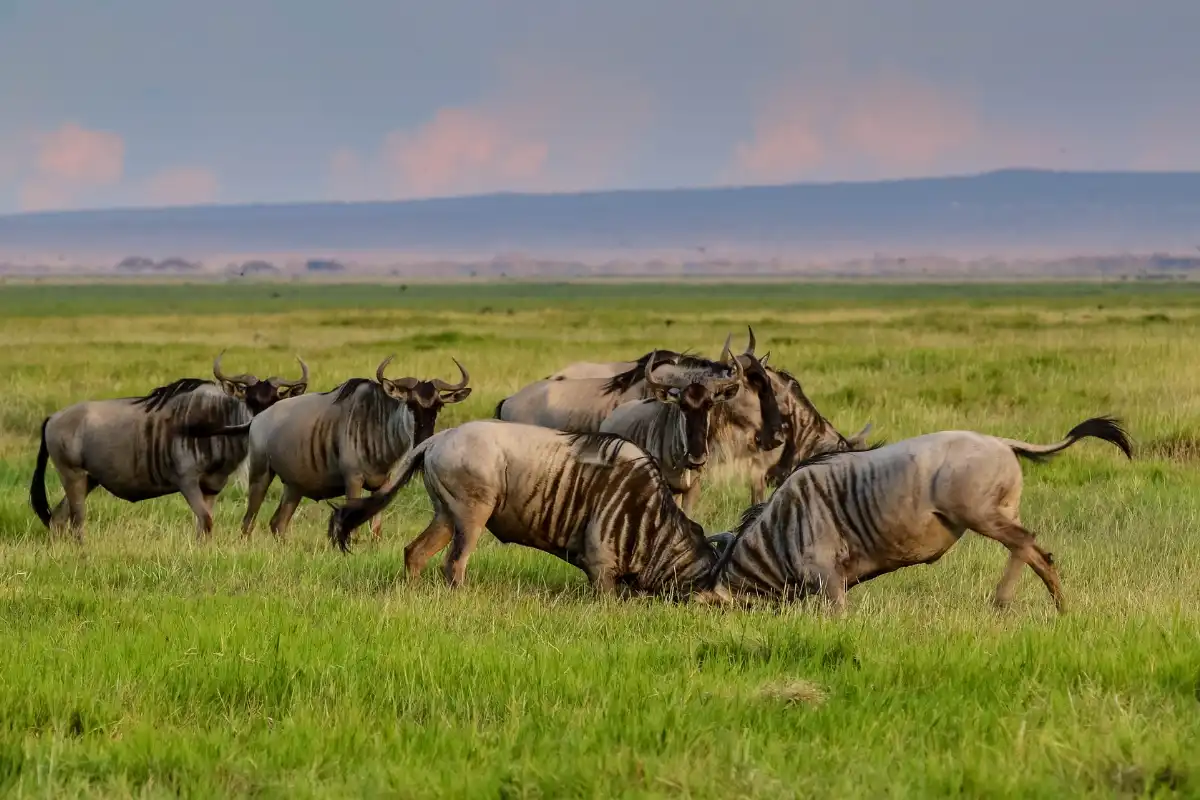
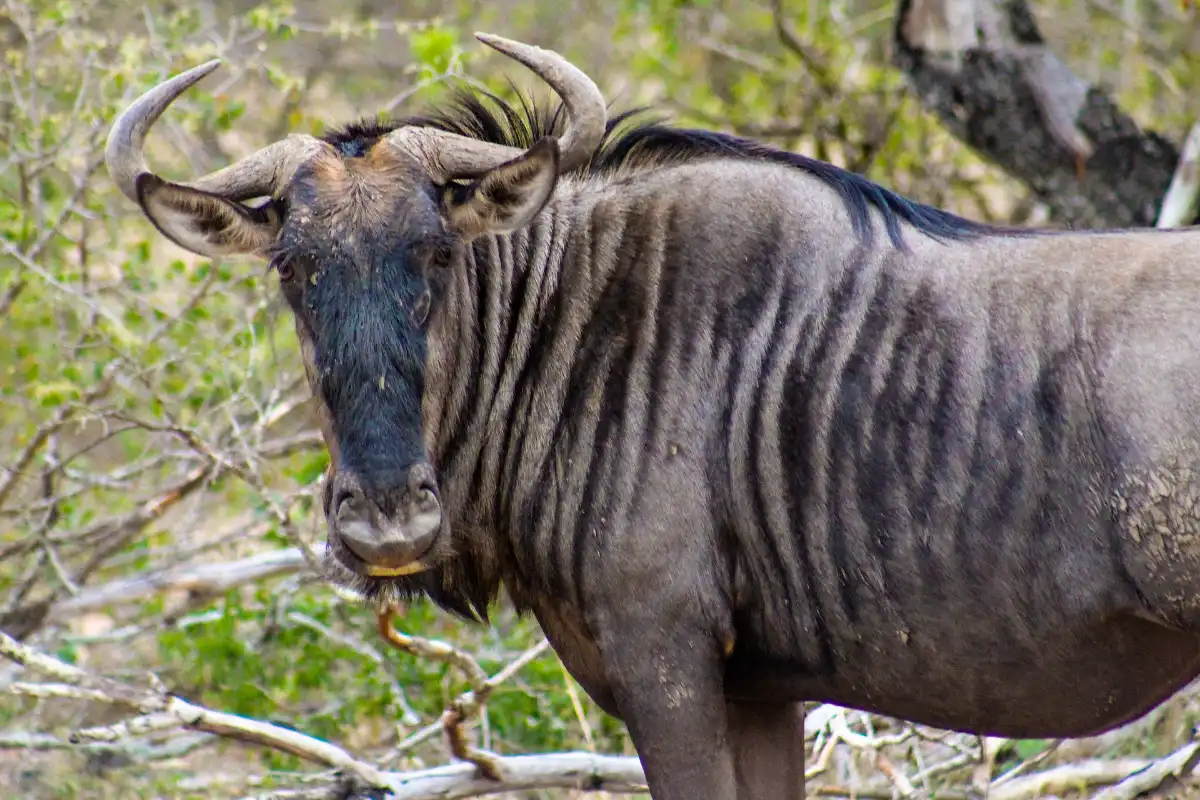
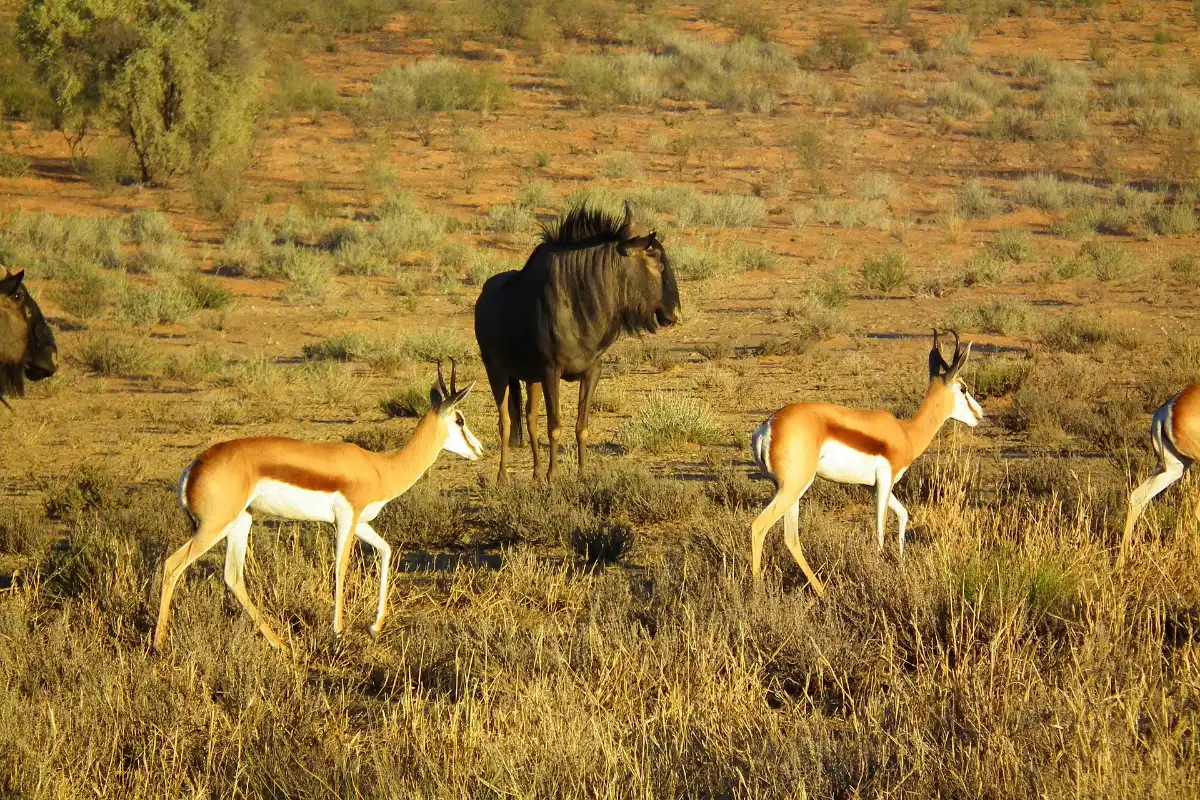
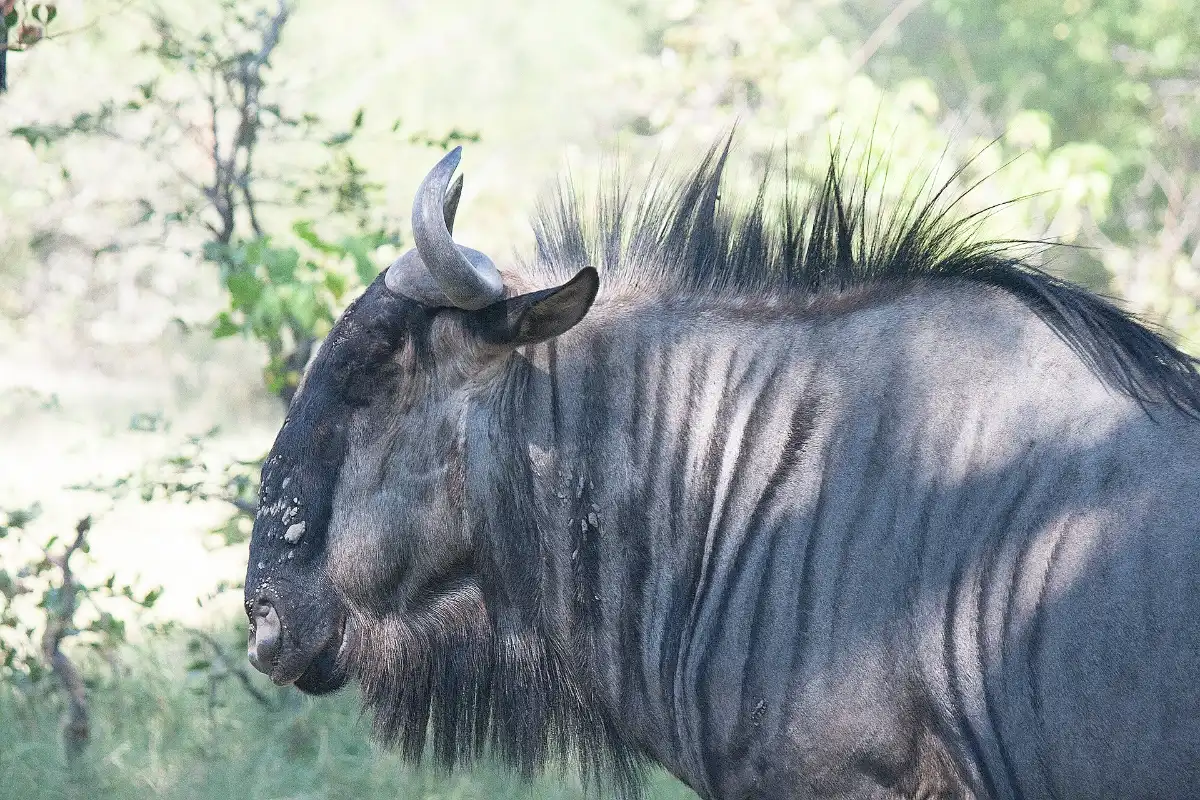



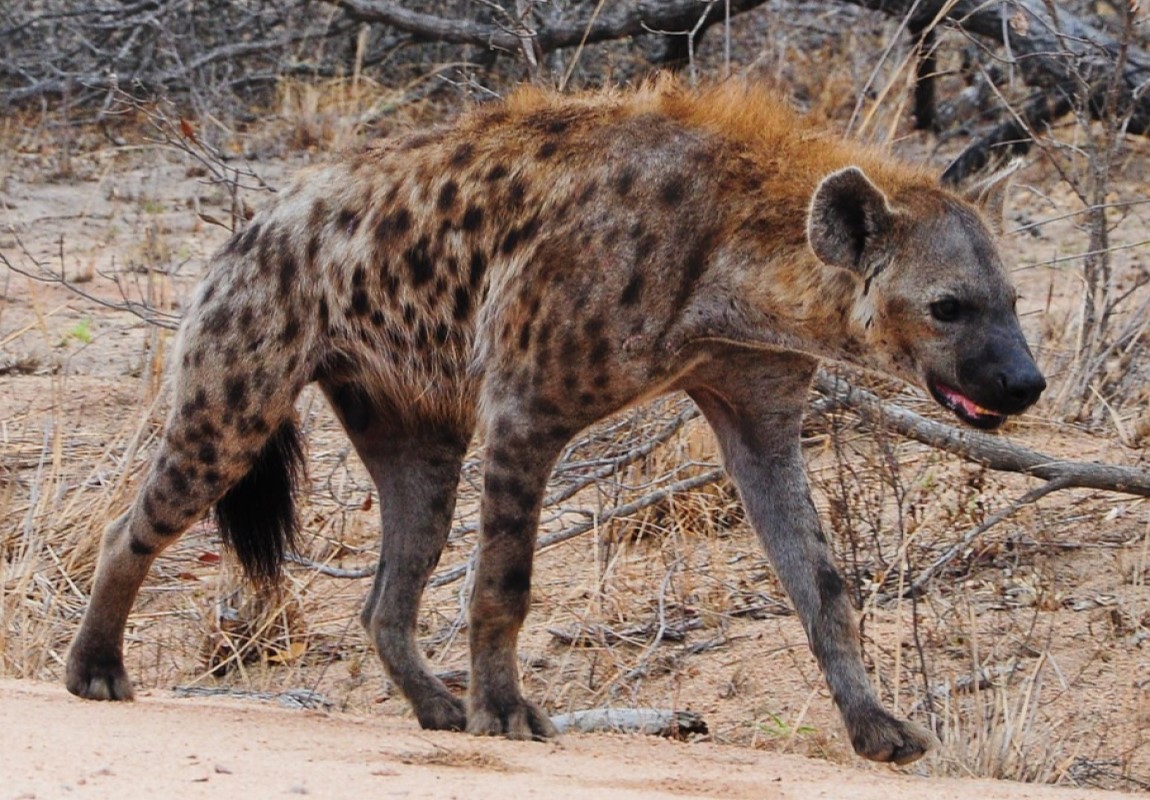

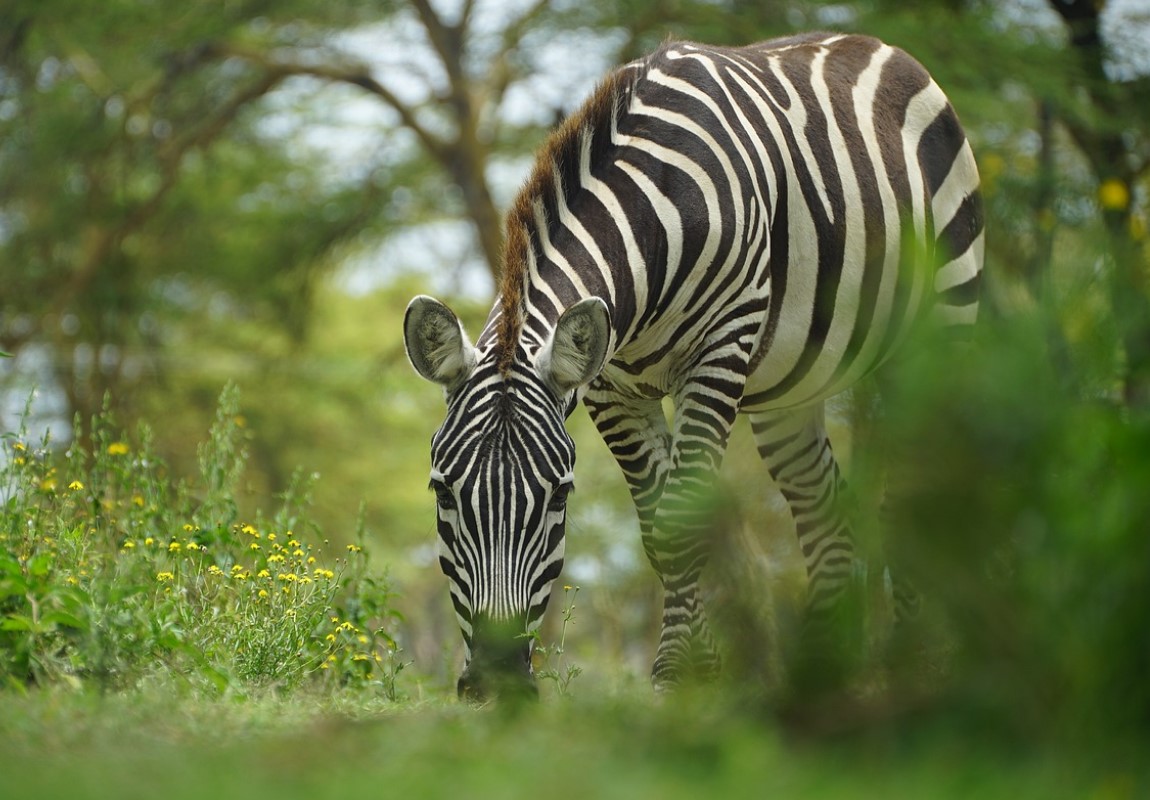



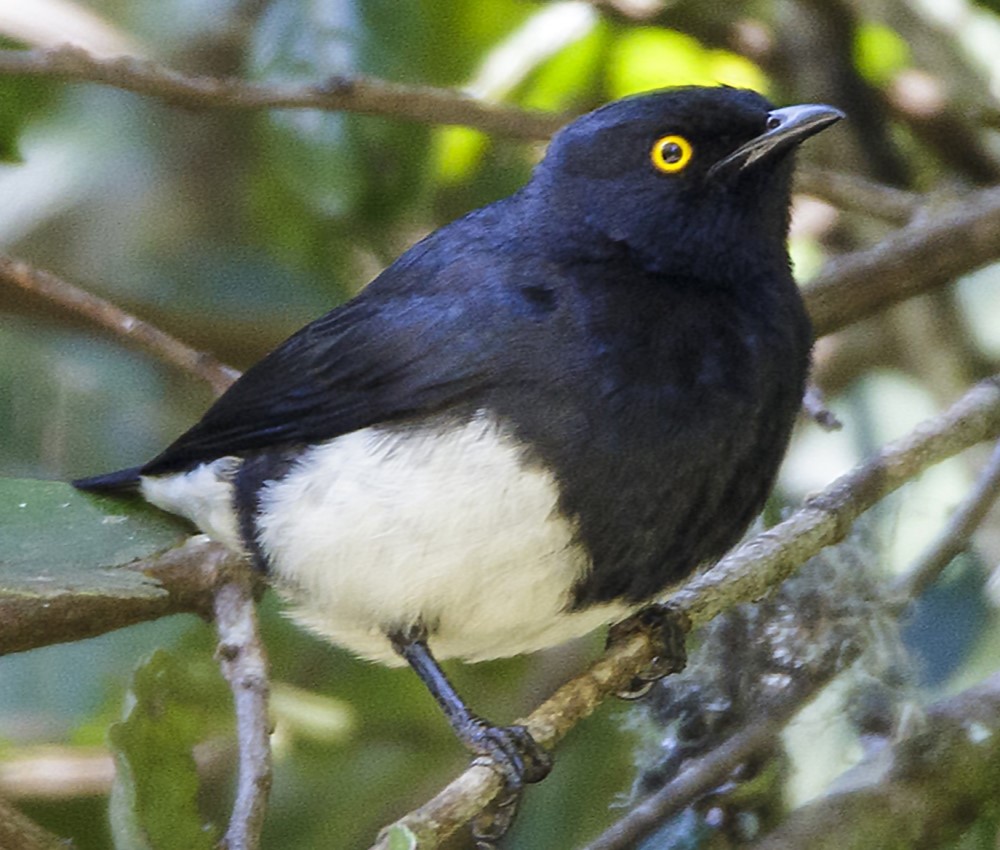
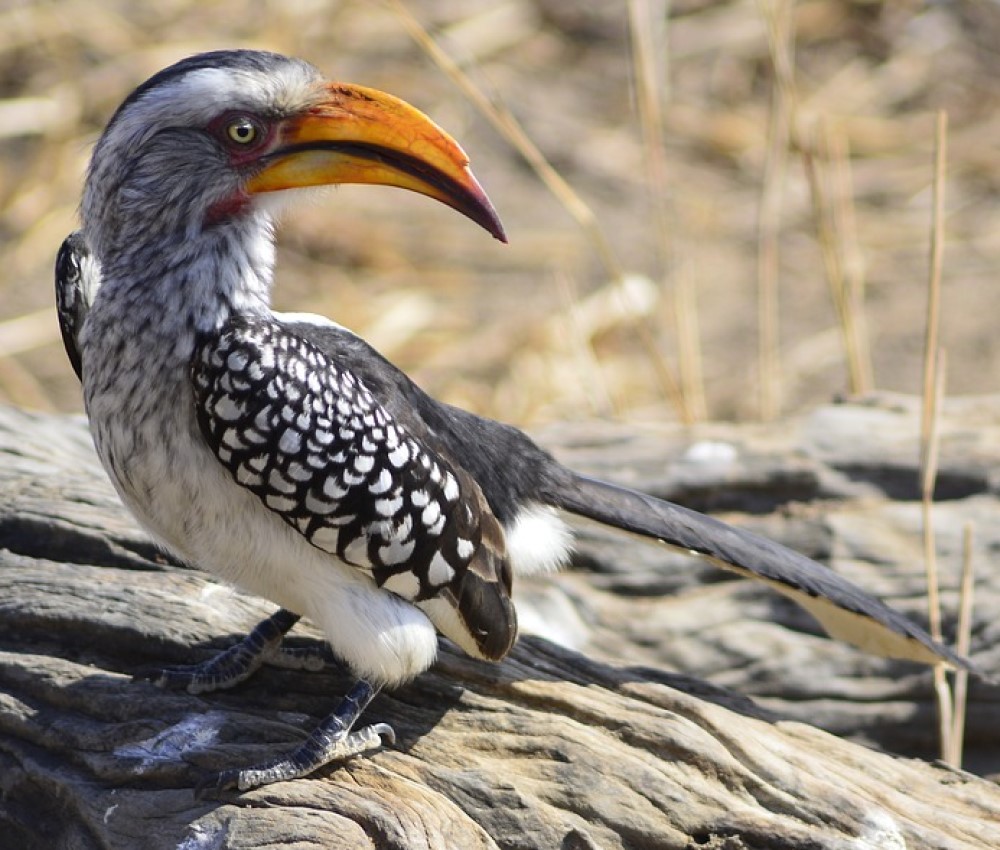

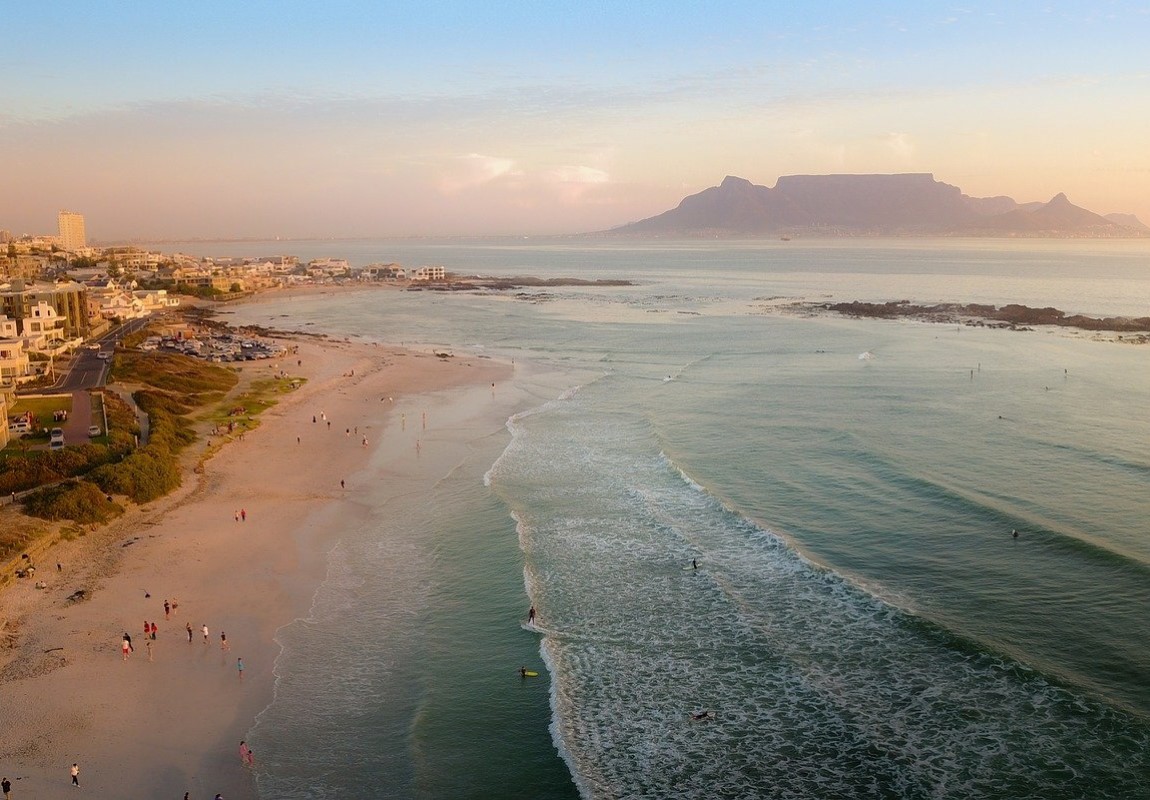







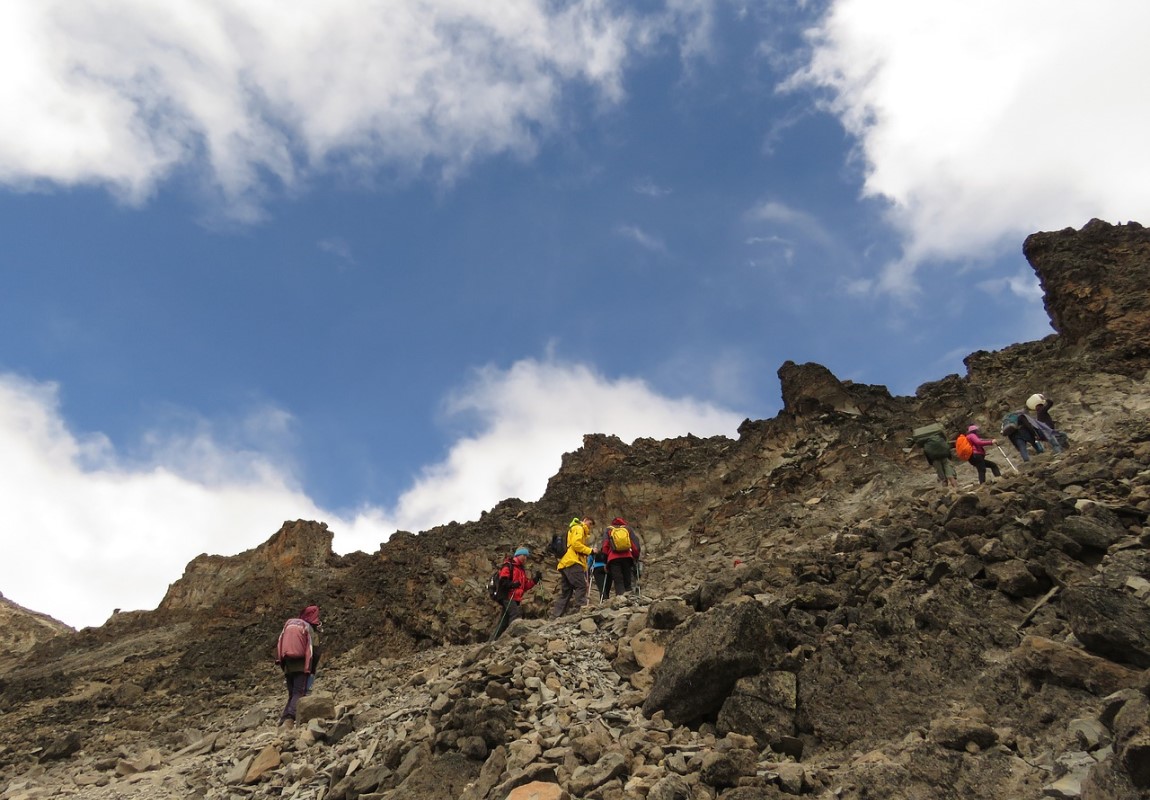
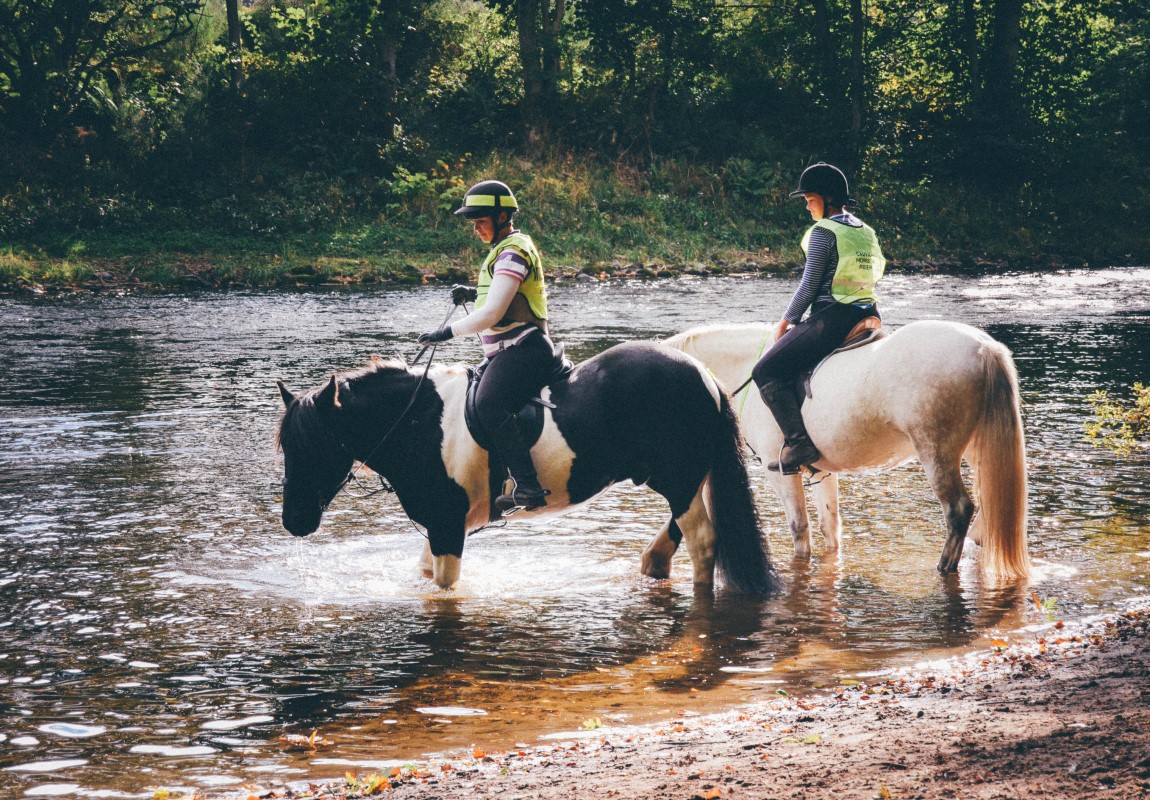

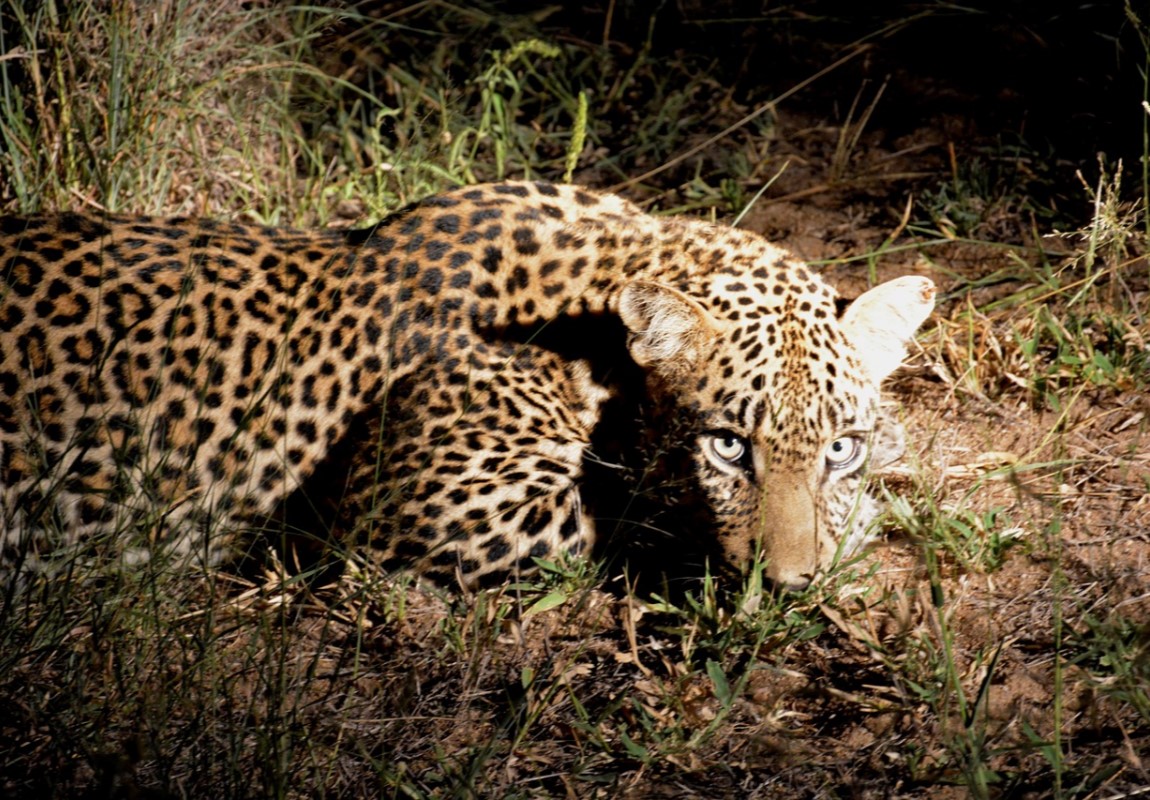

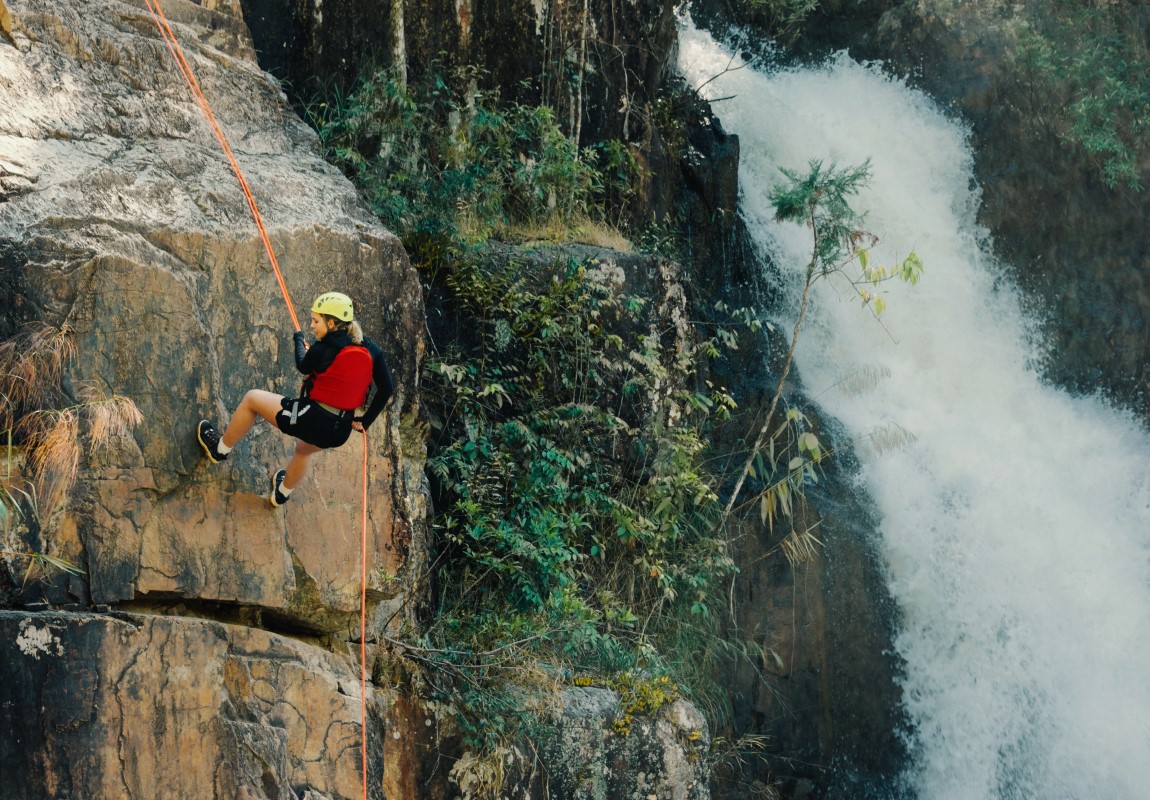



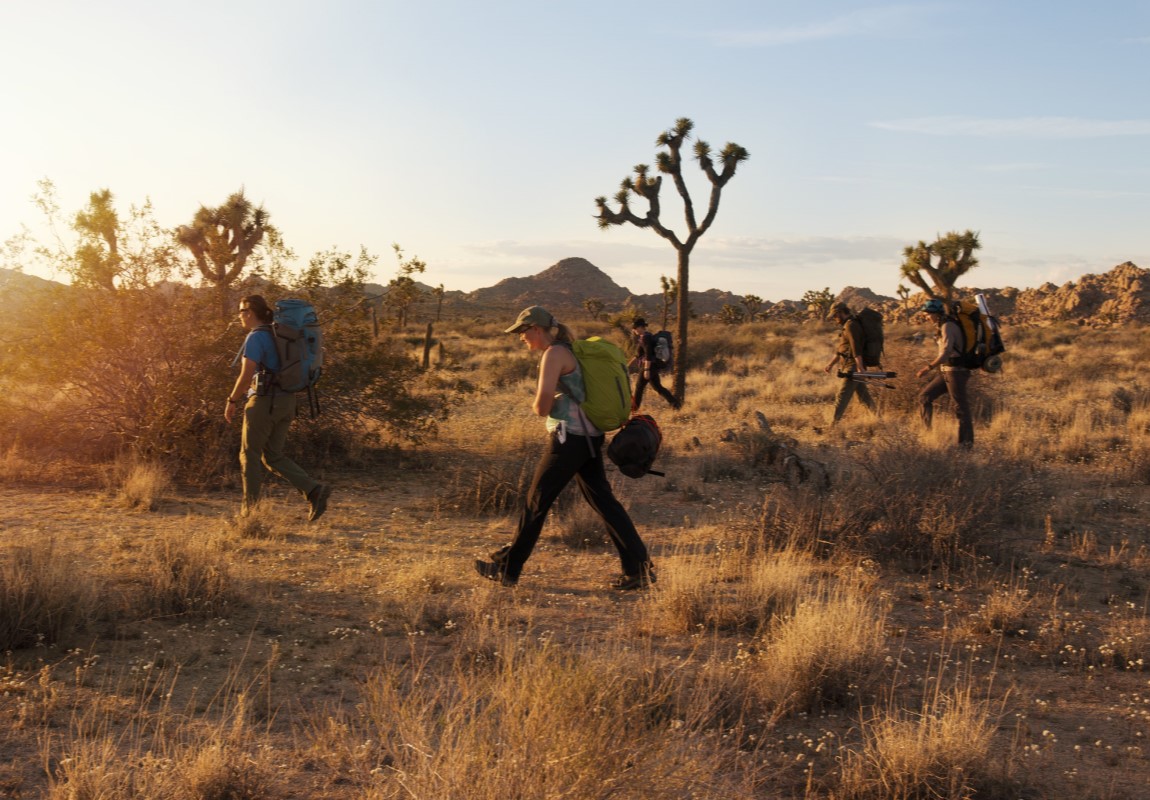





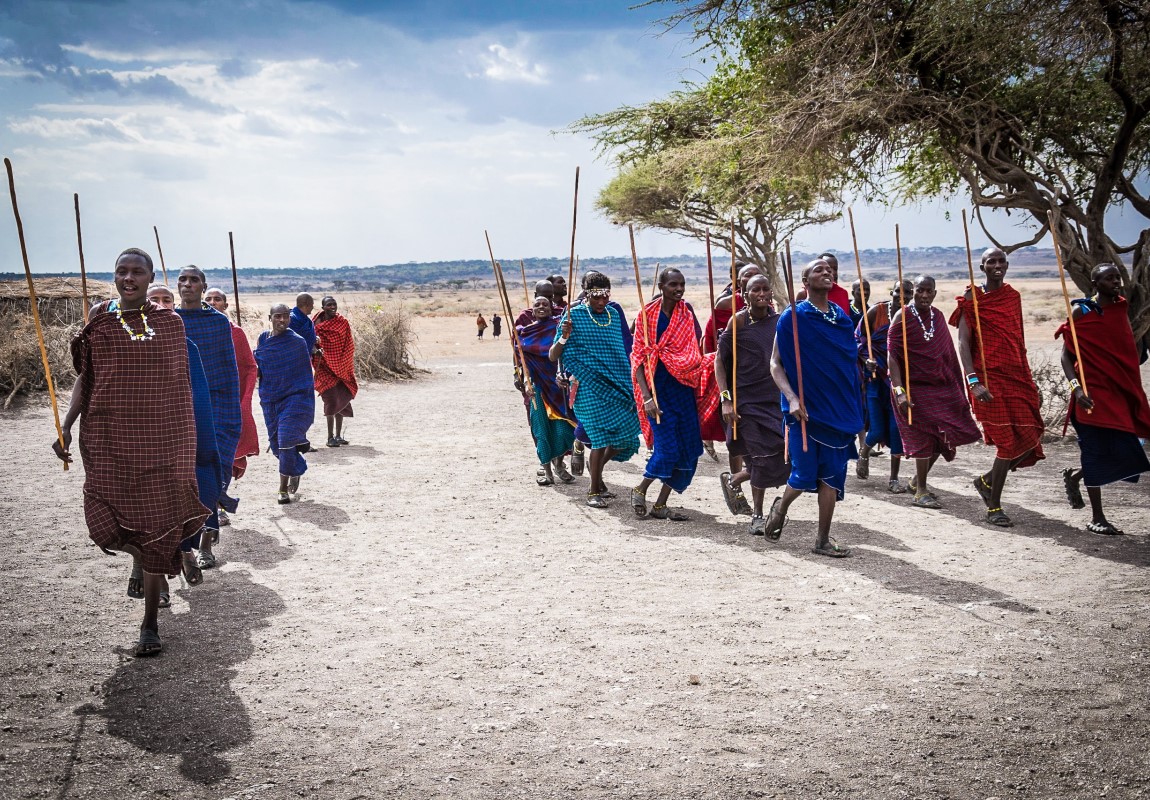
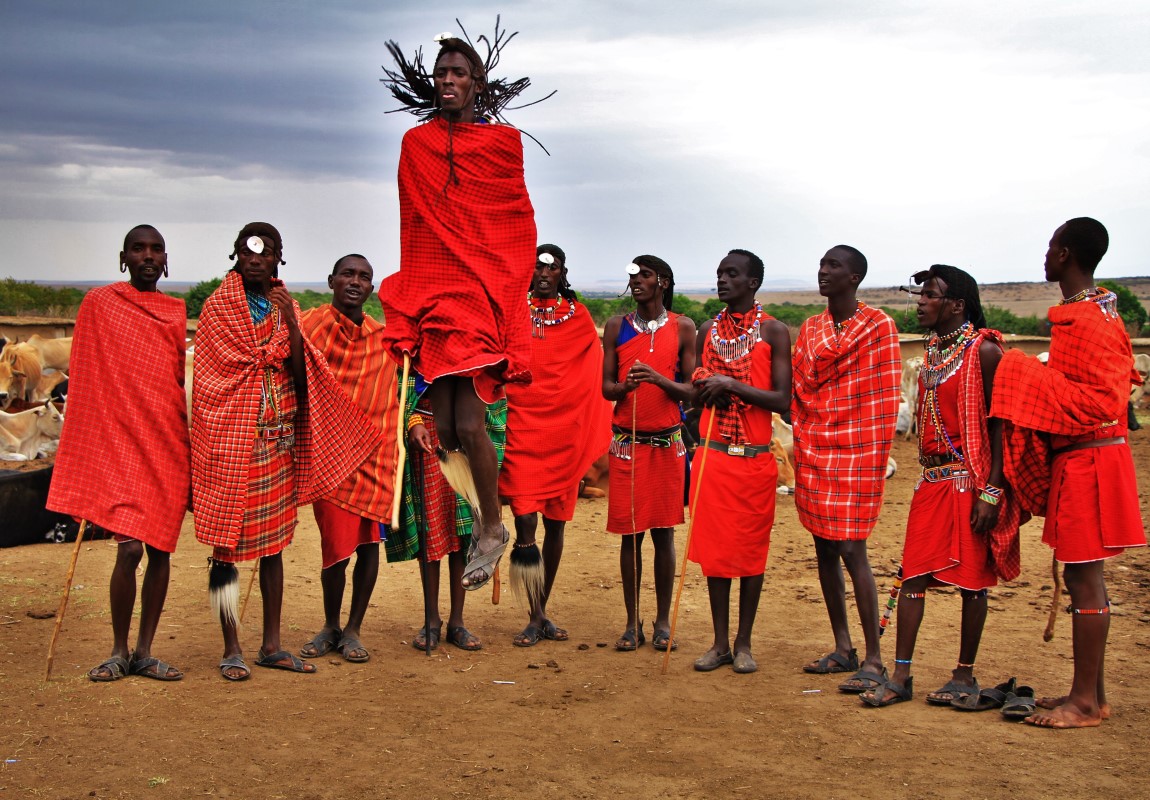
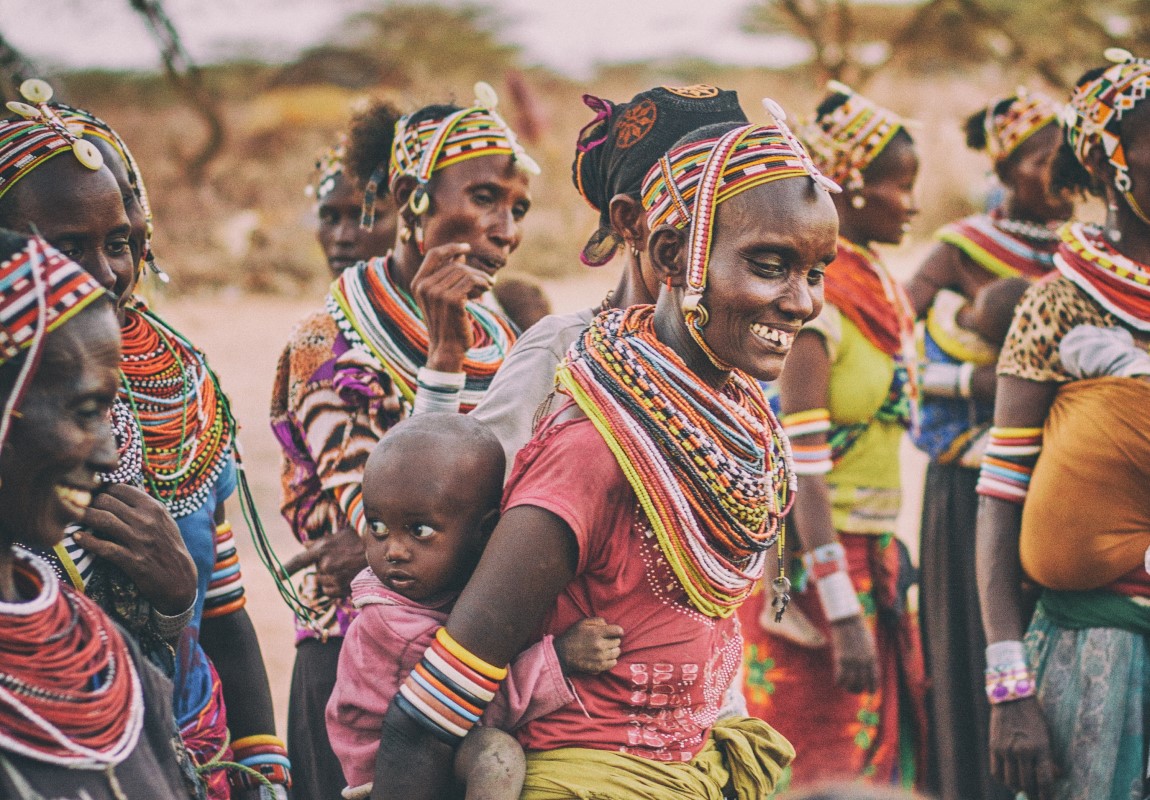
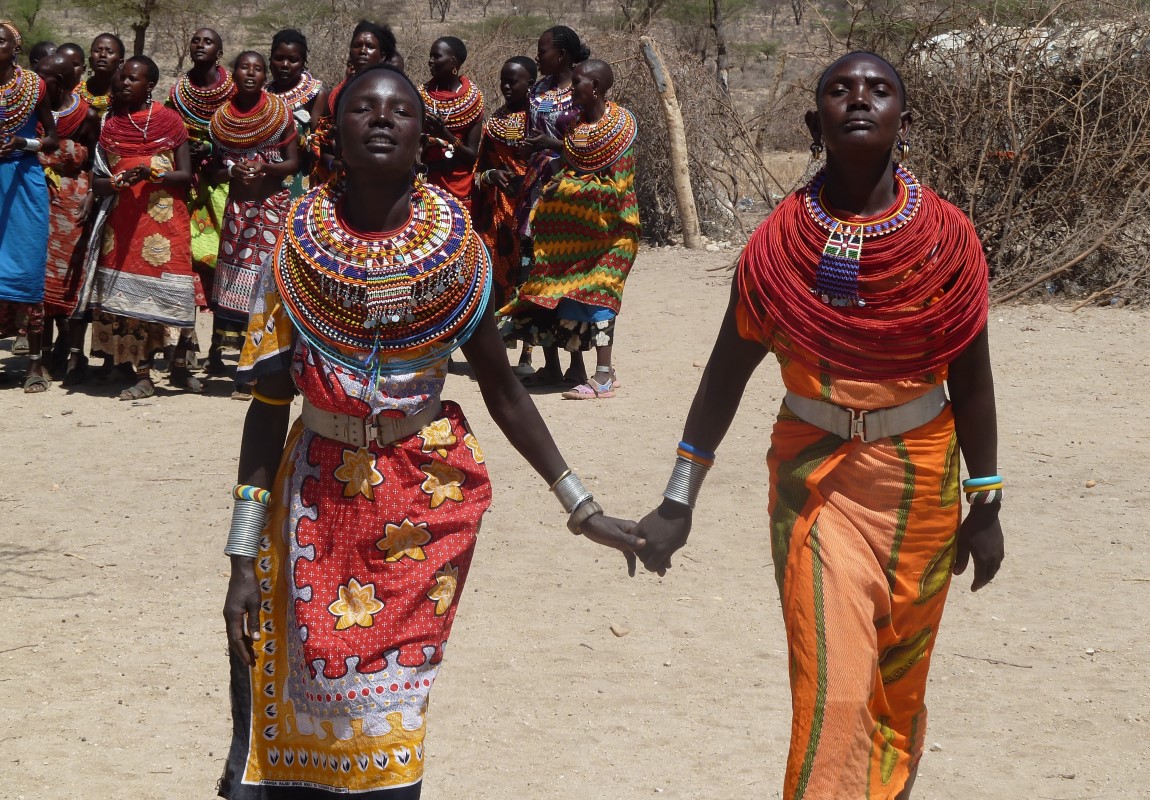
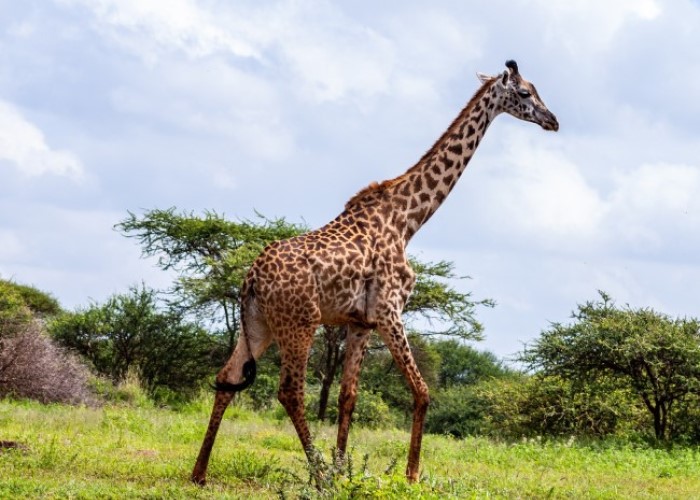
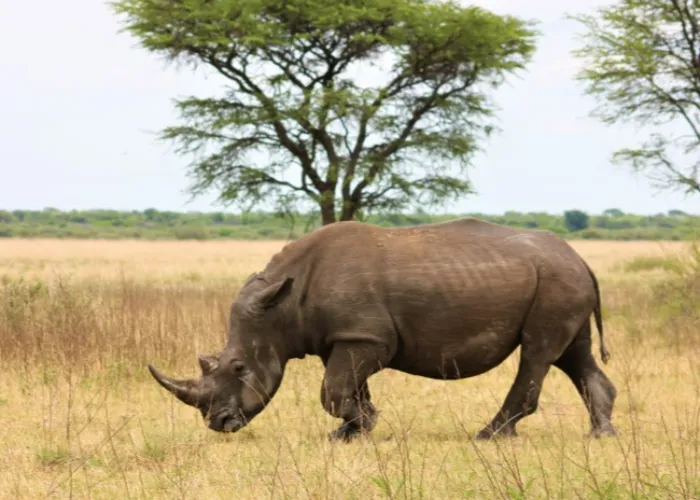
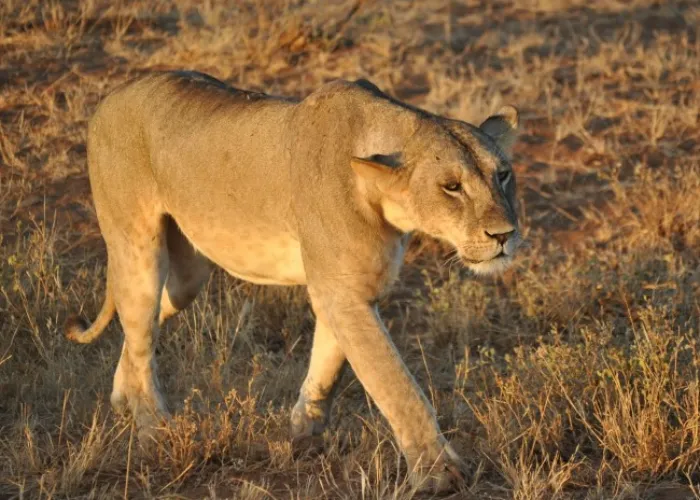
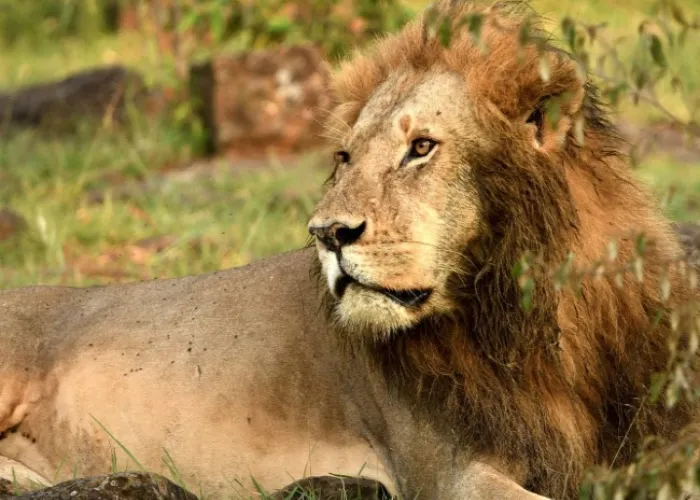
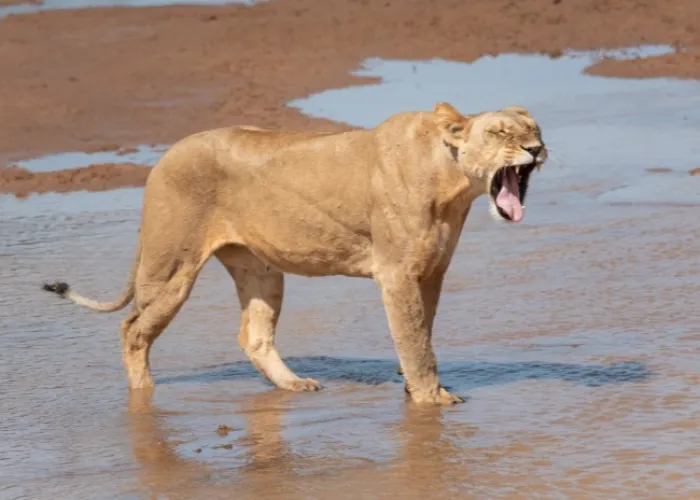
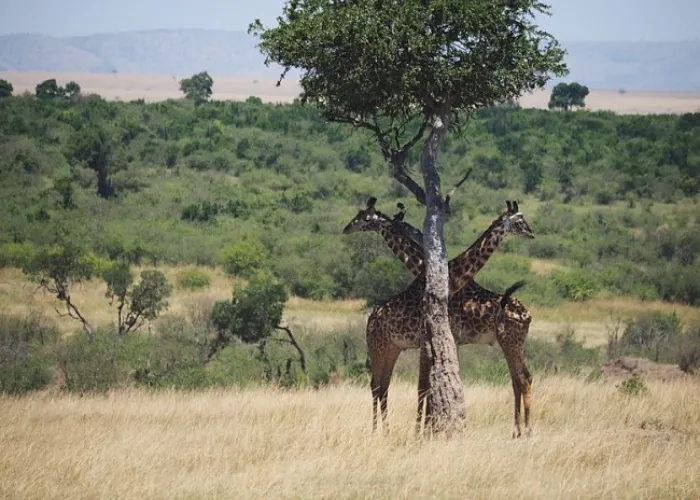
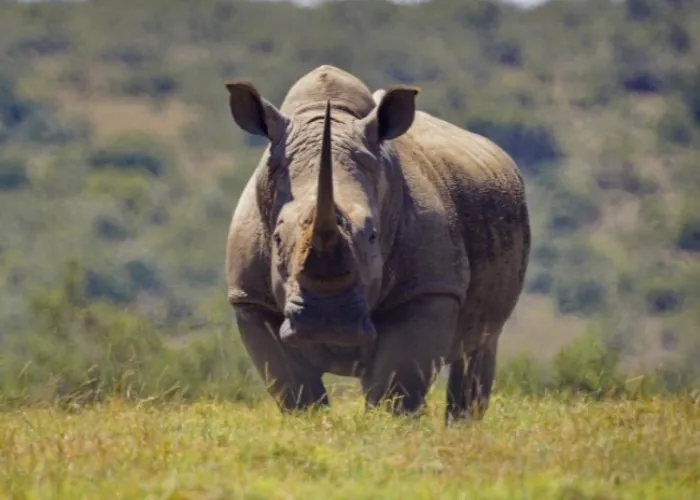
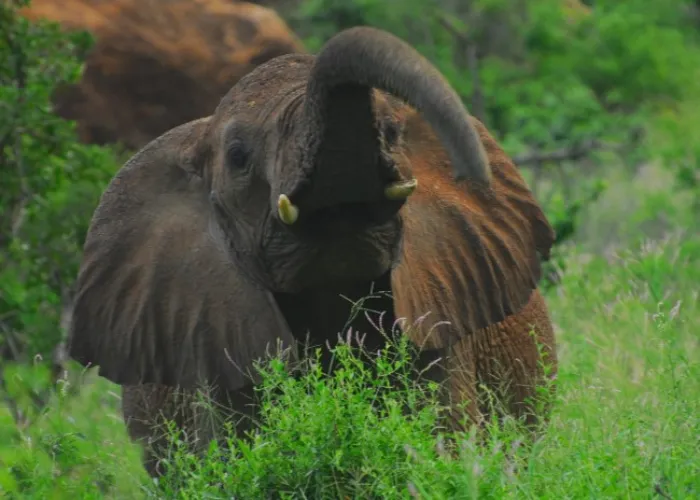
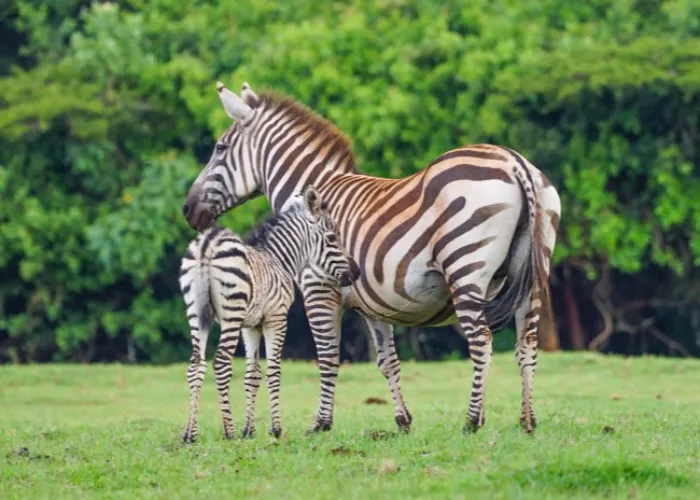
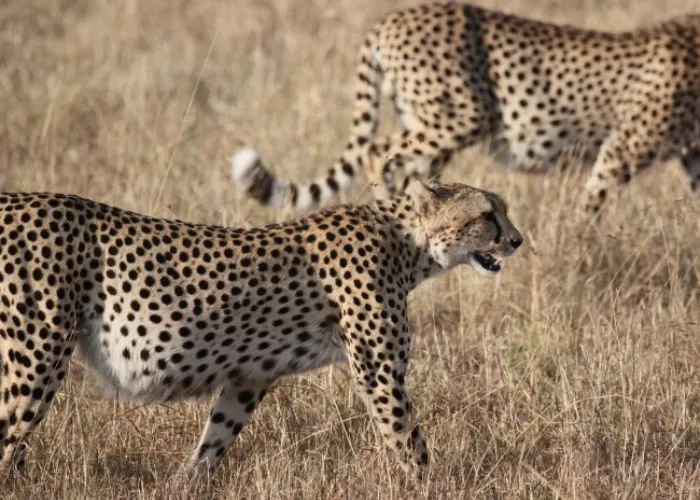
 Cover.webp)
